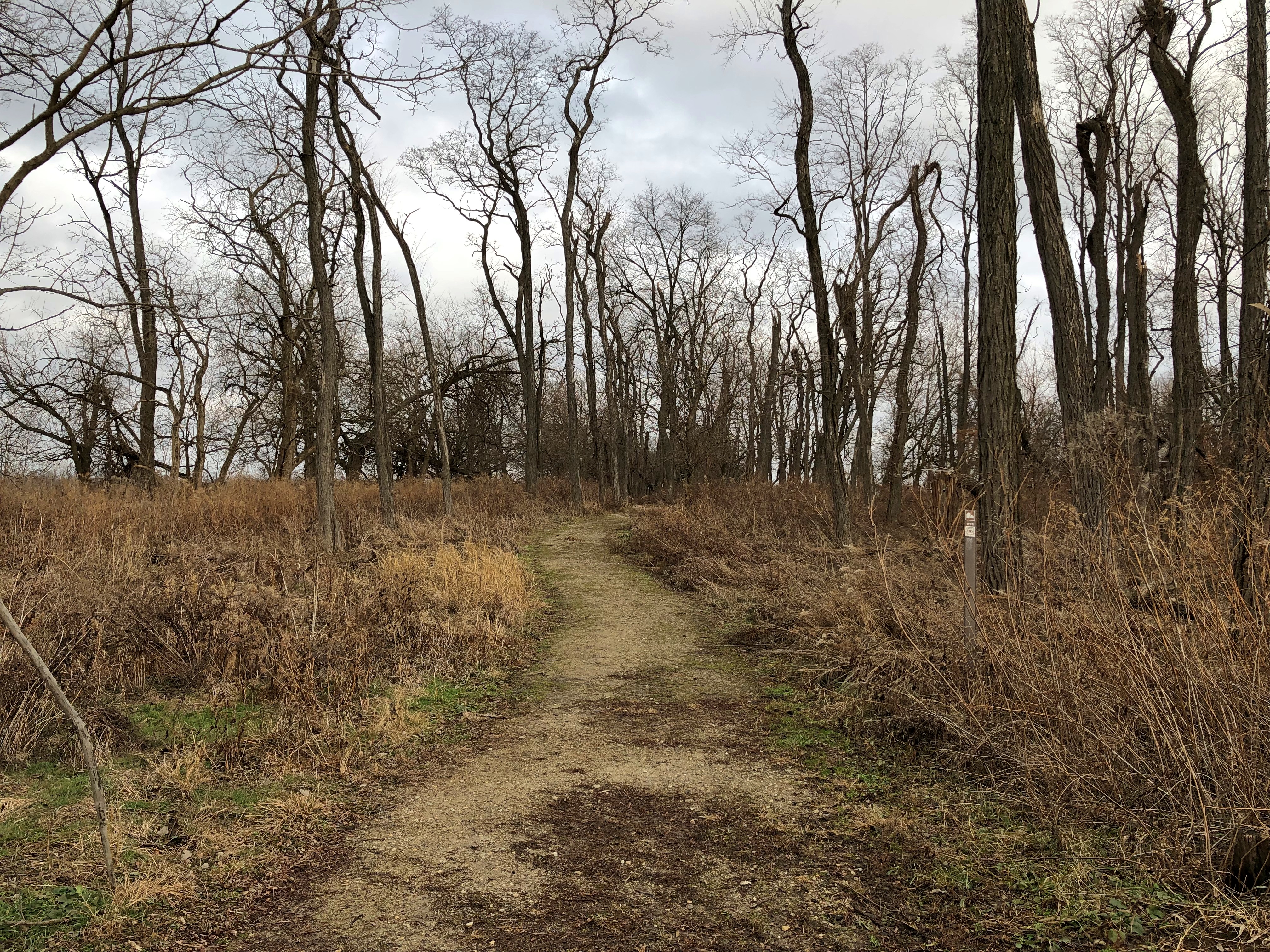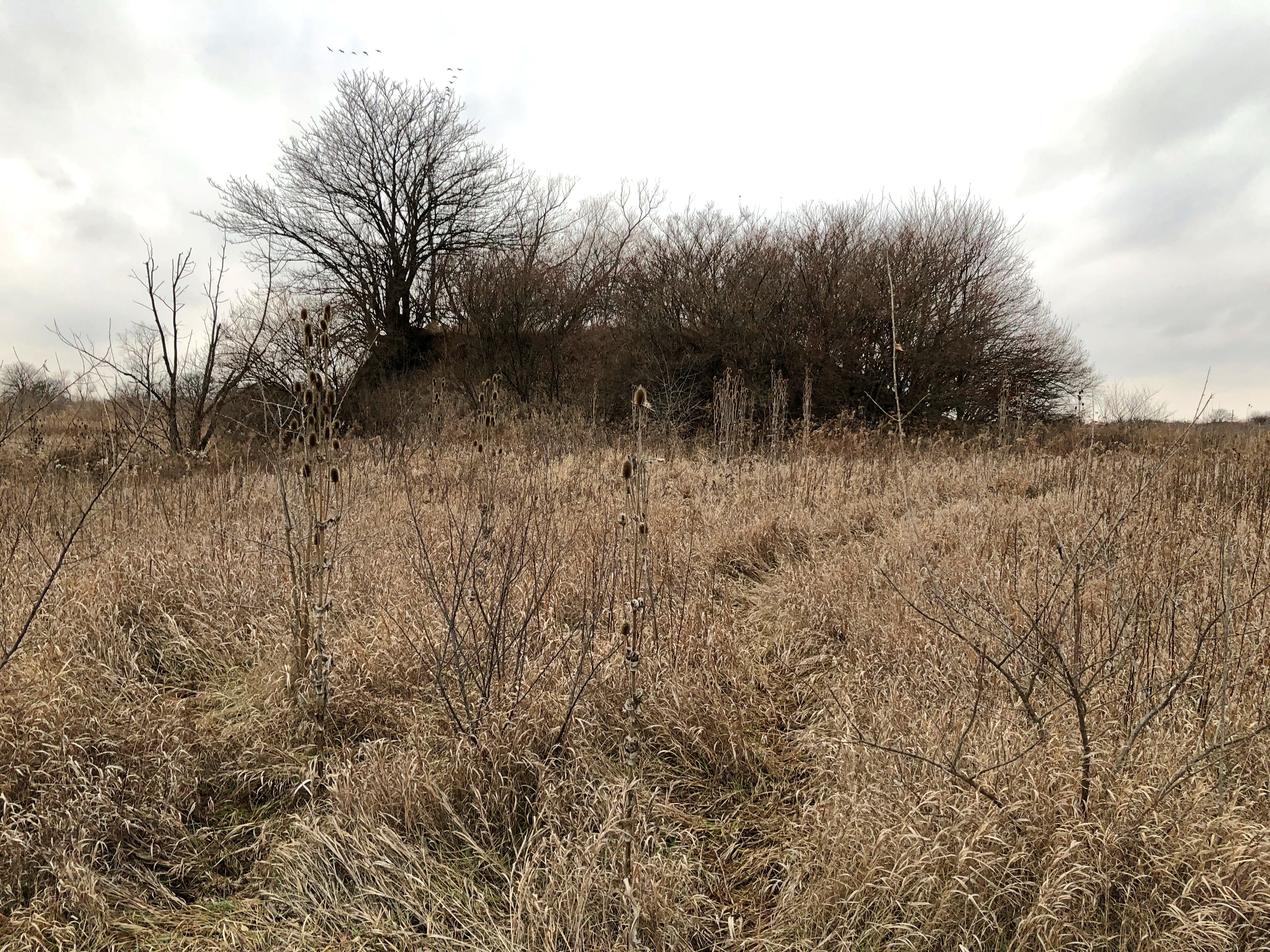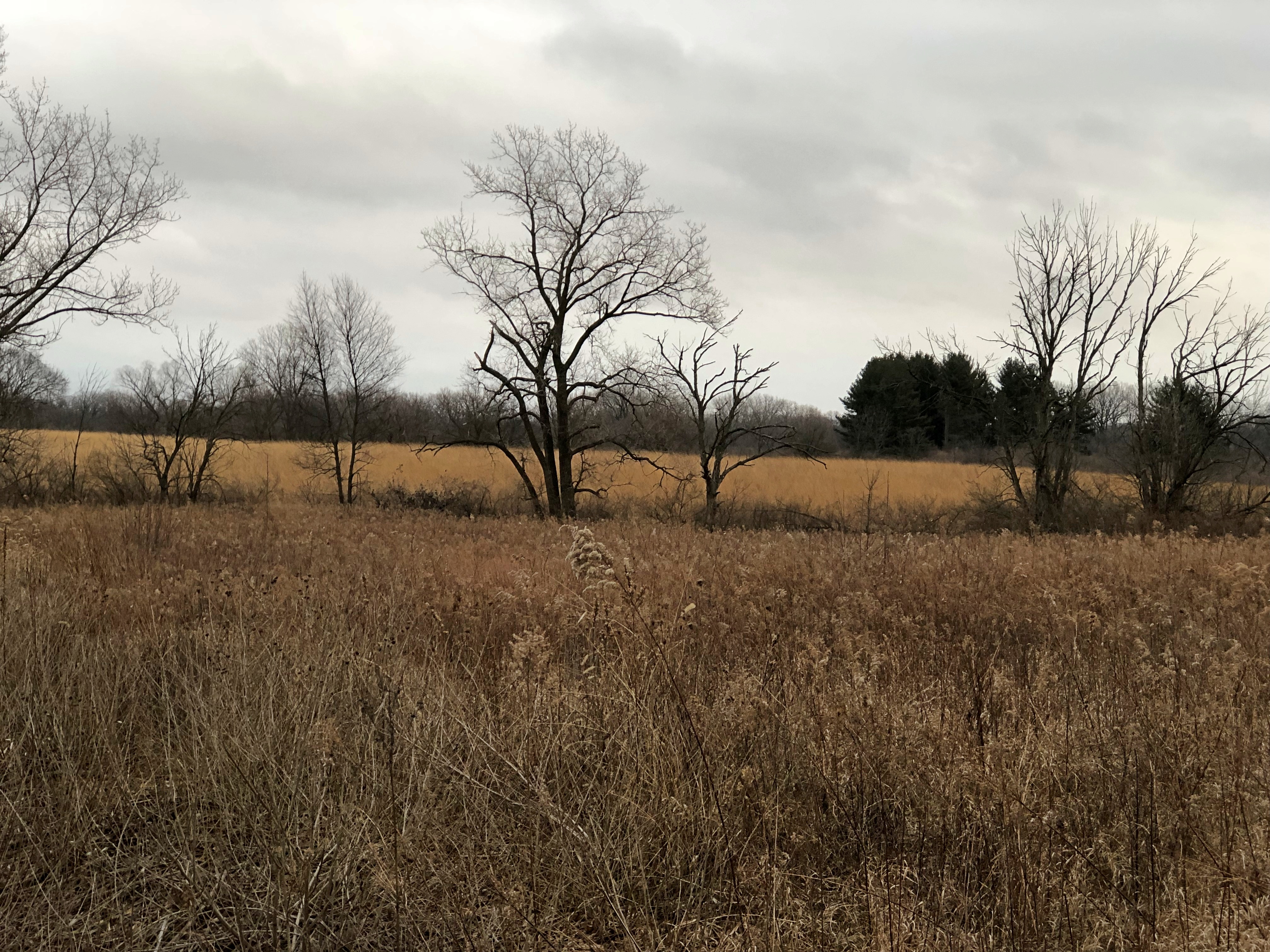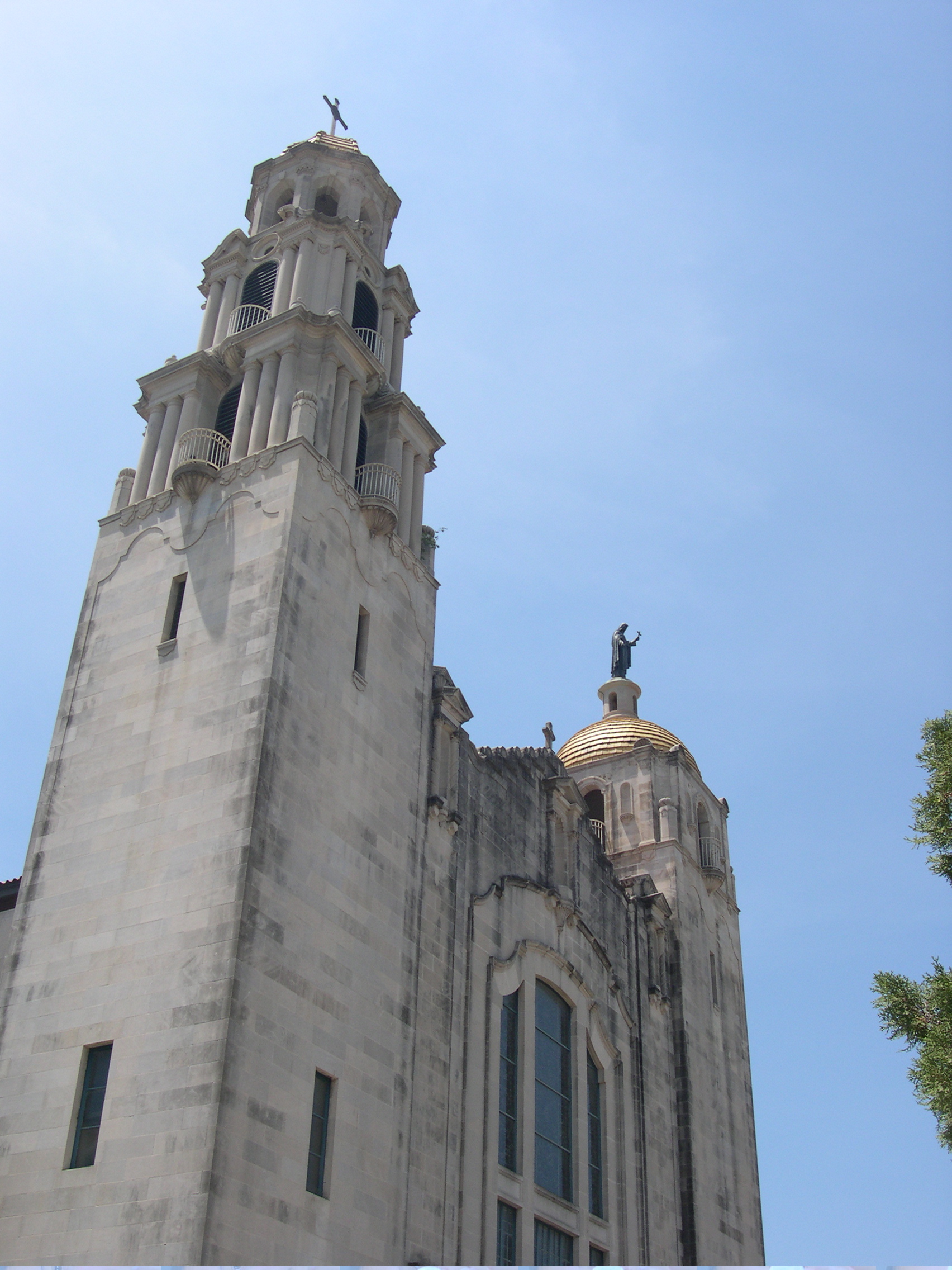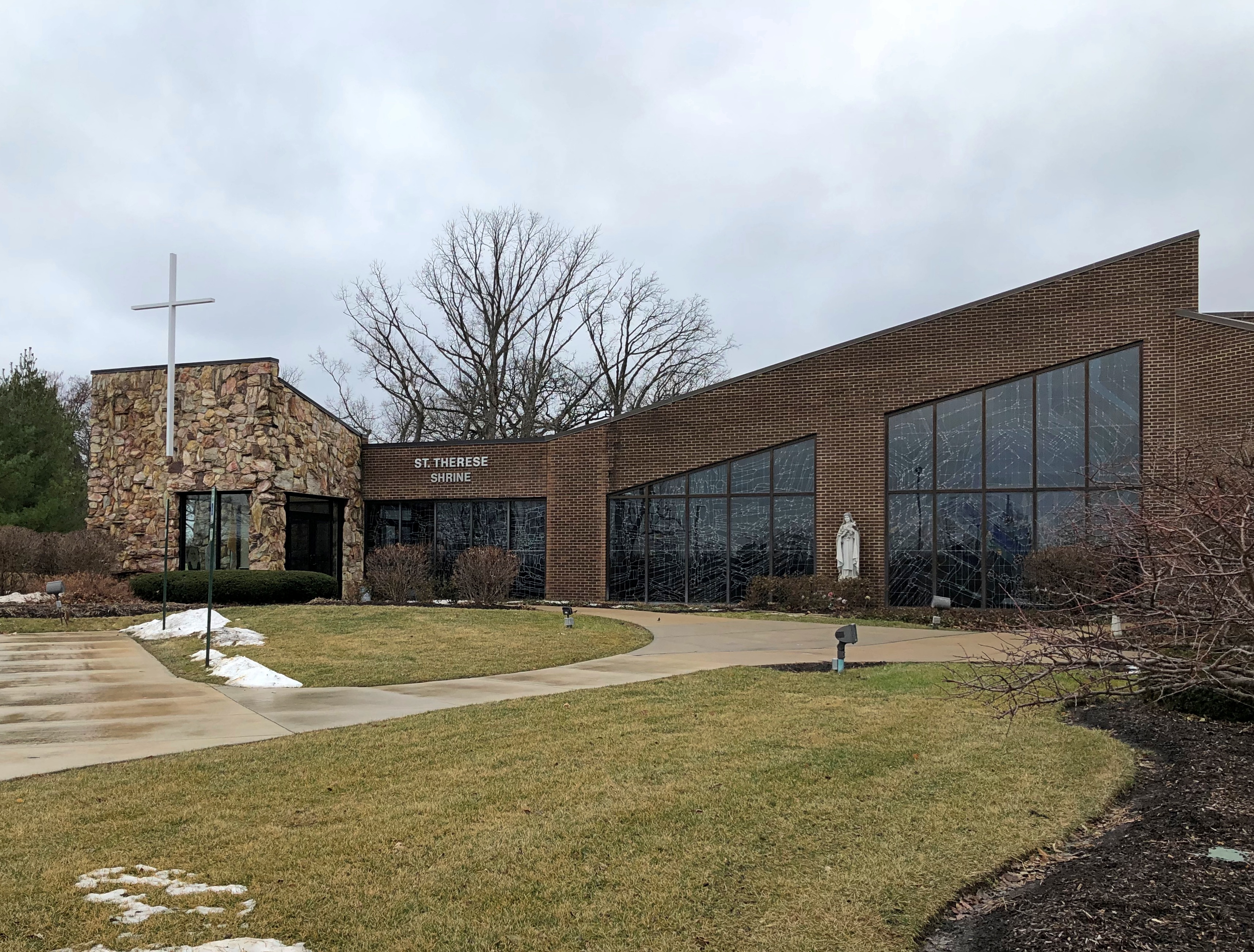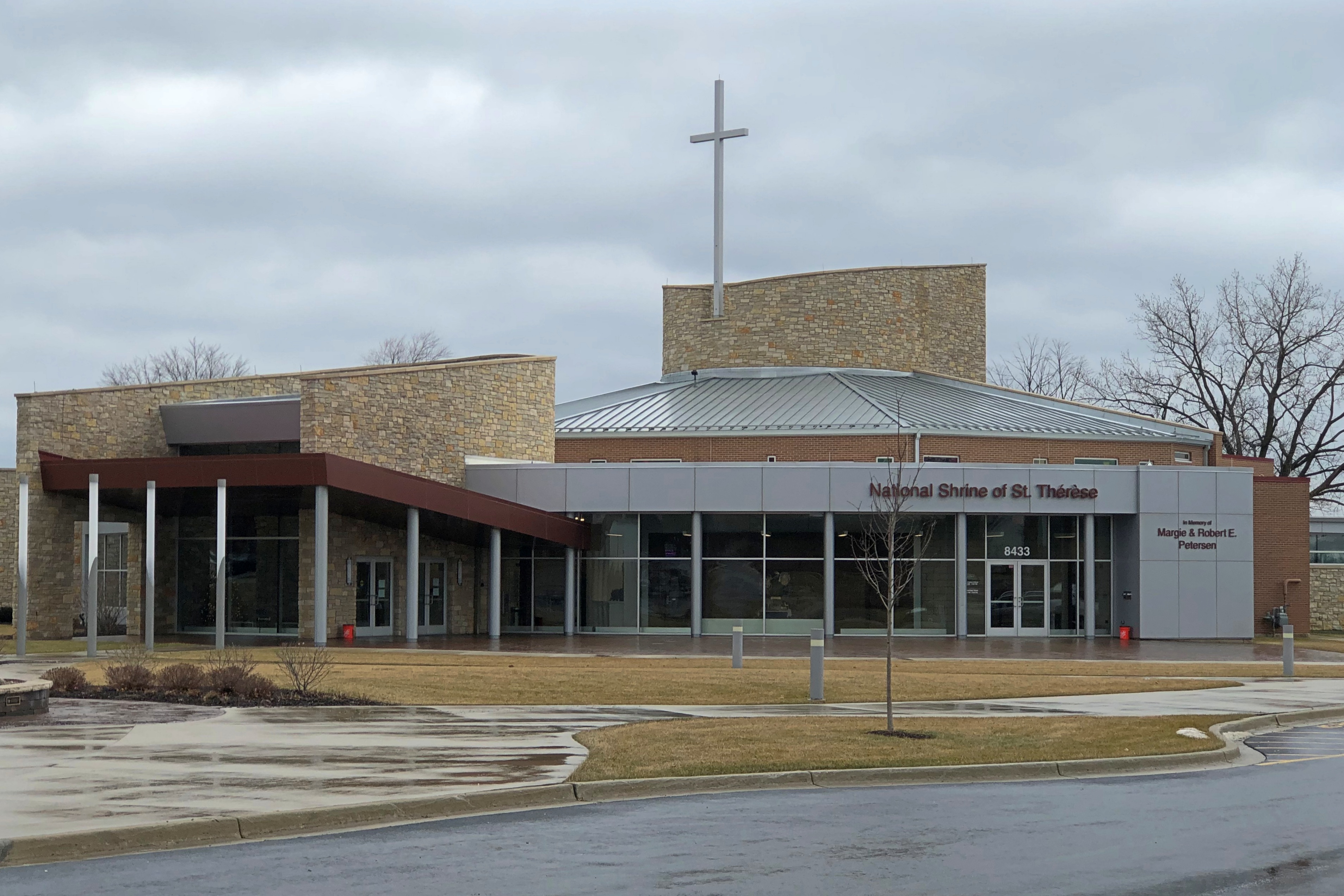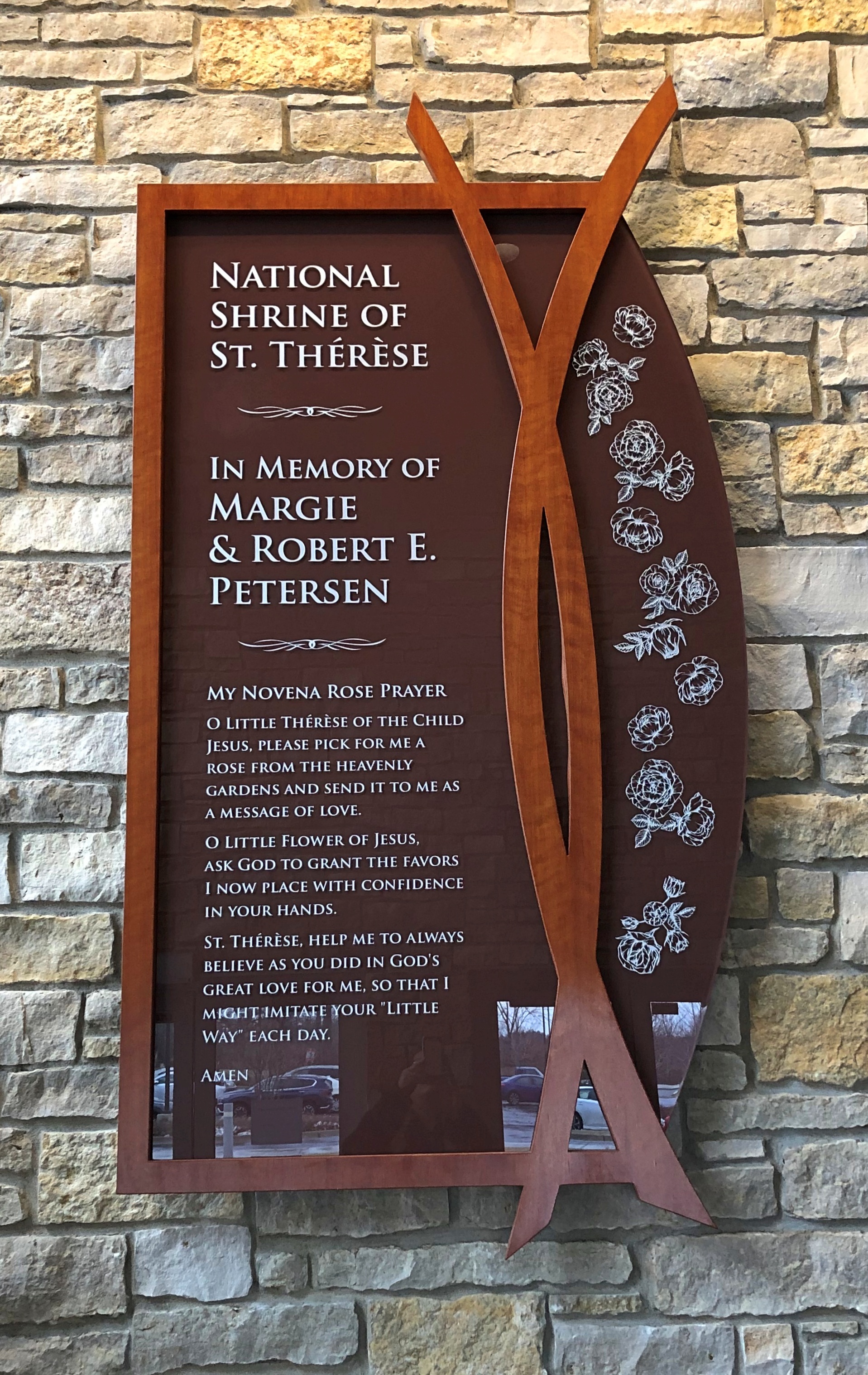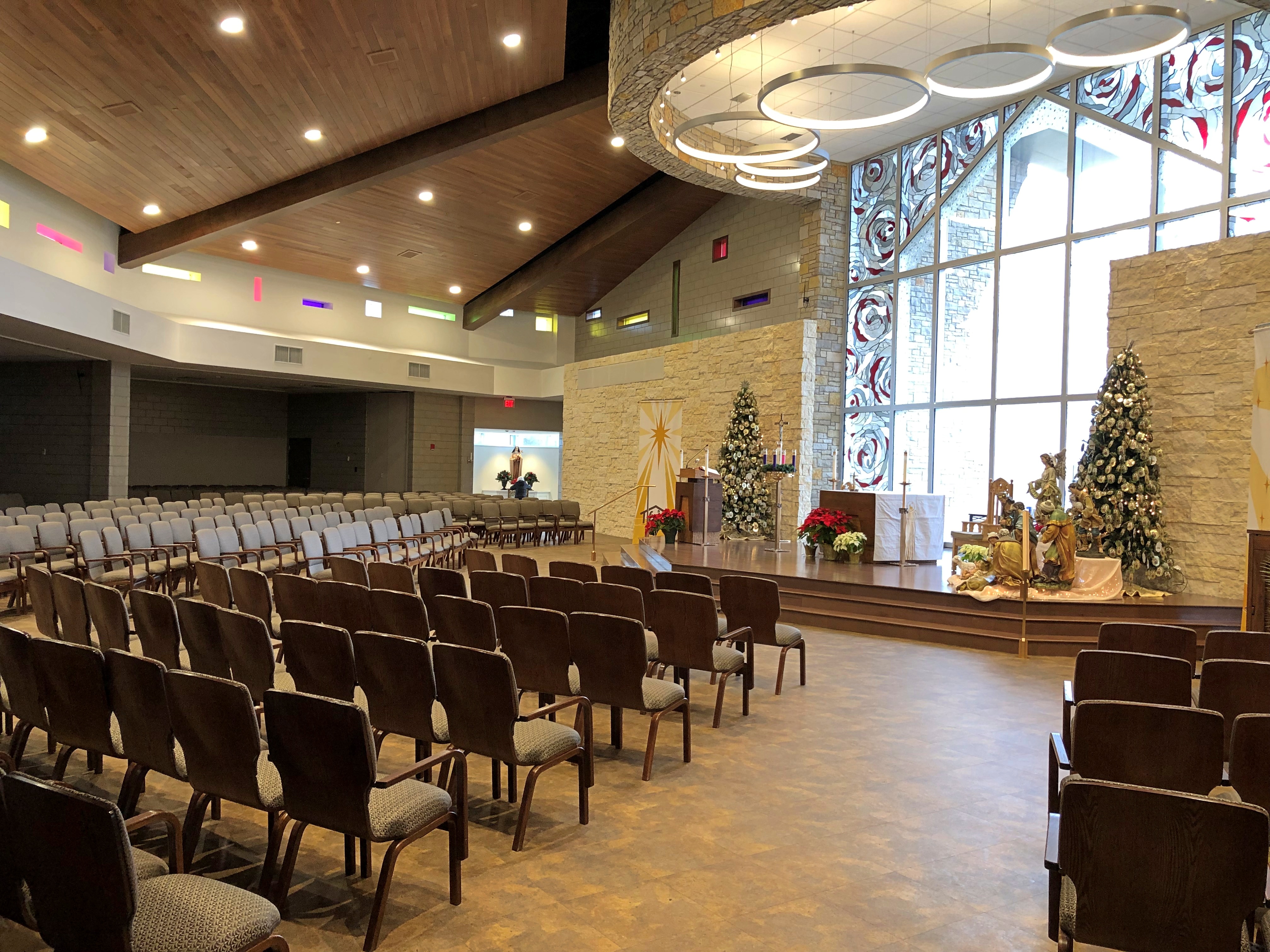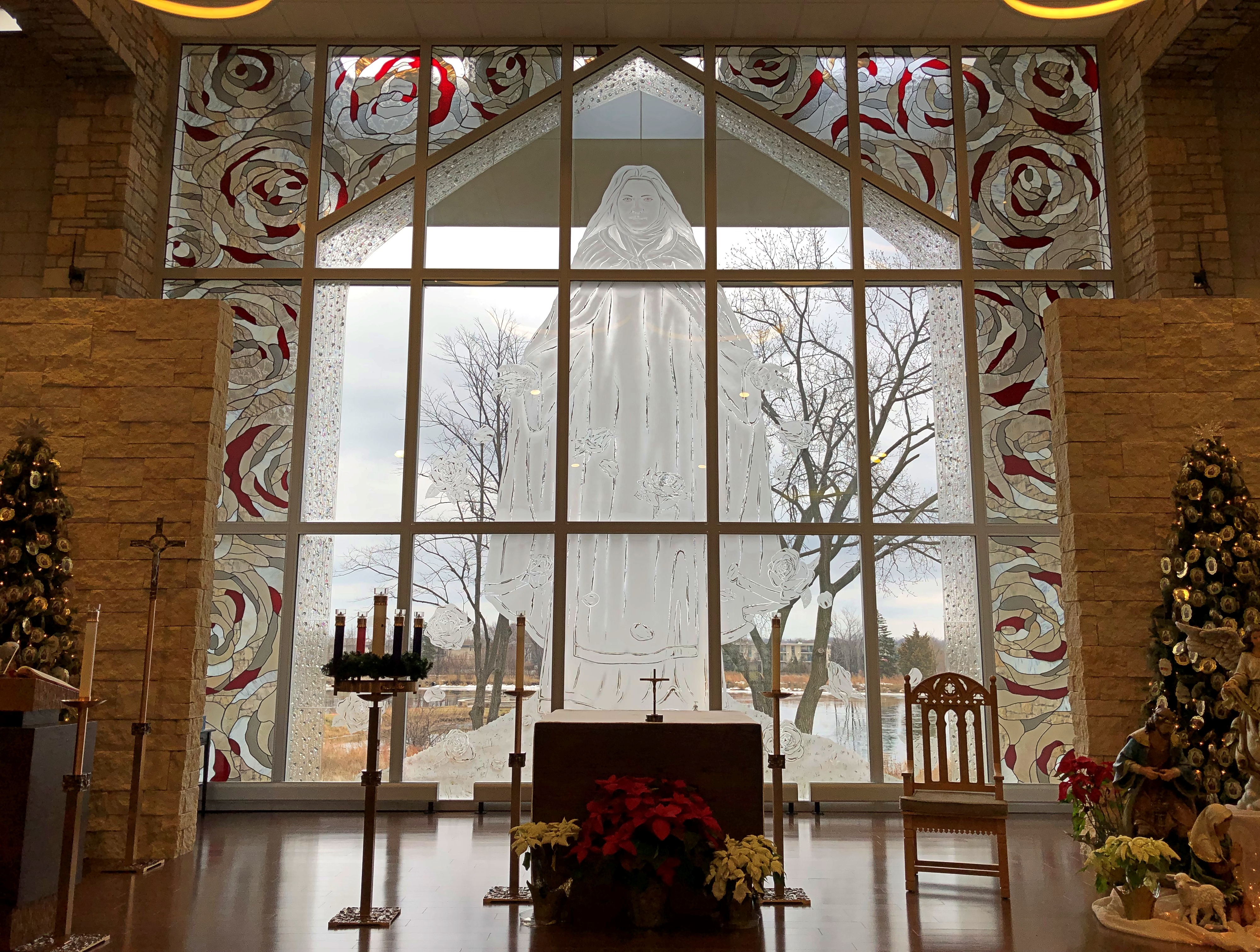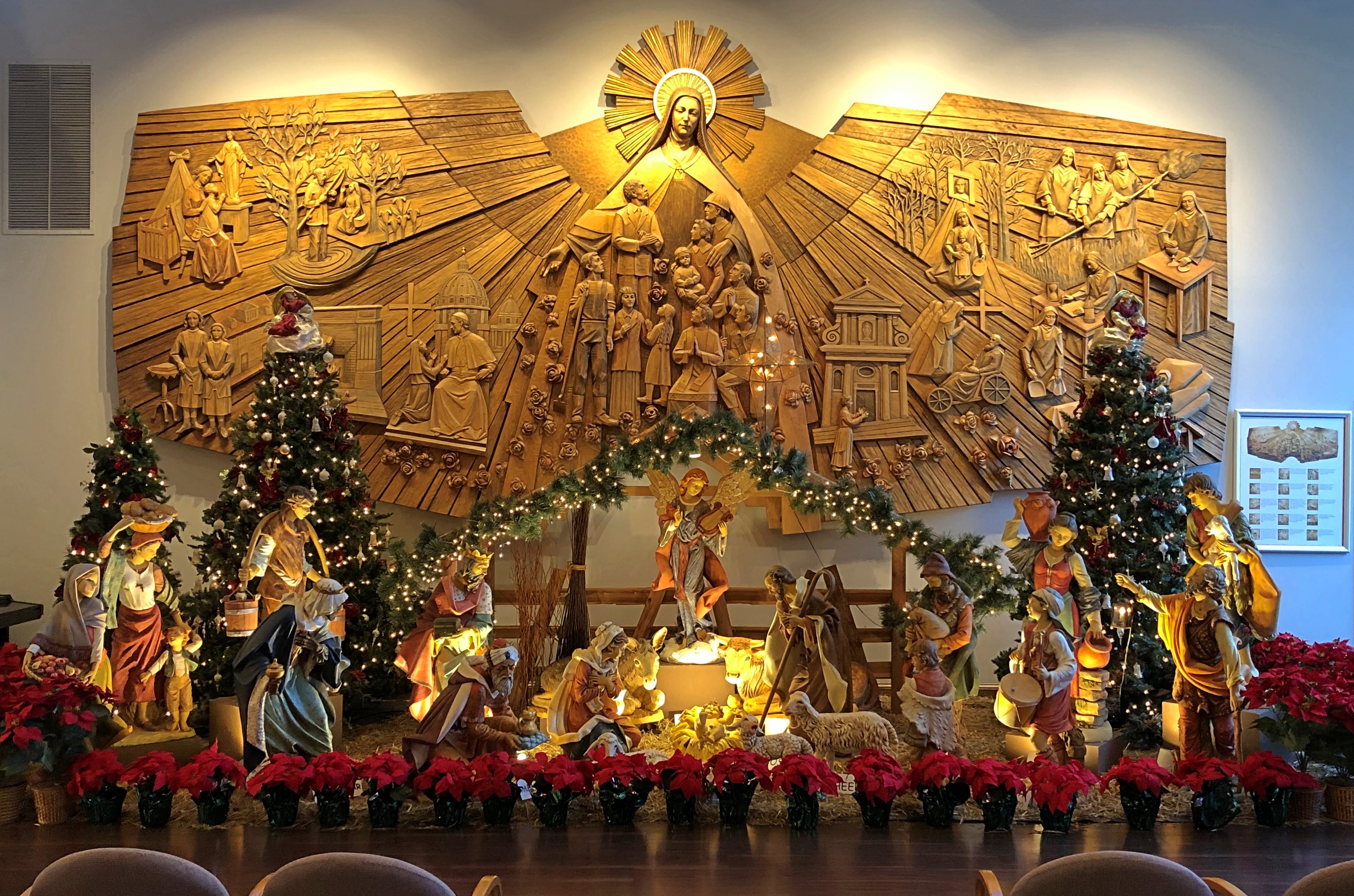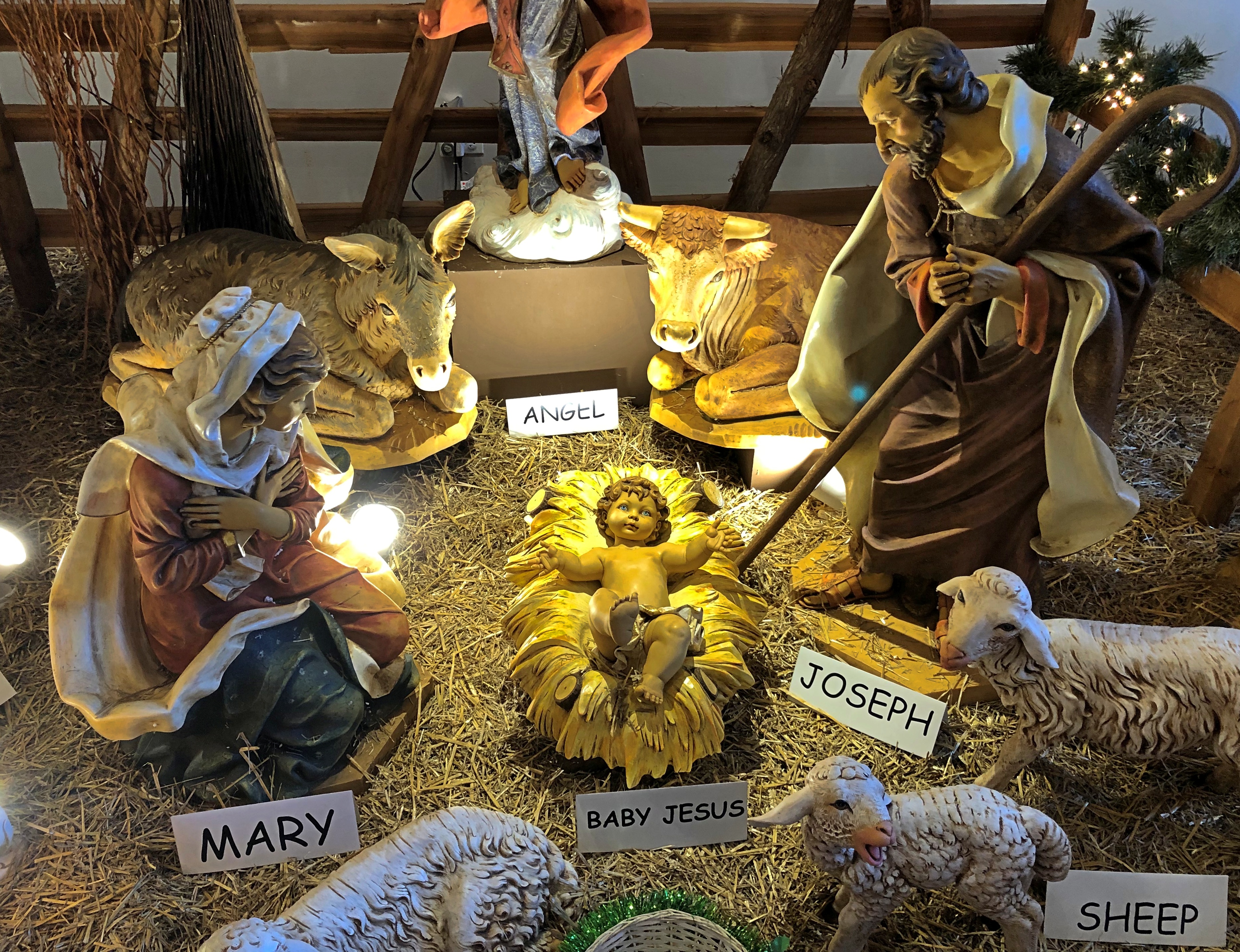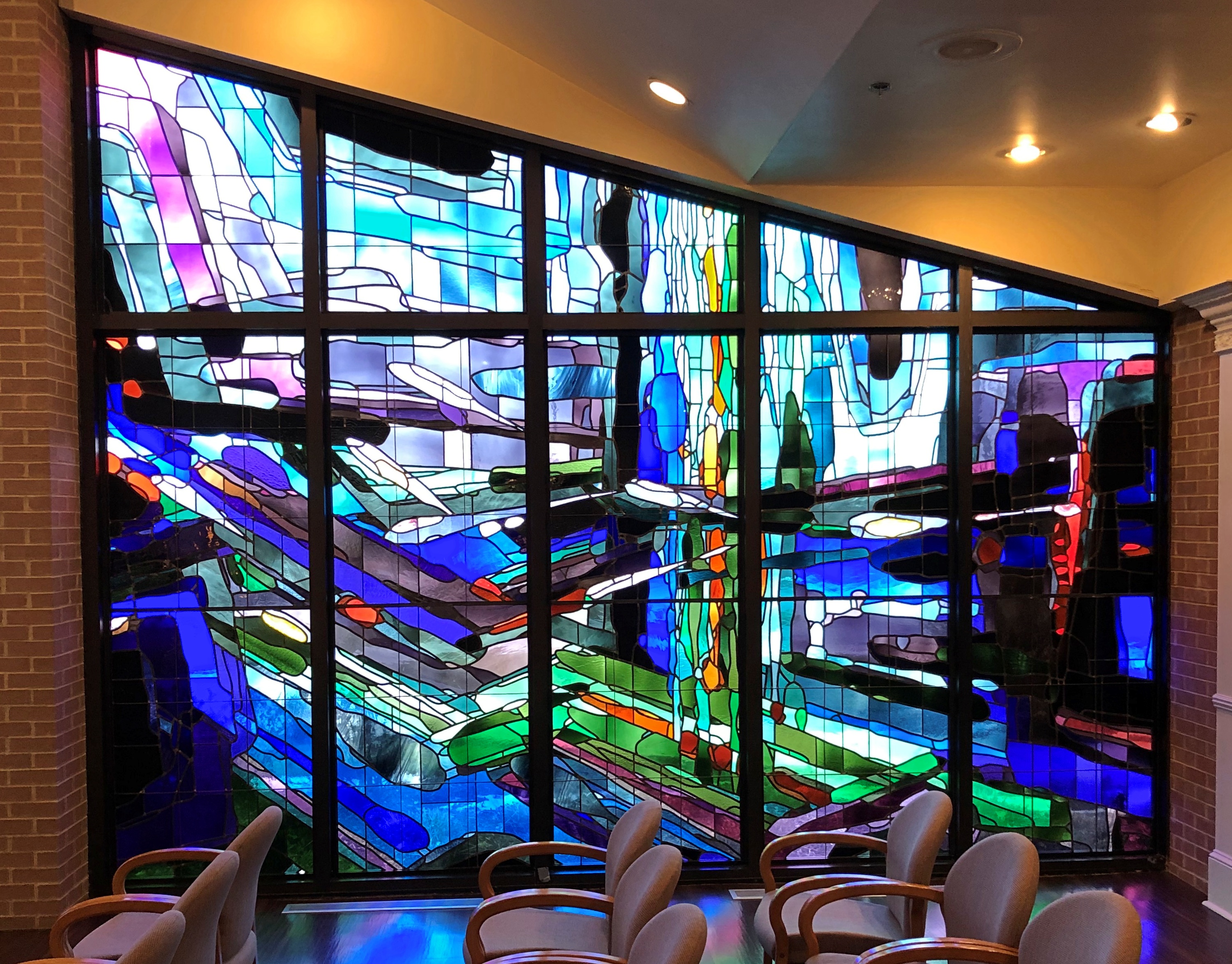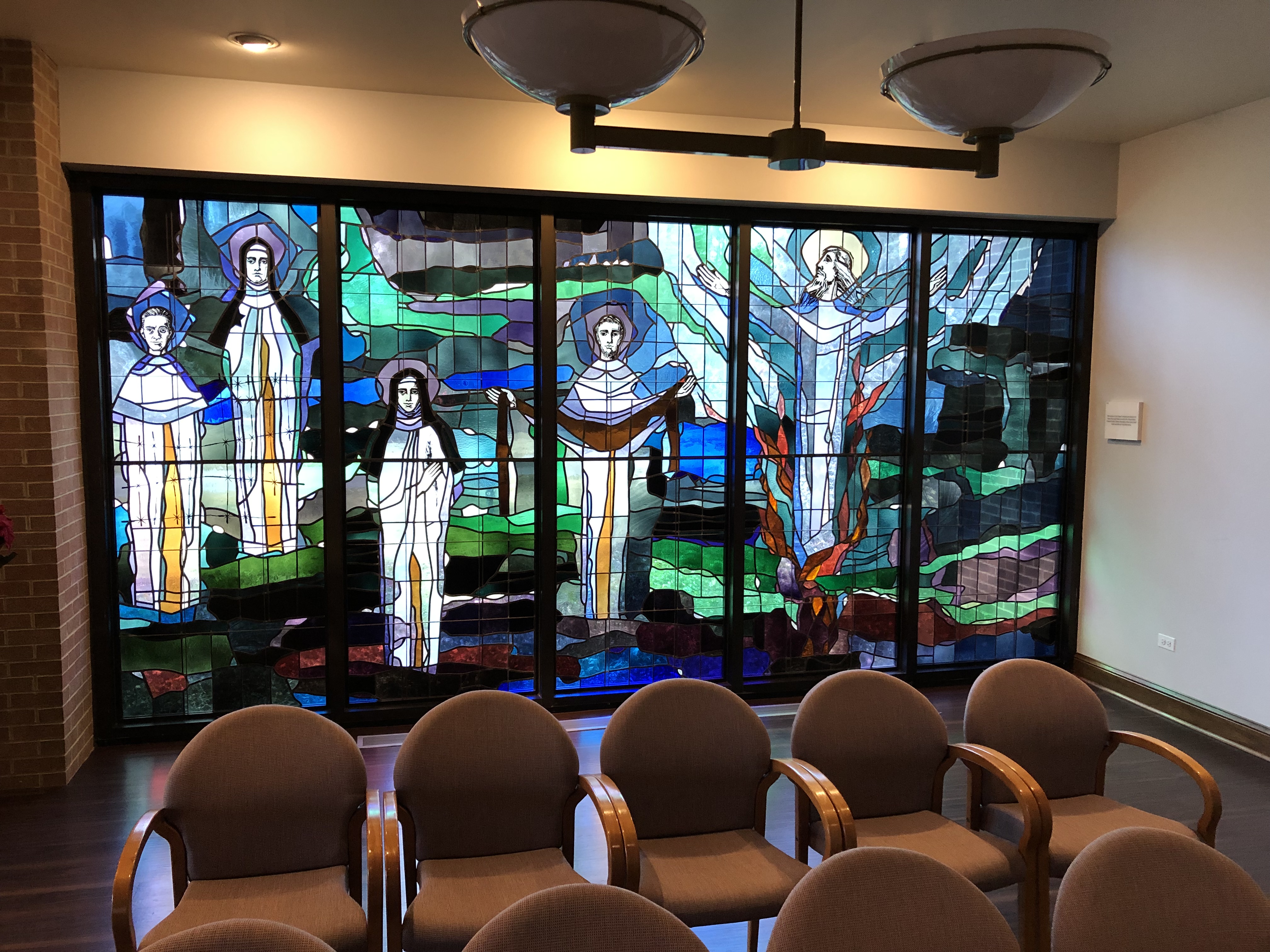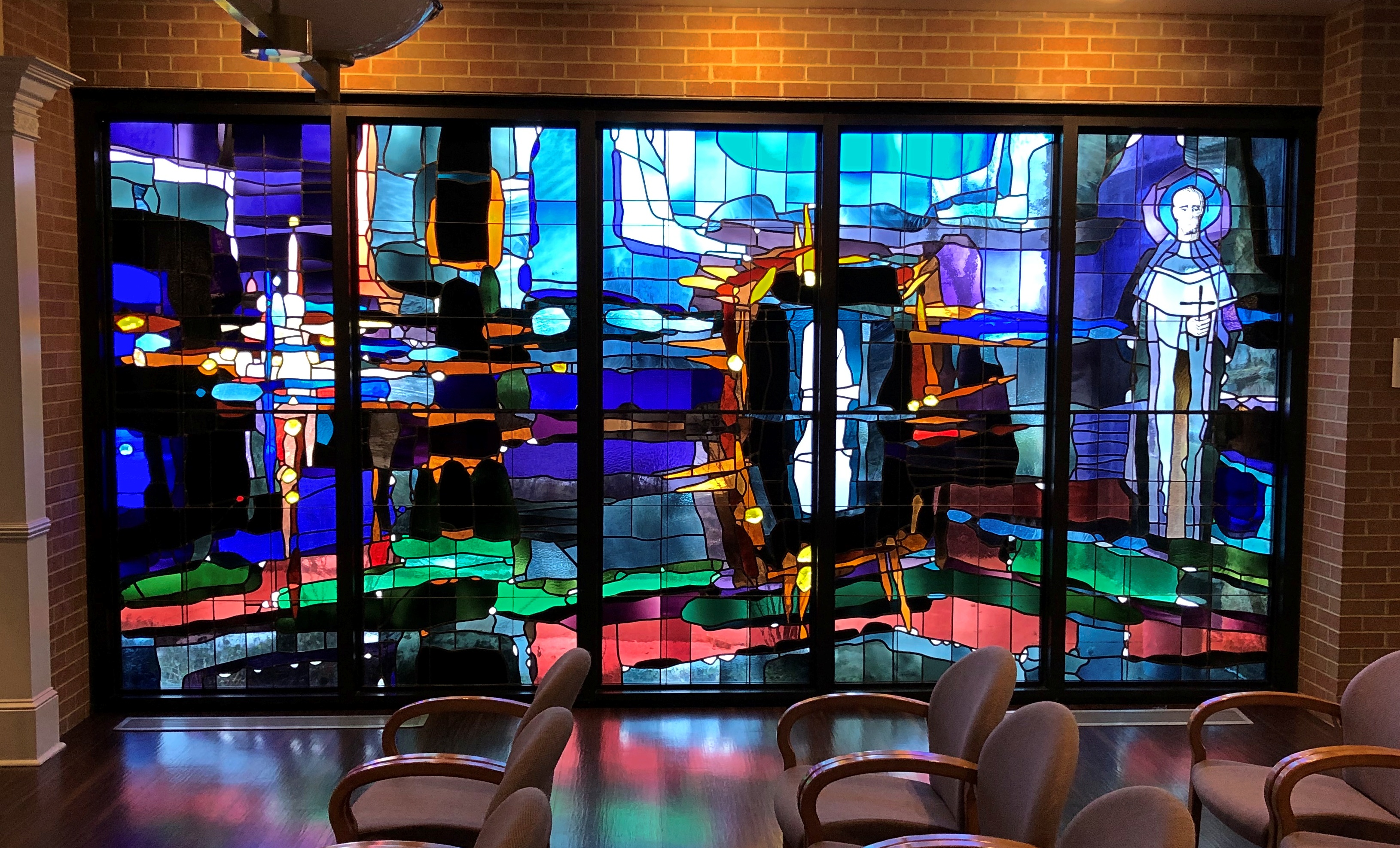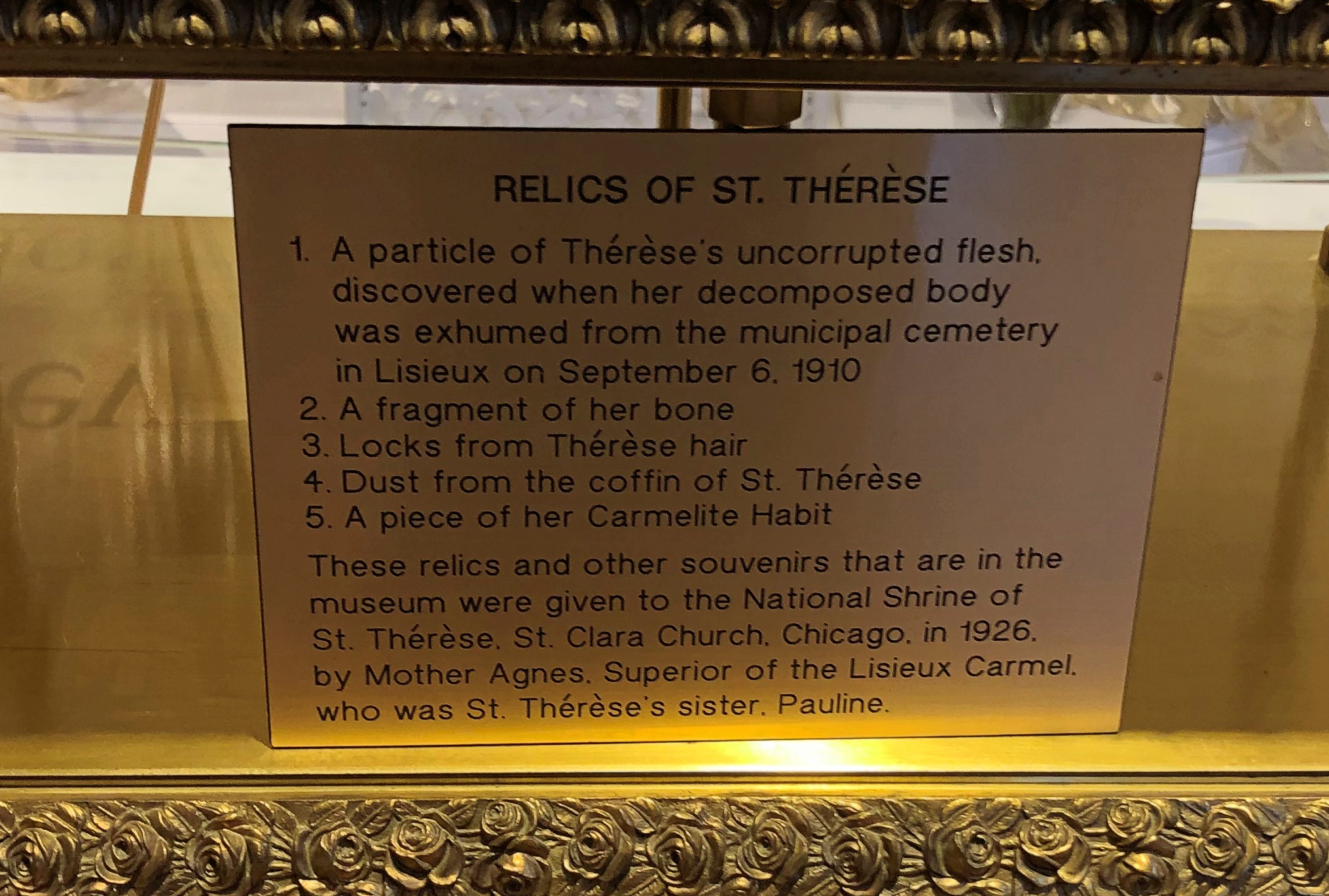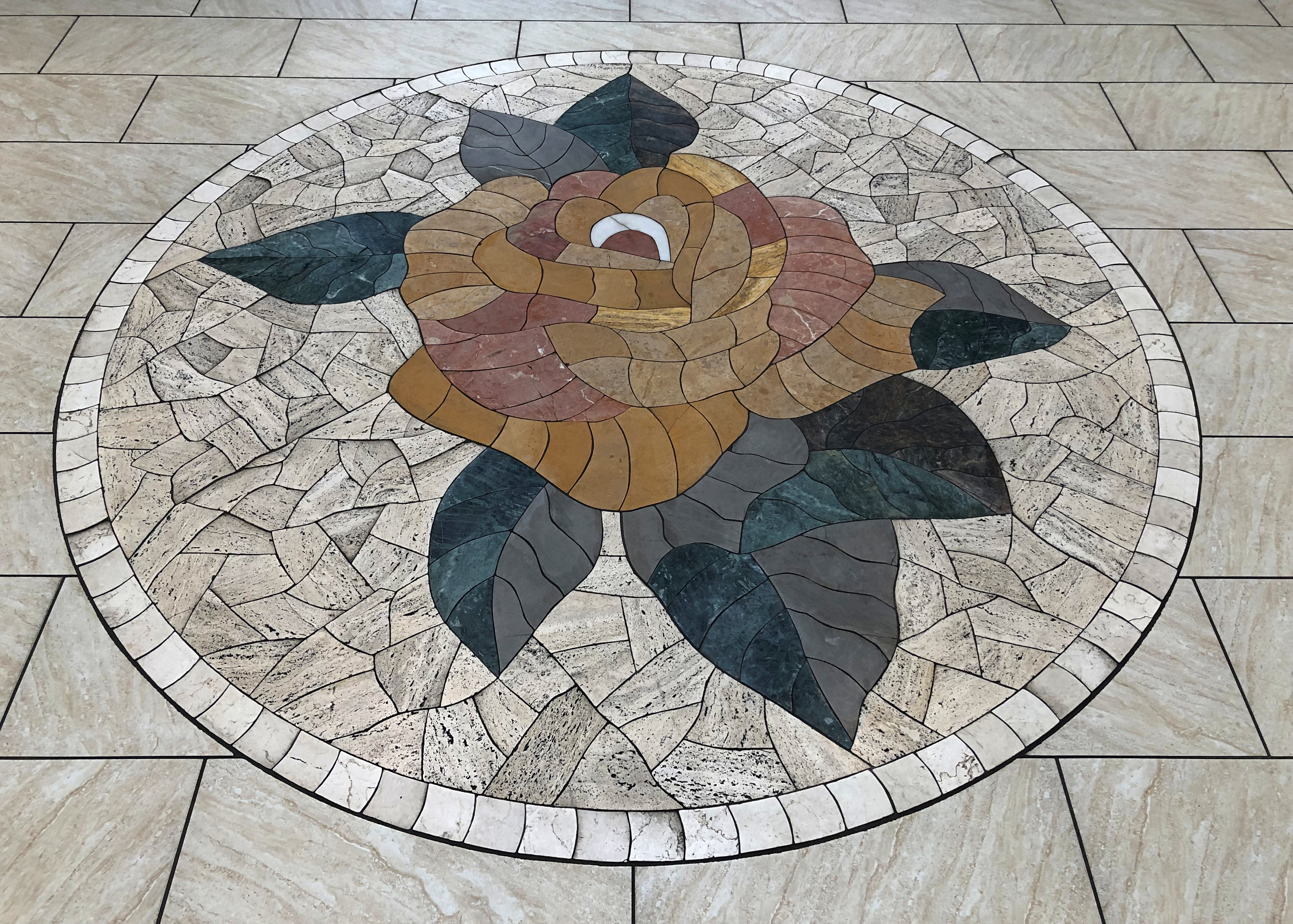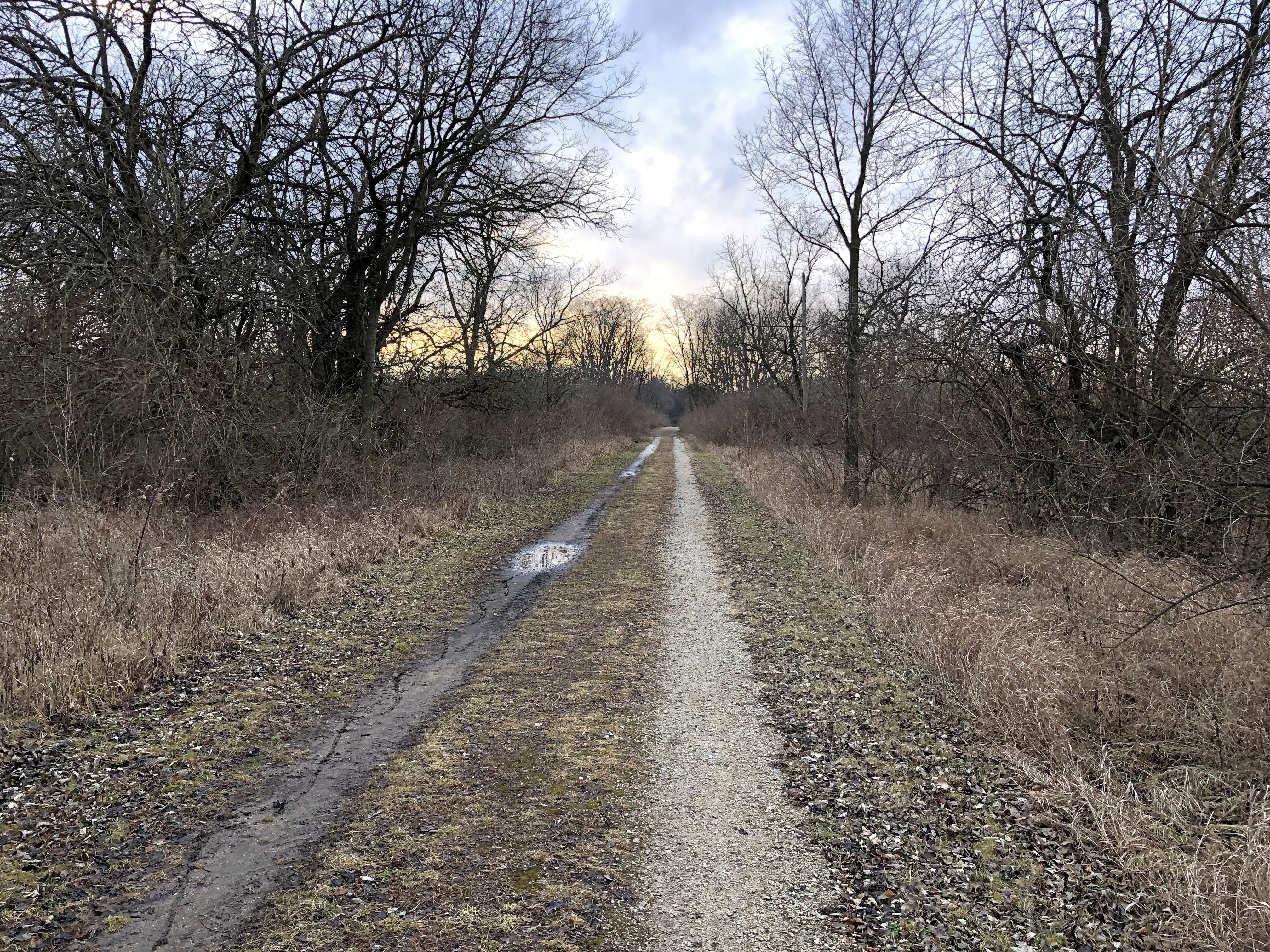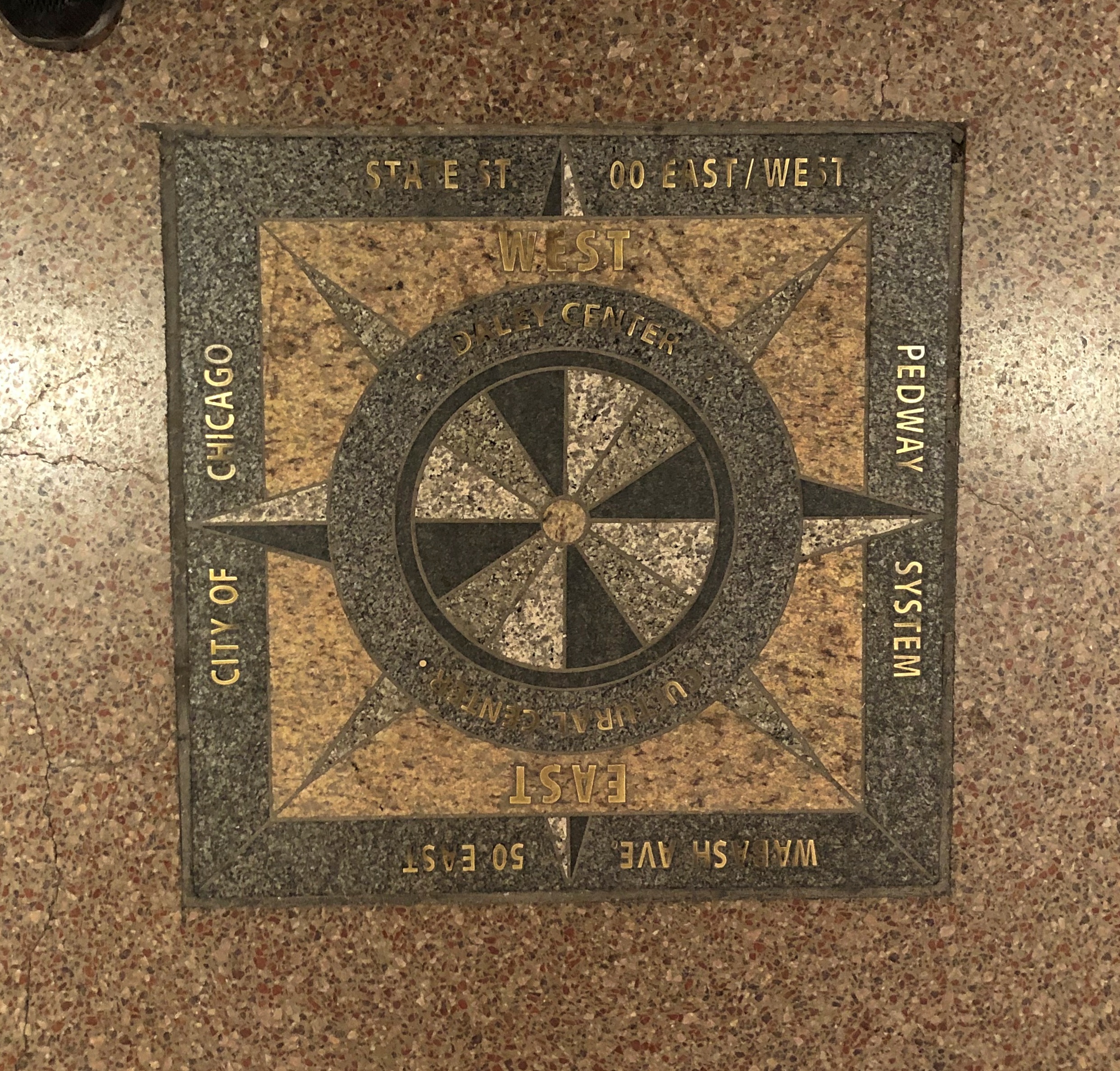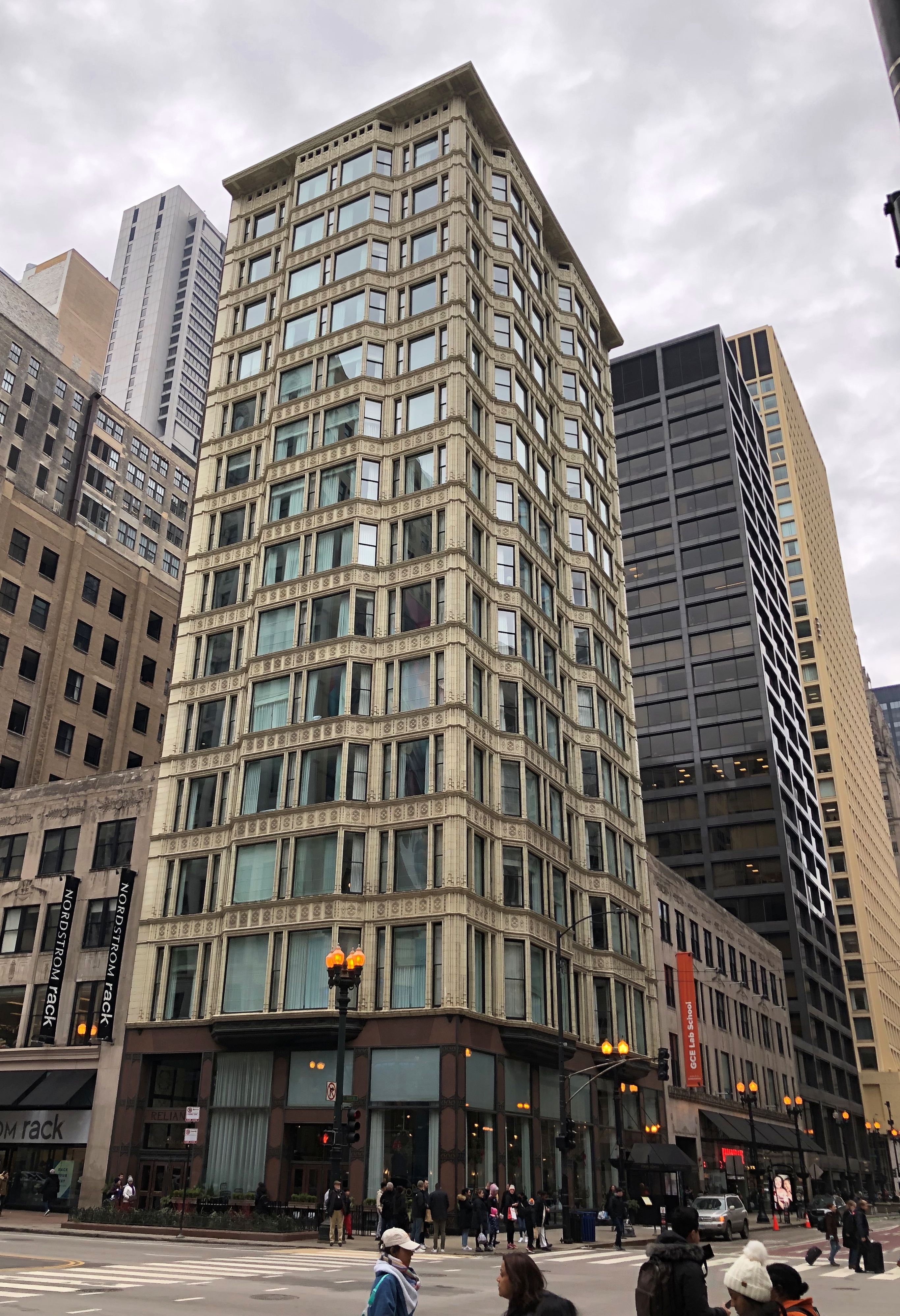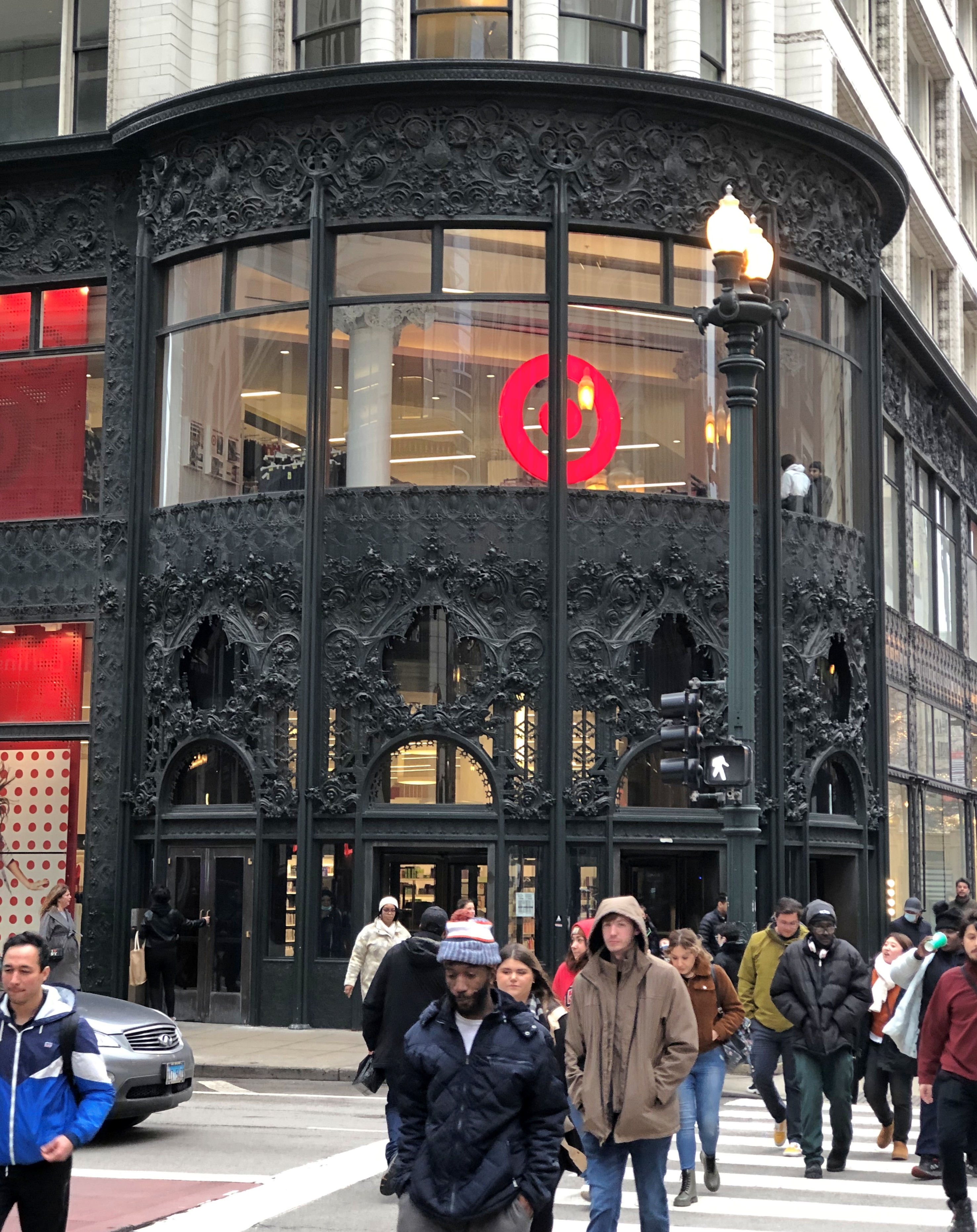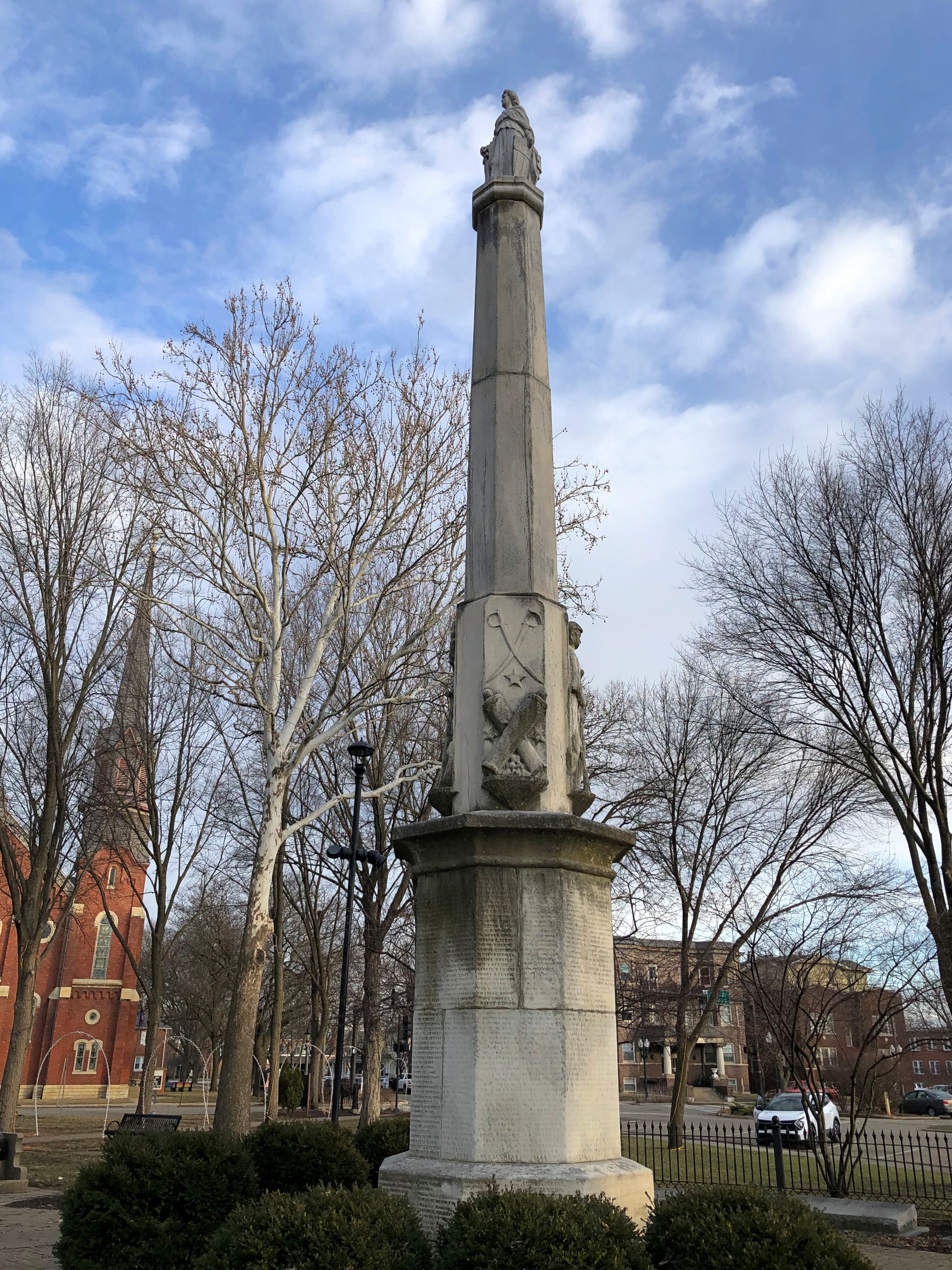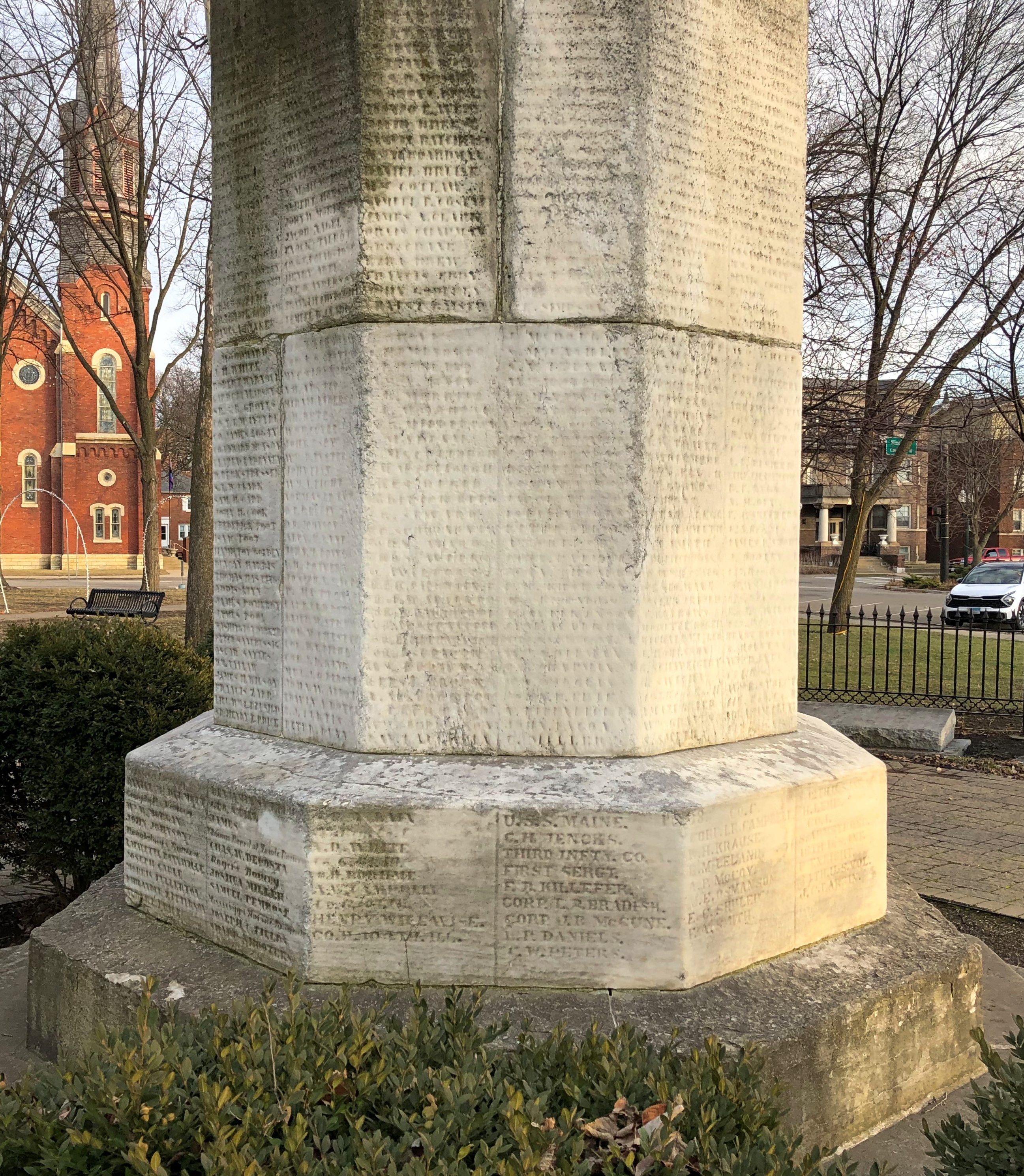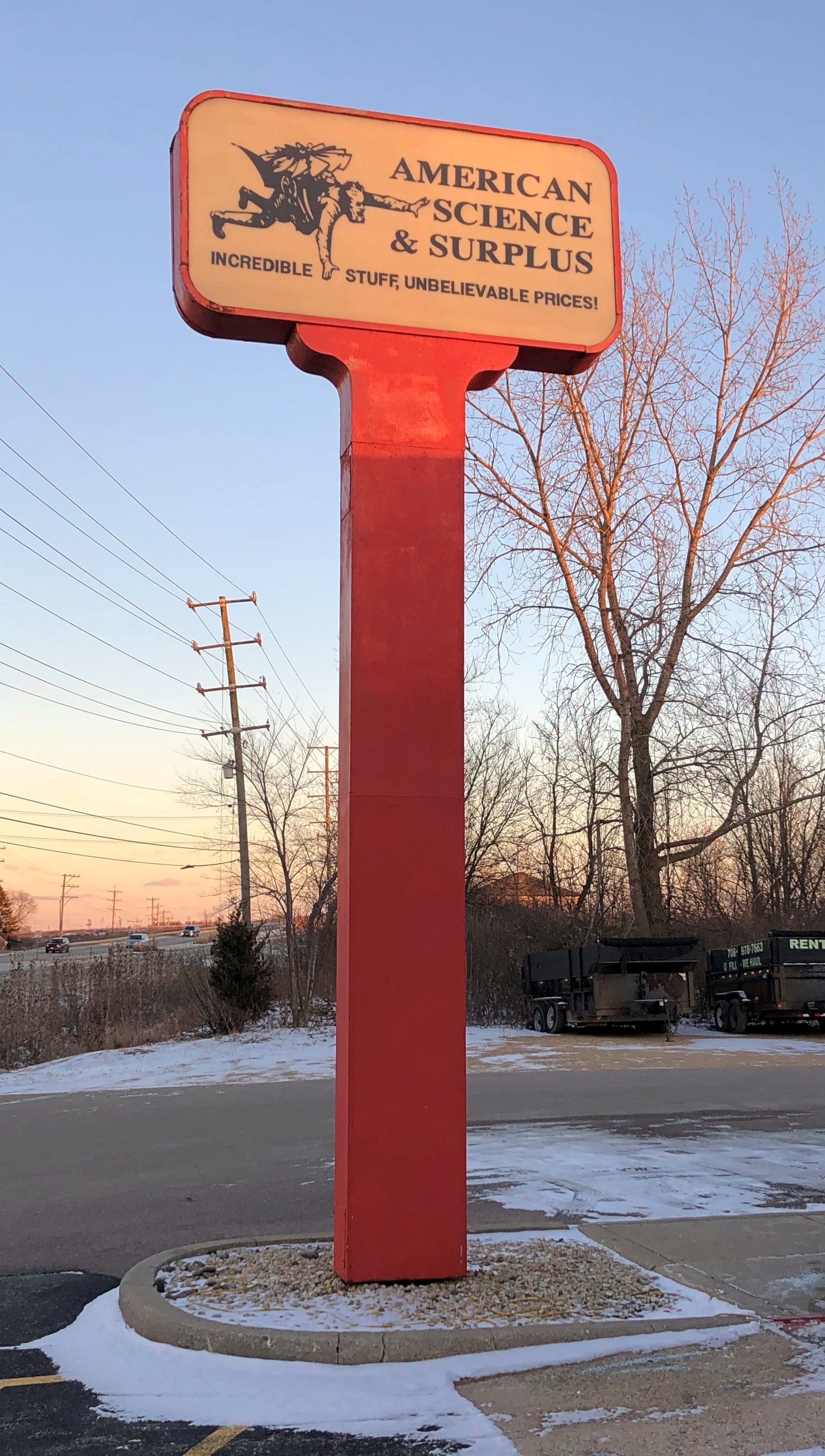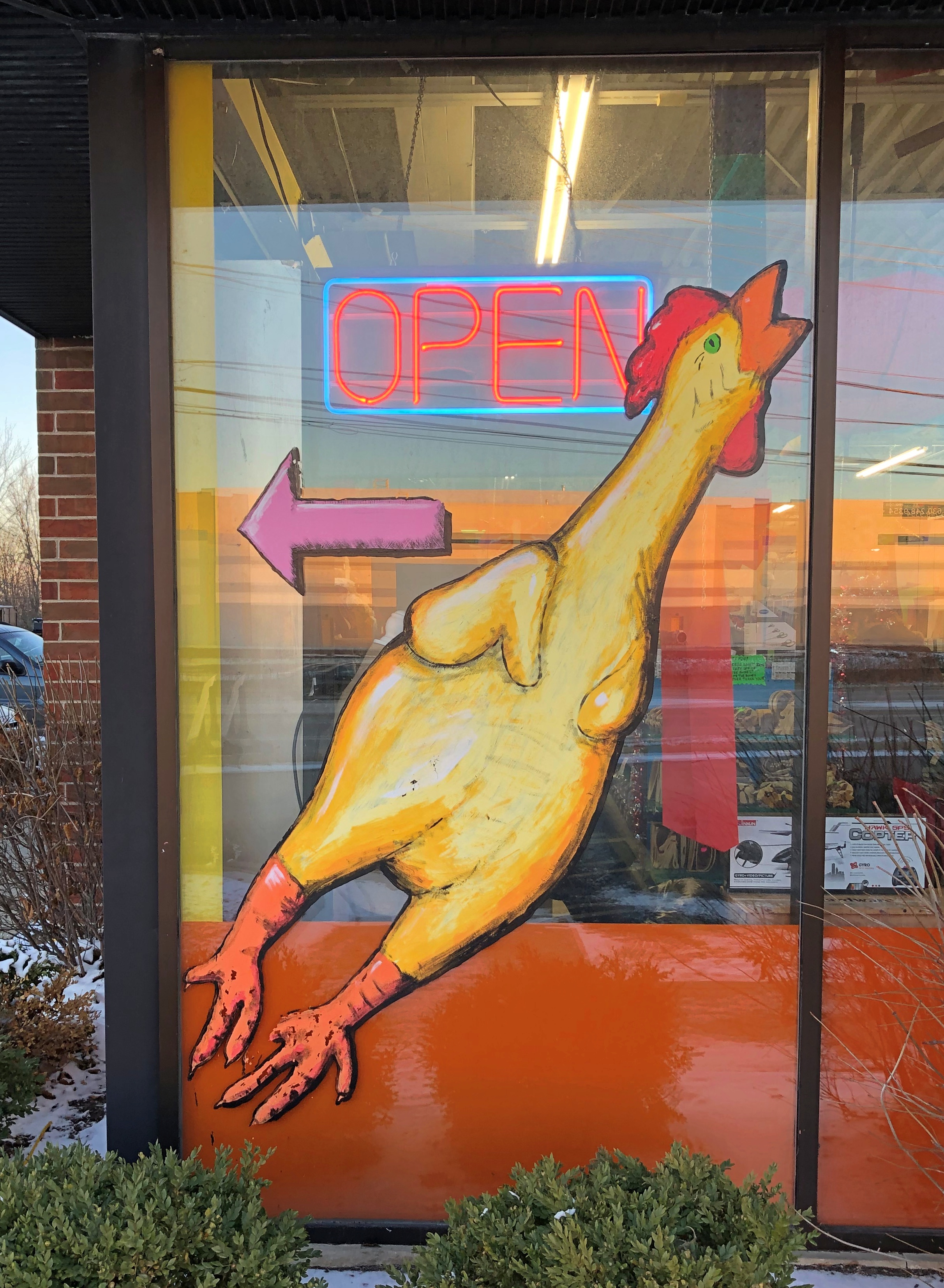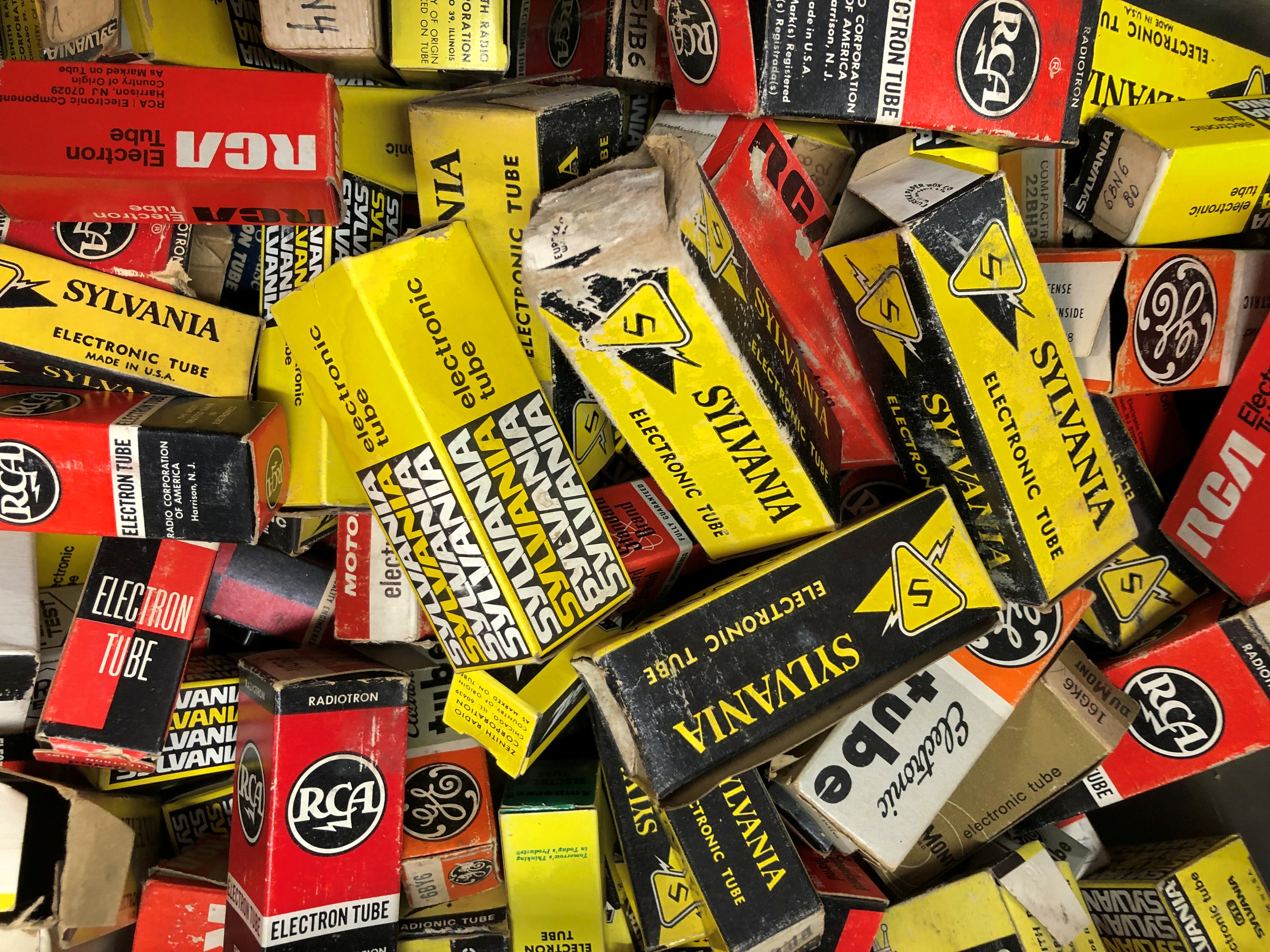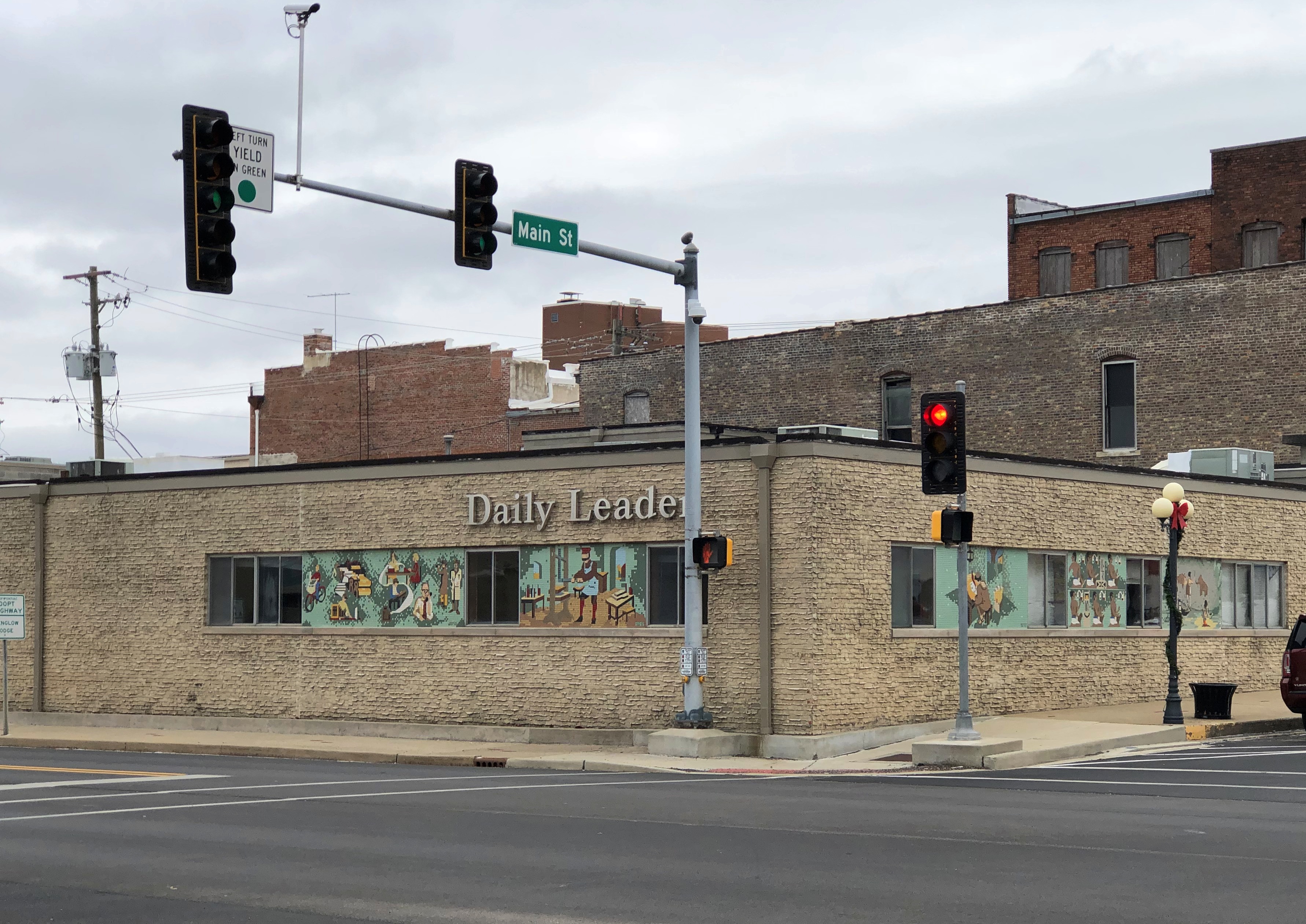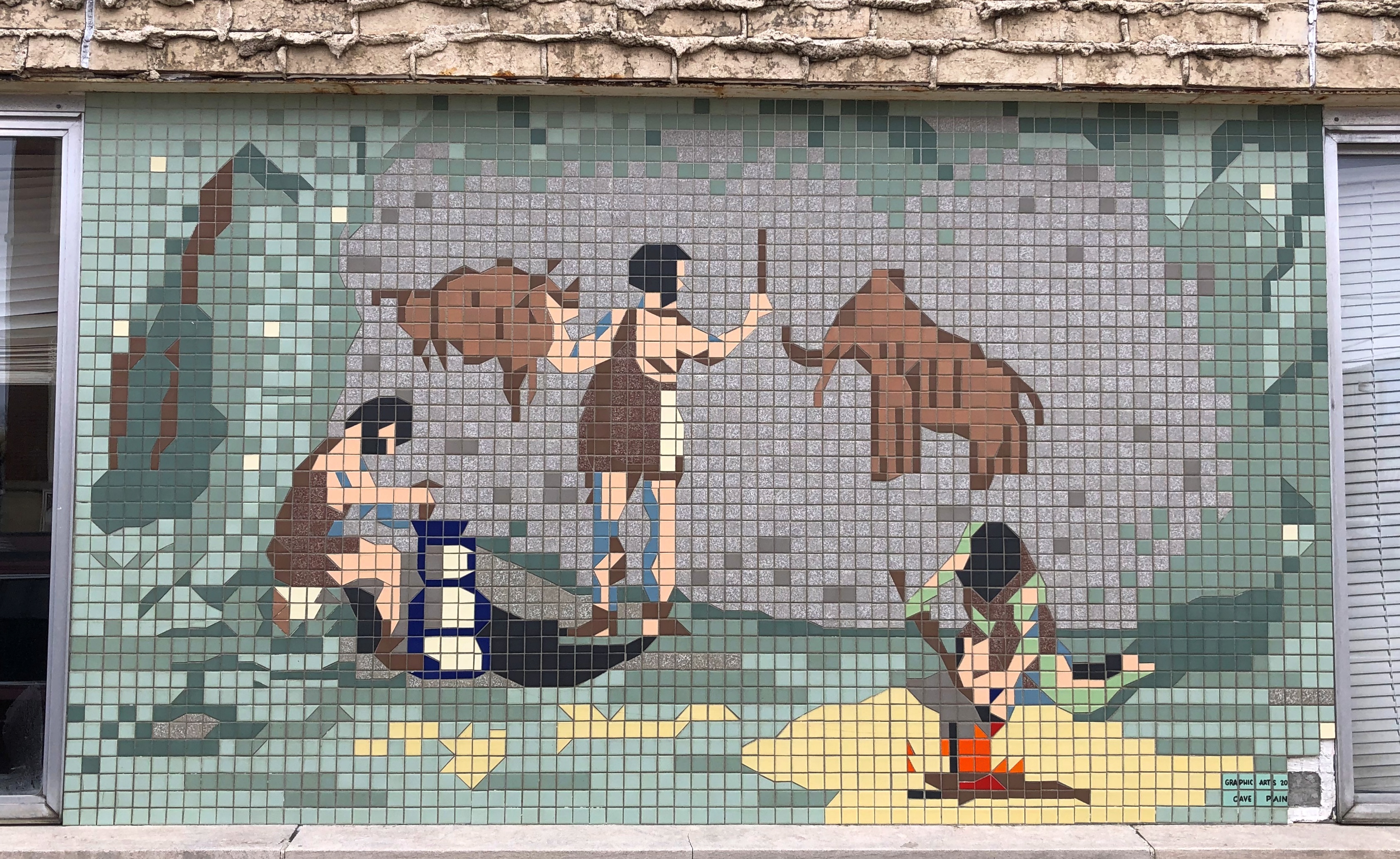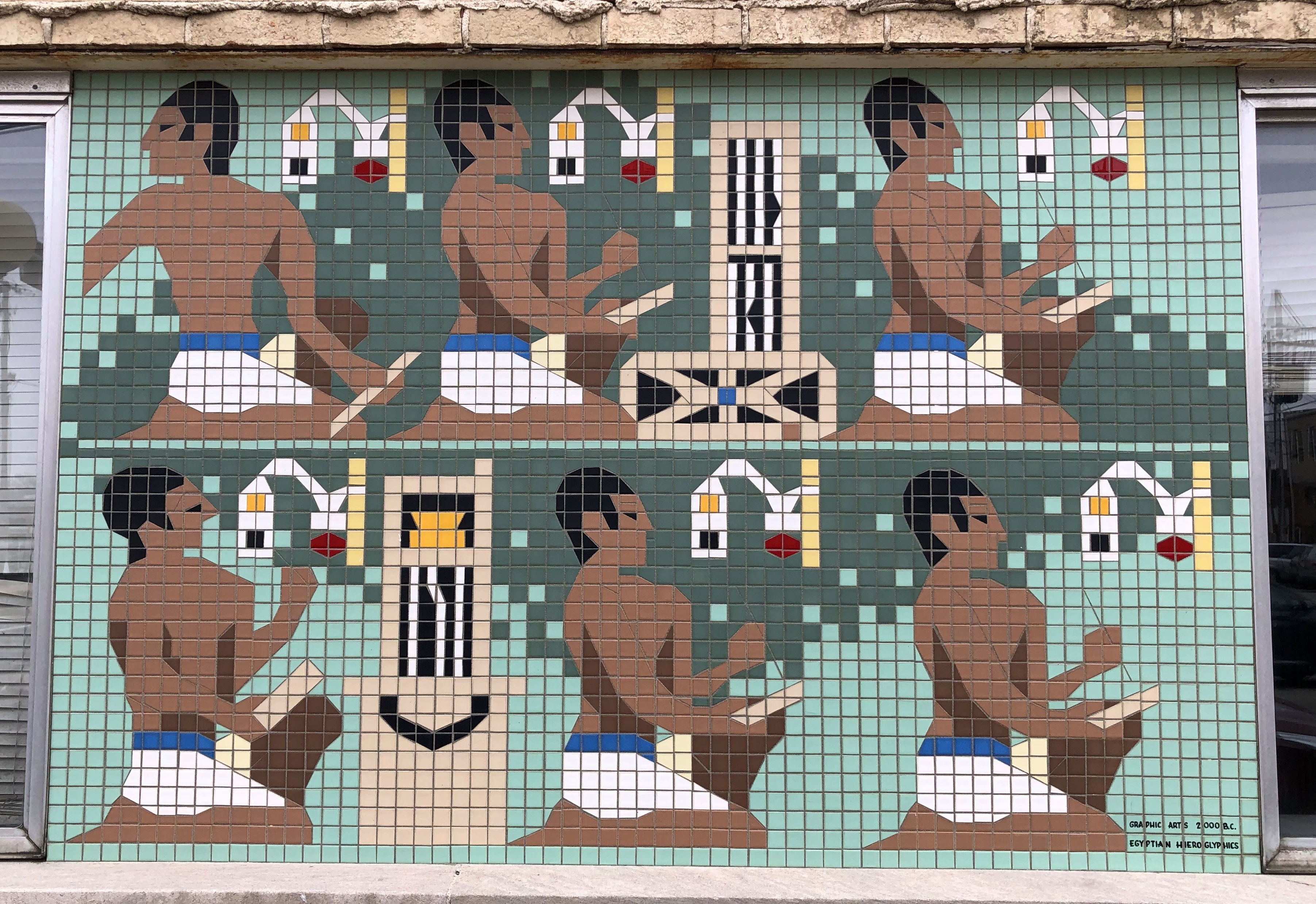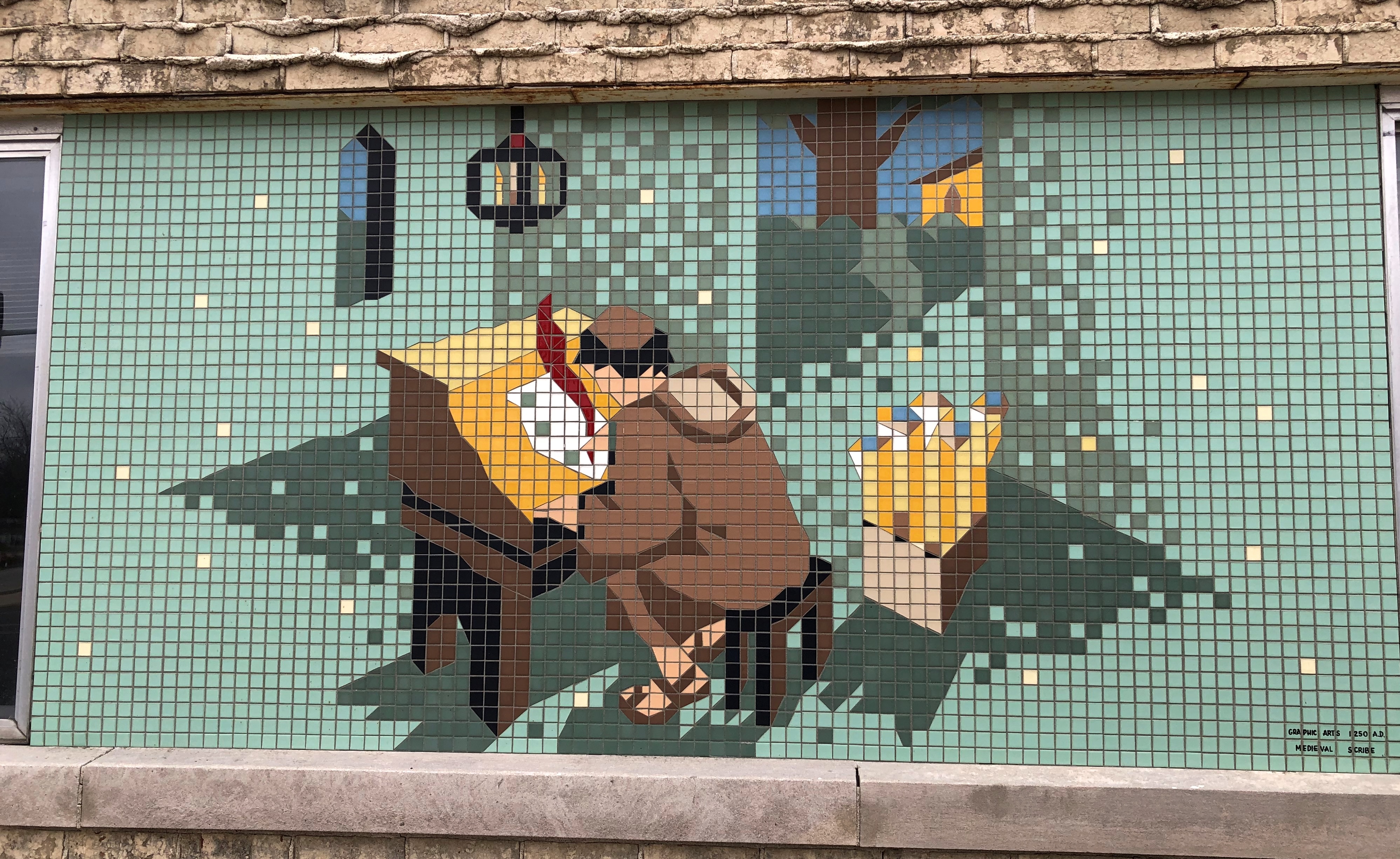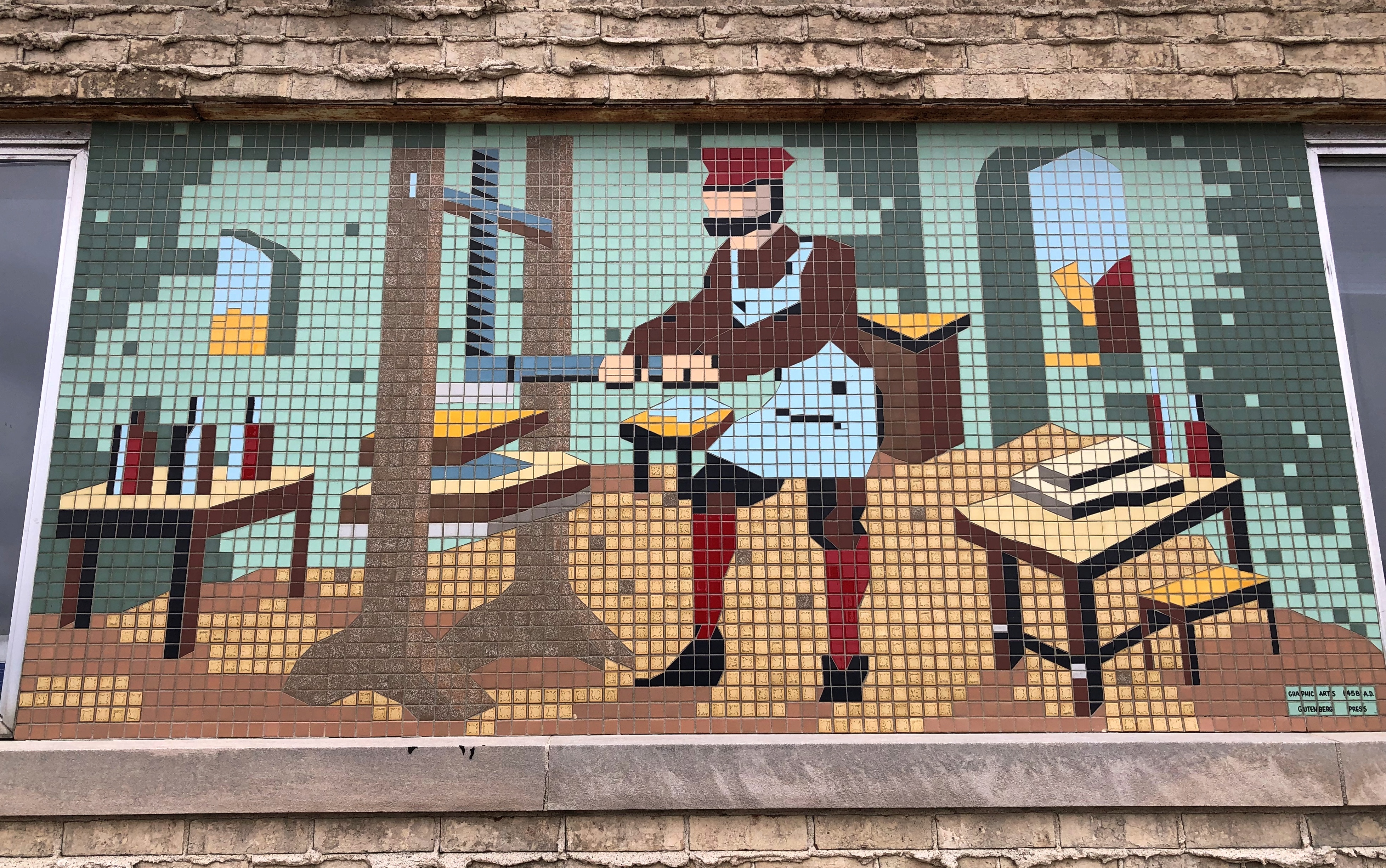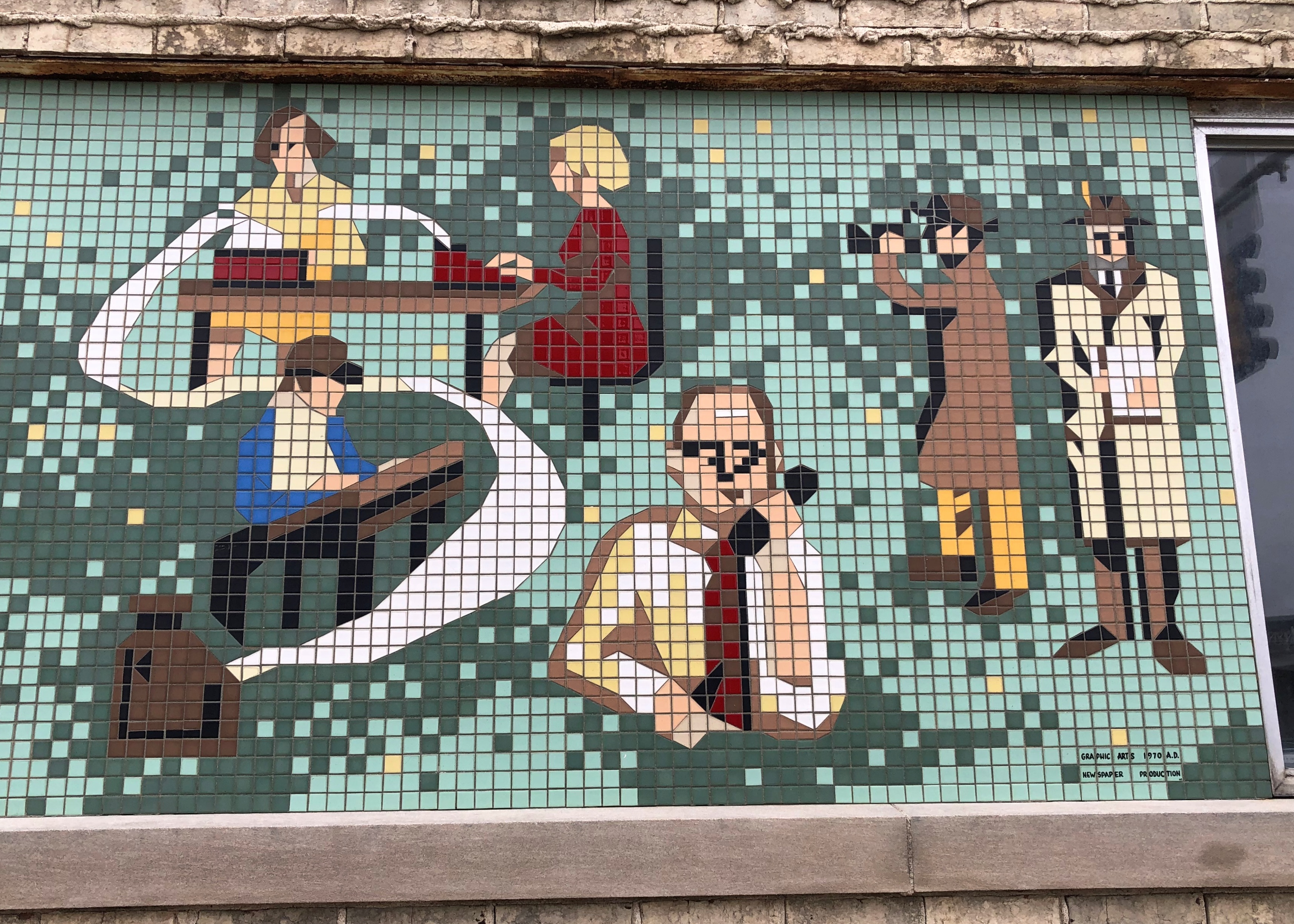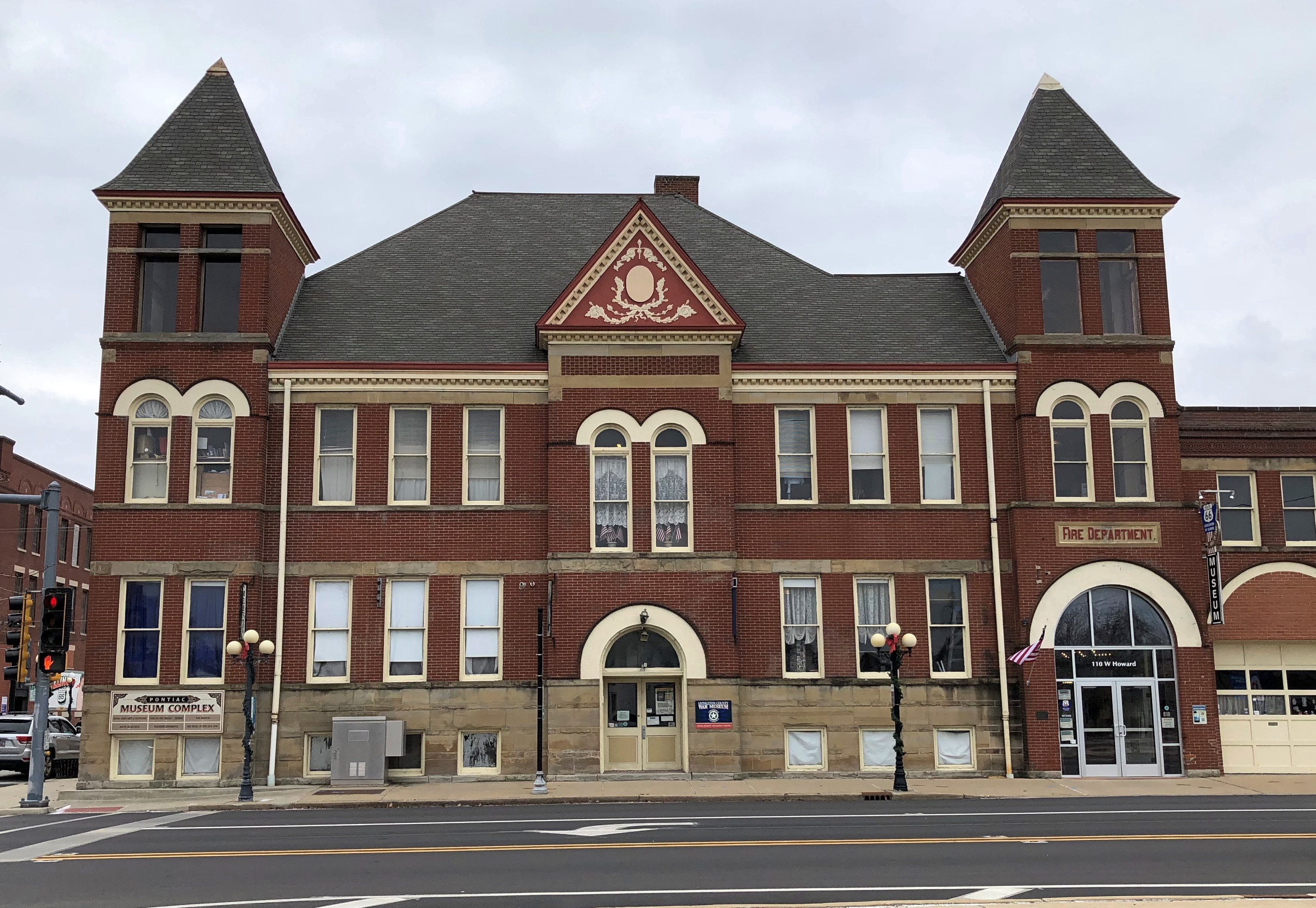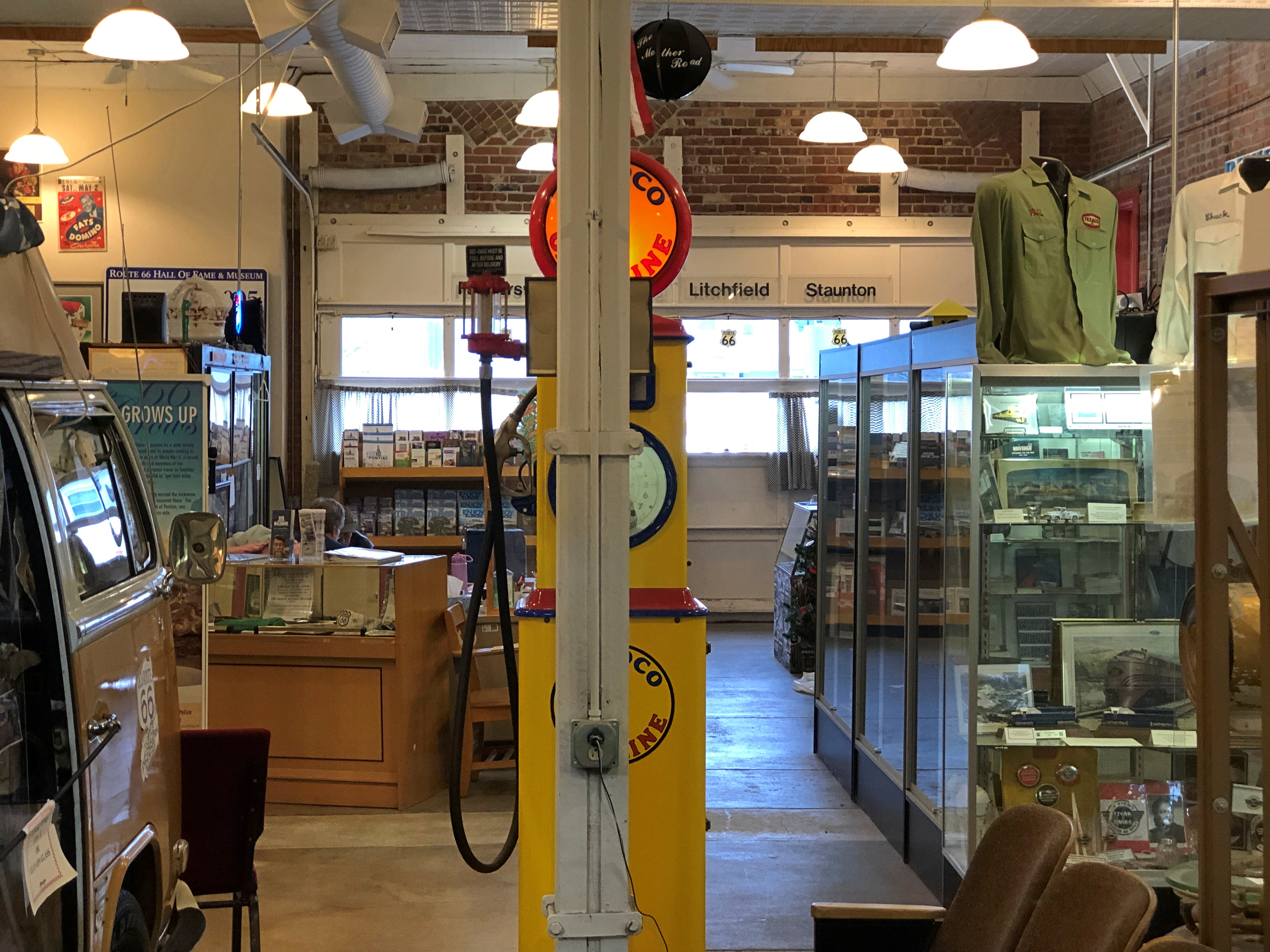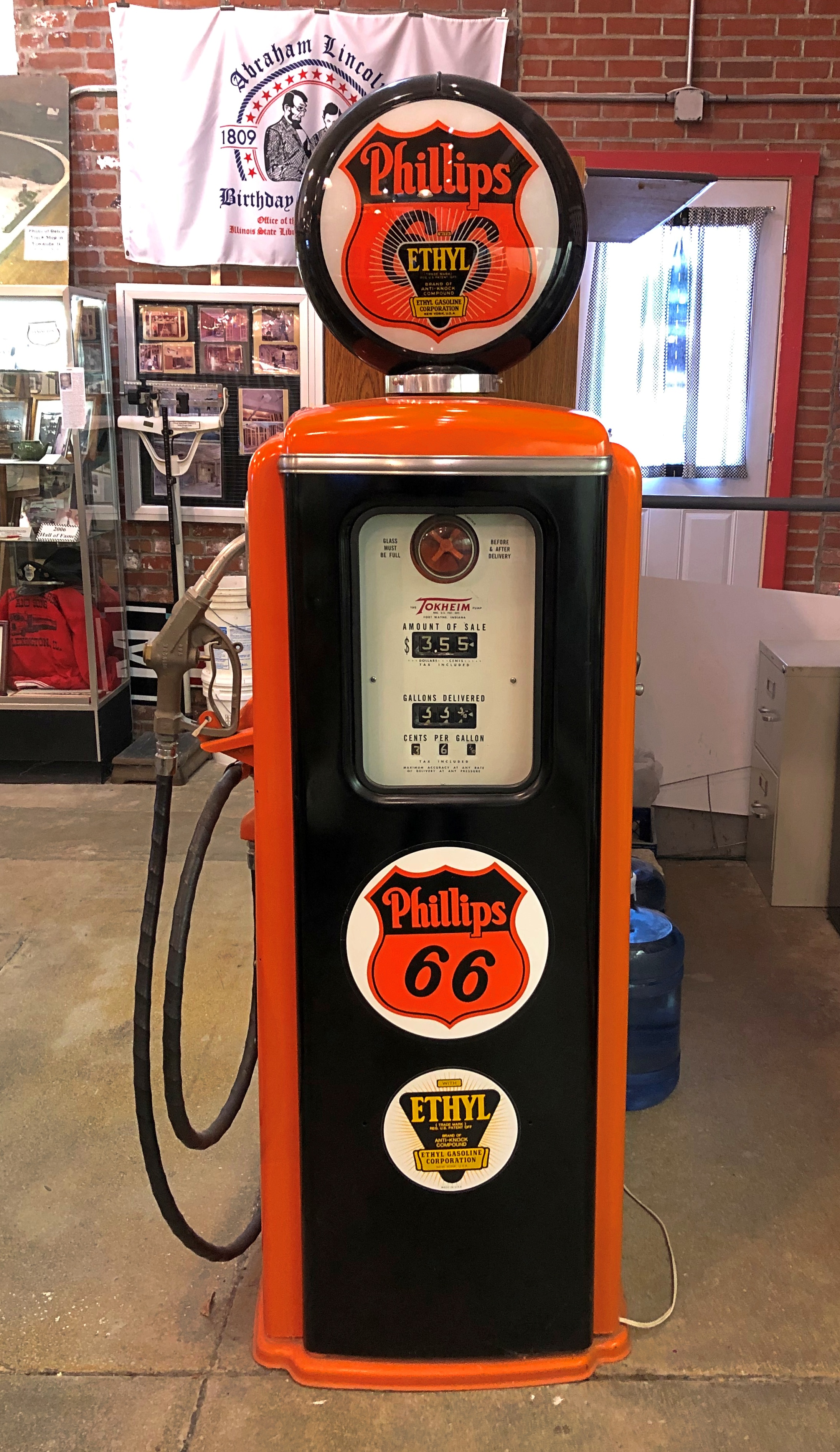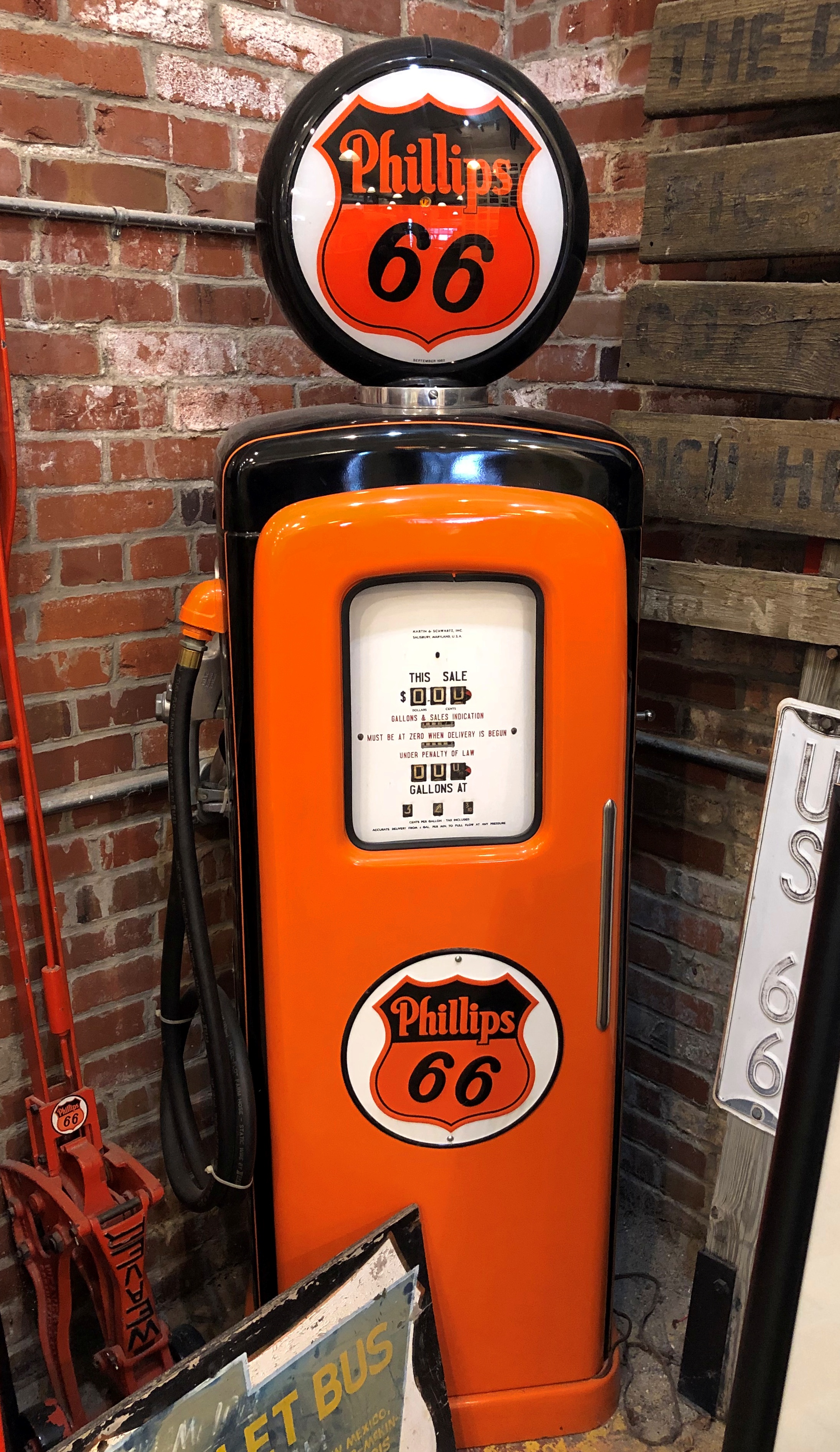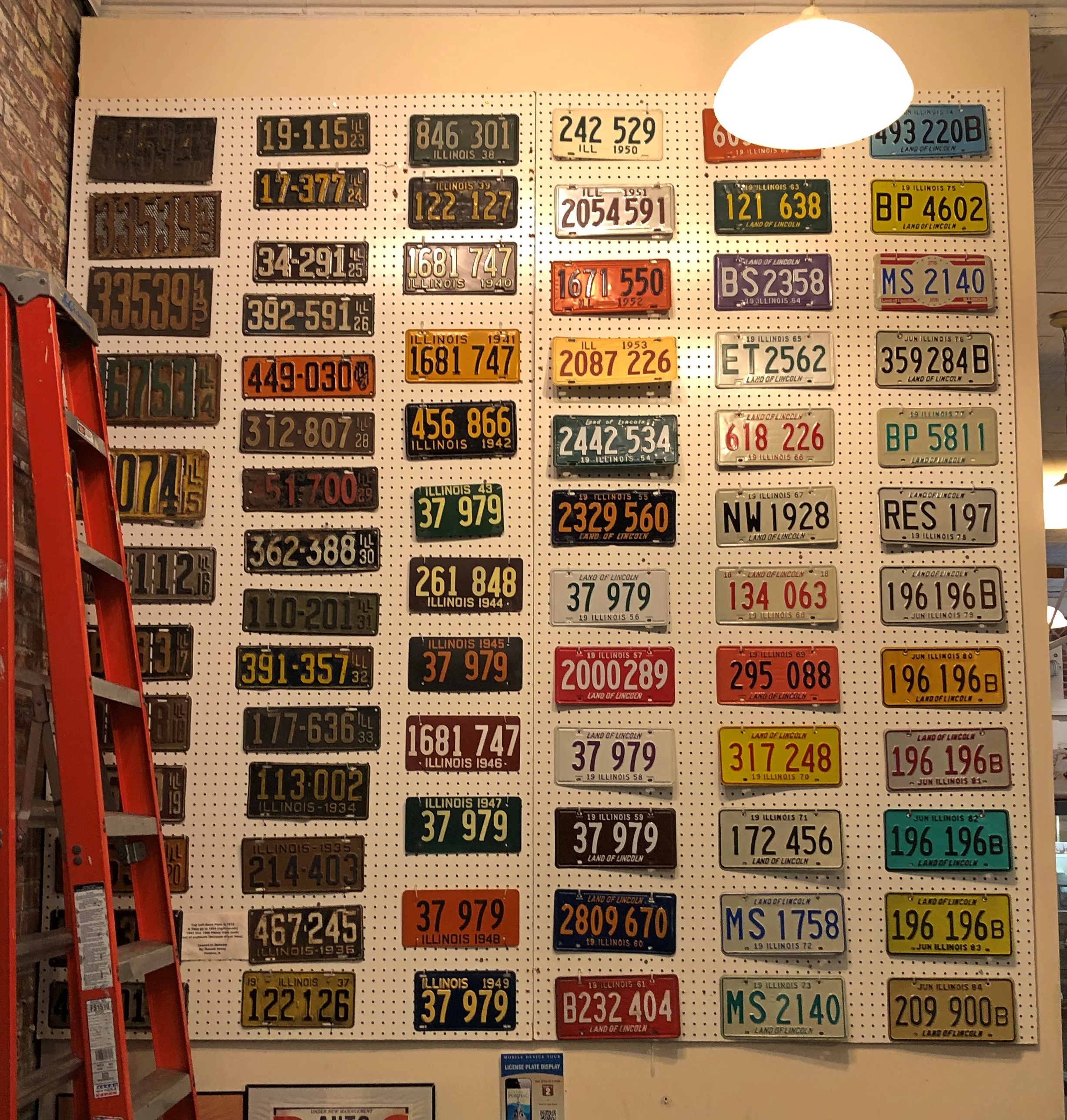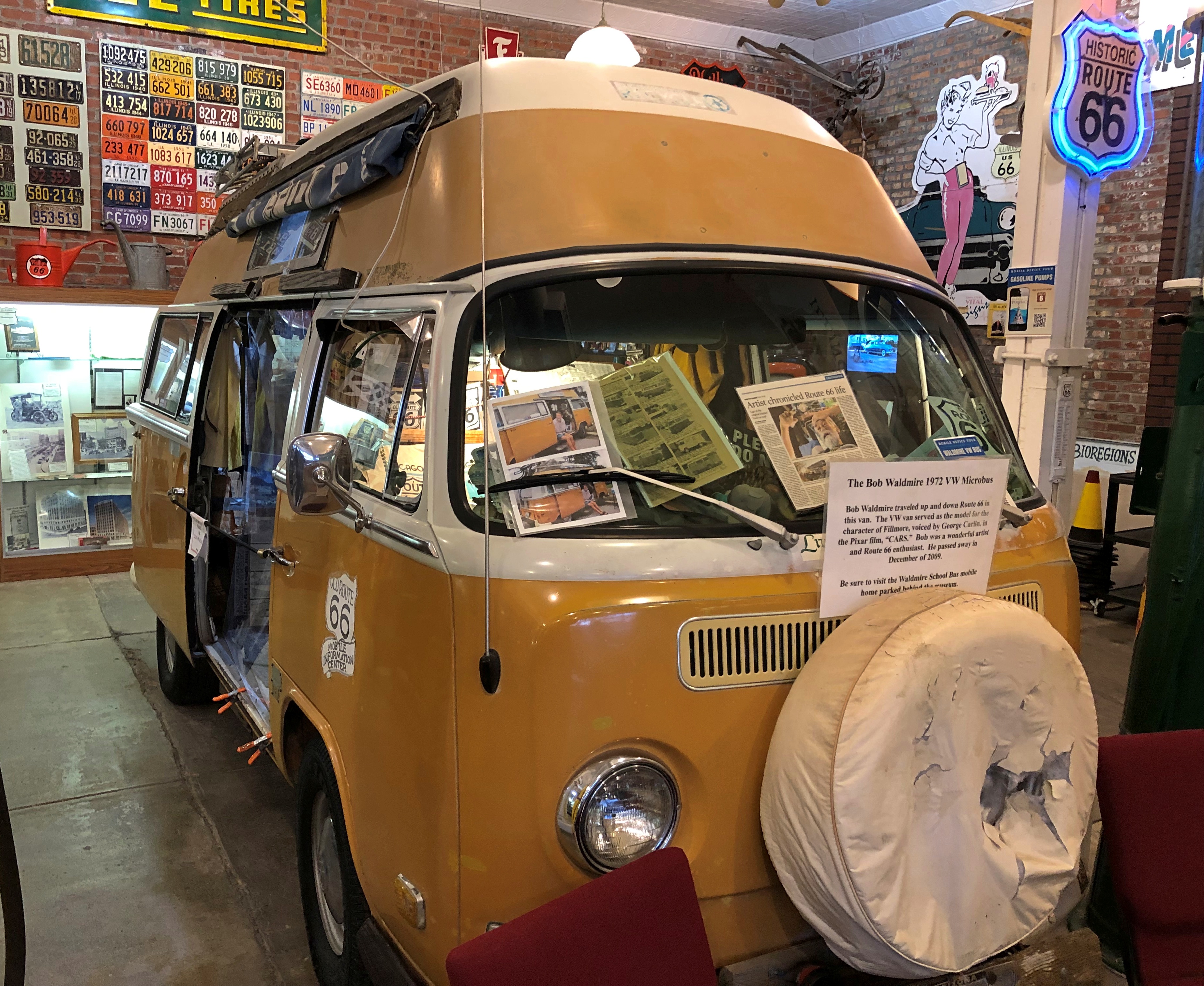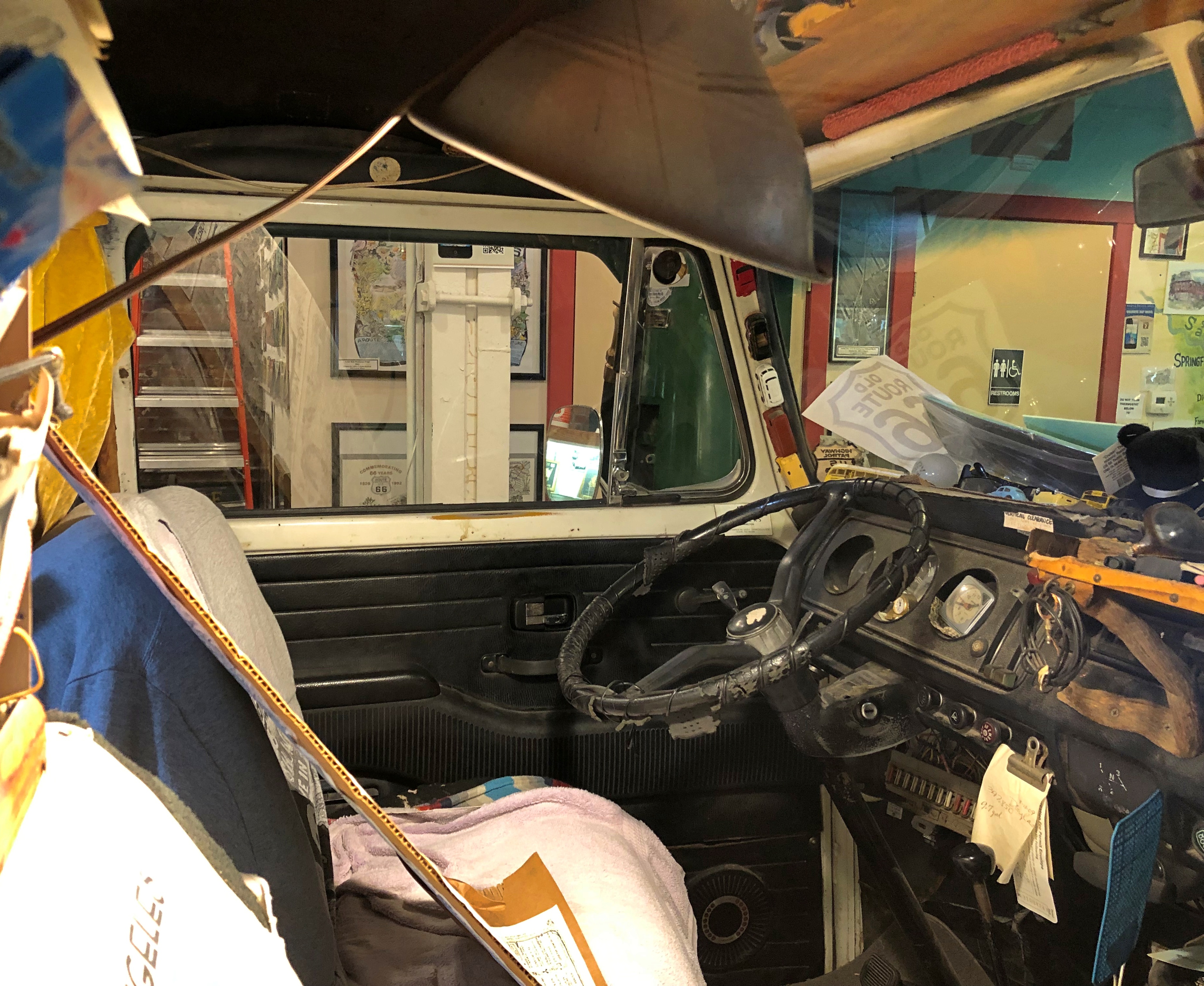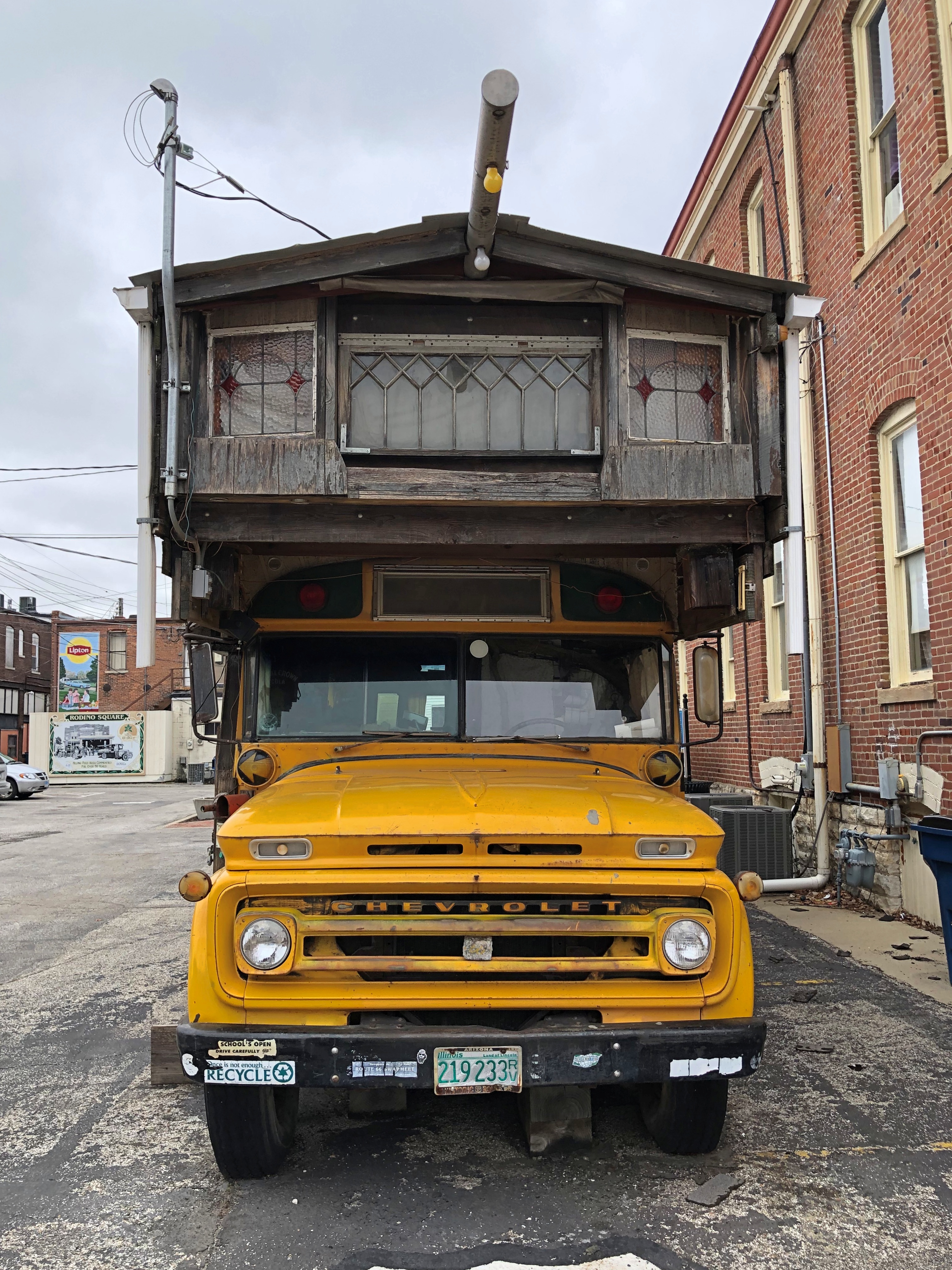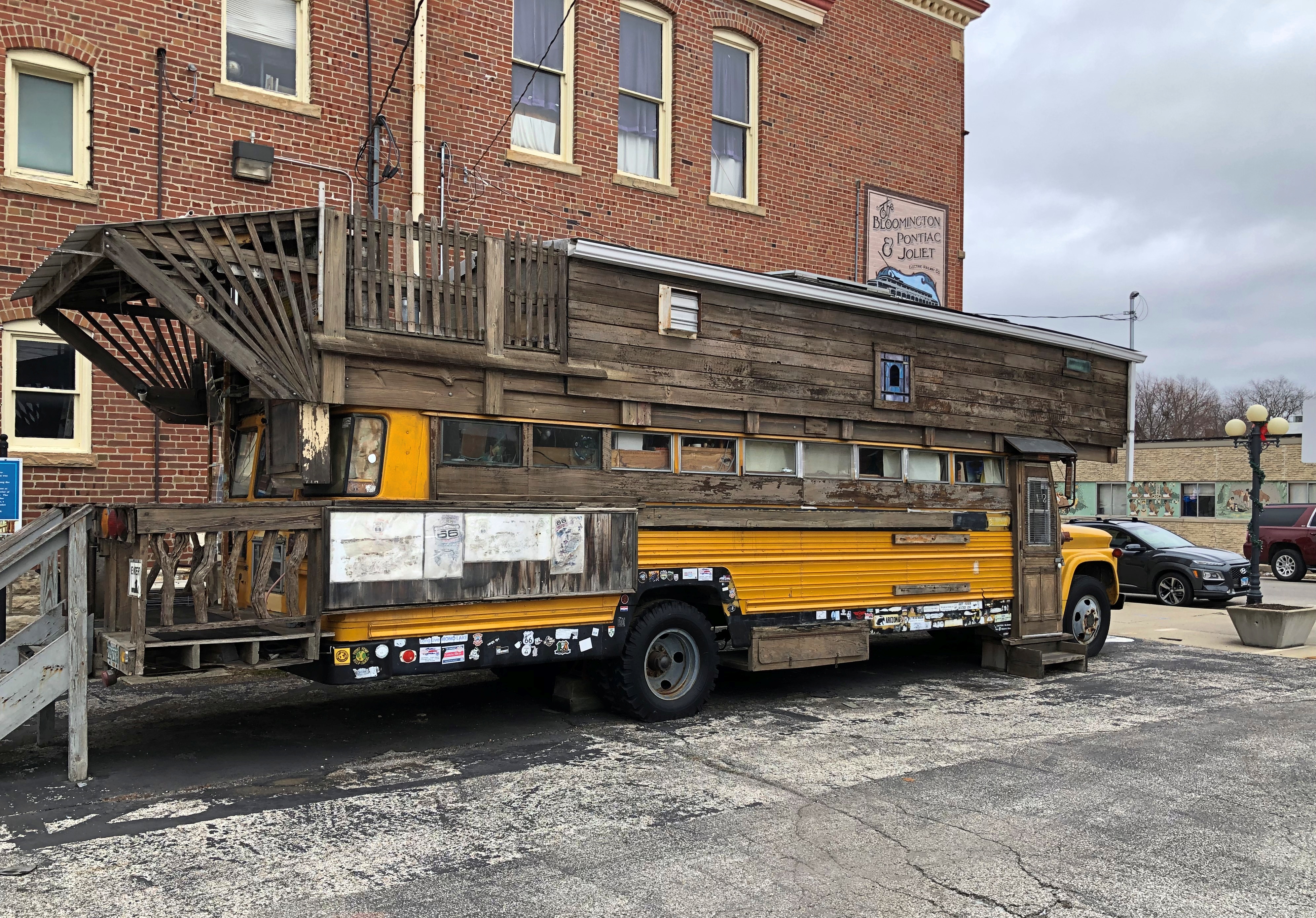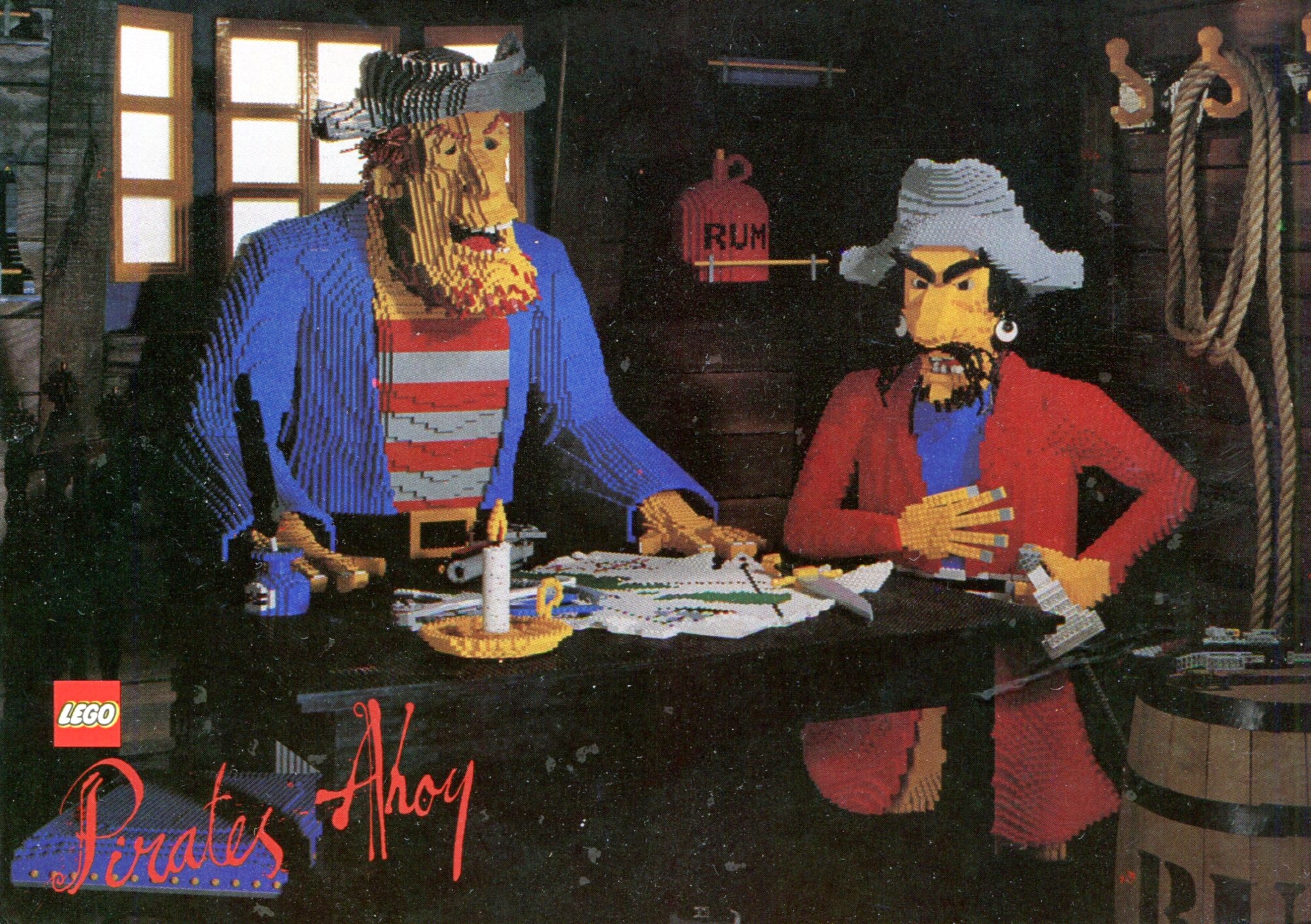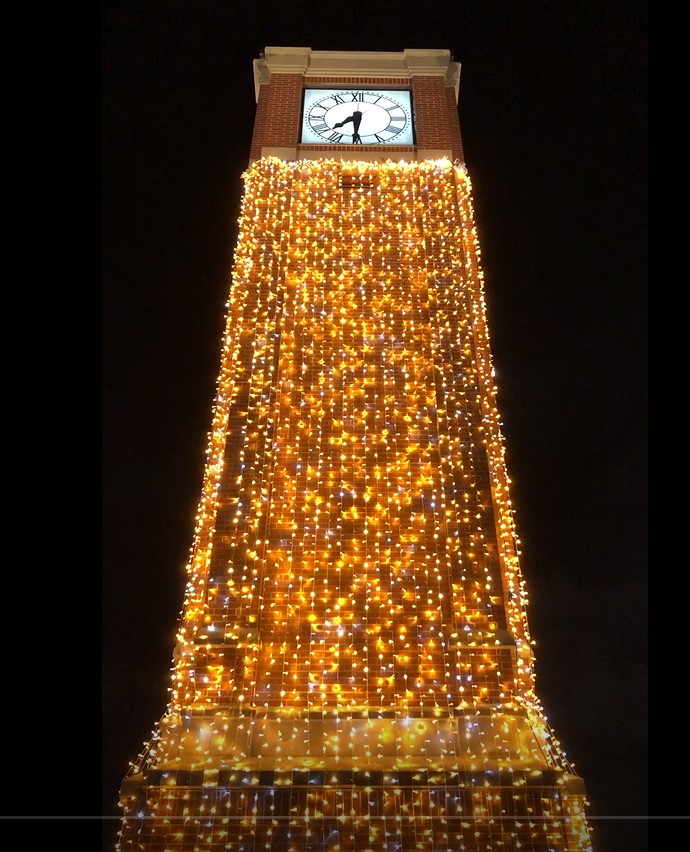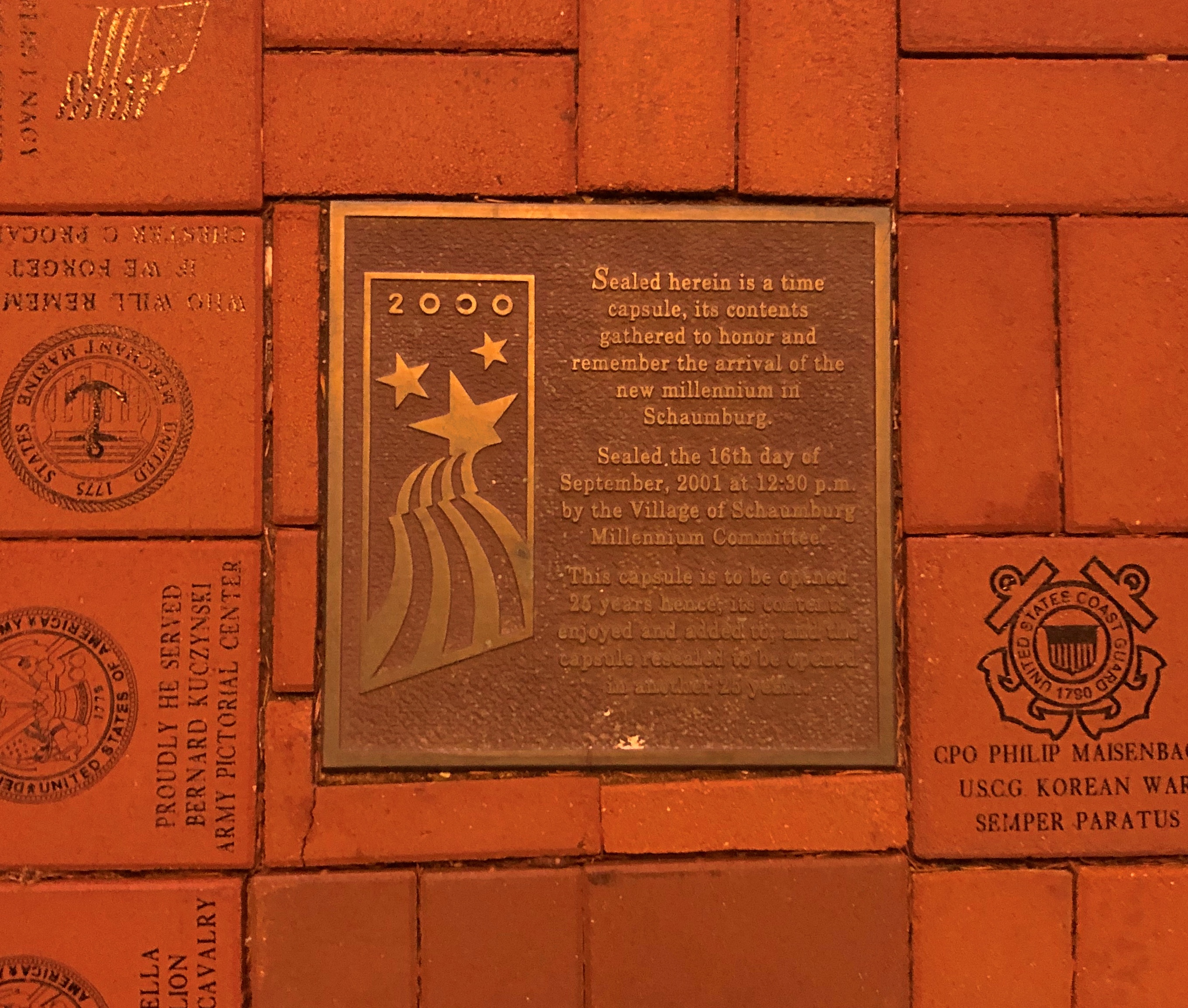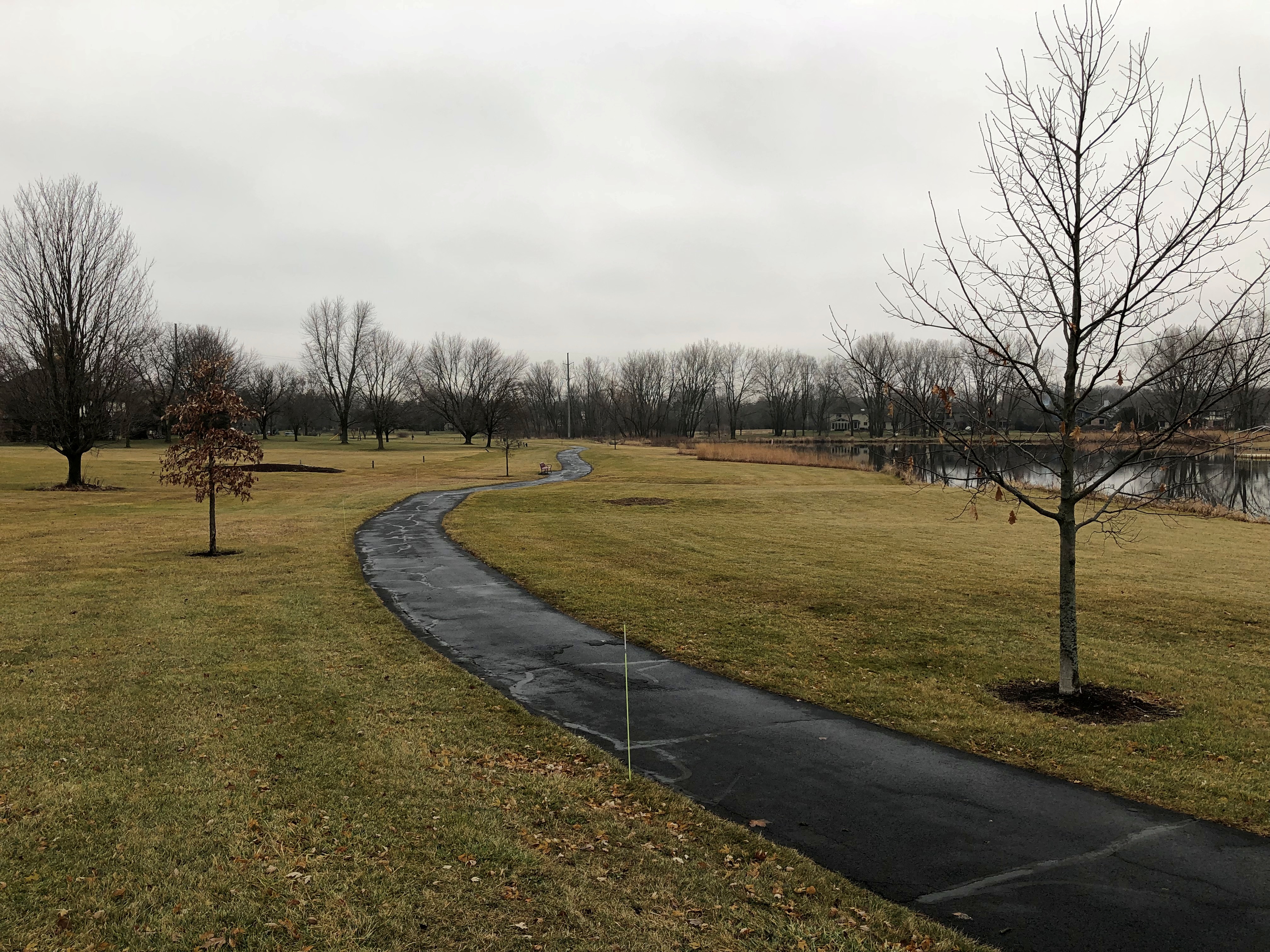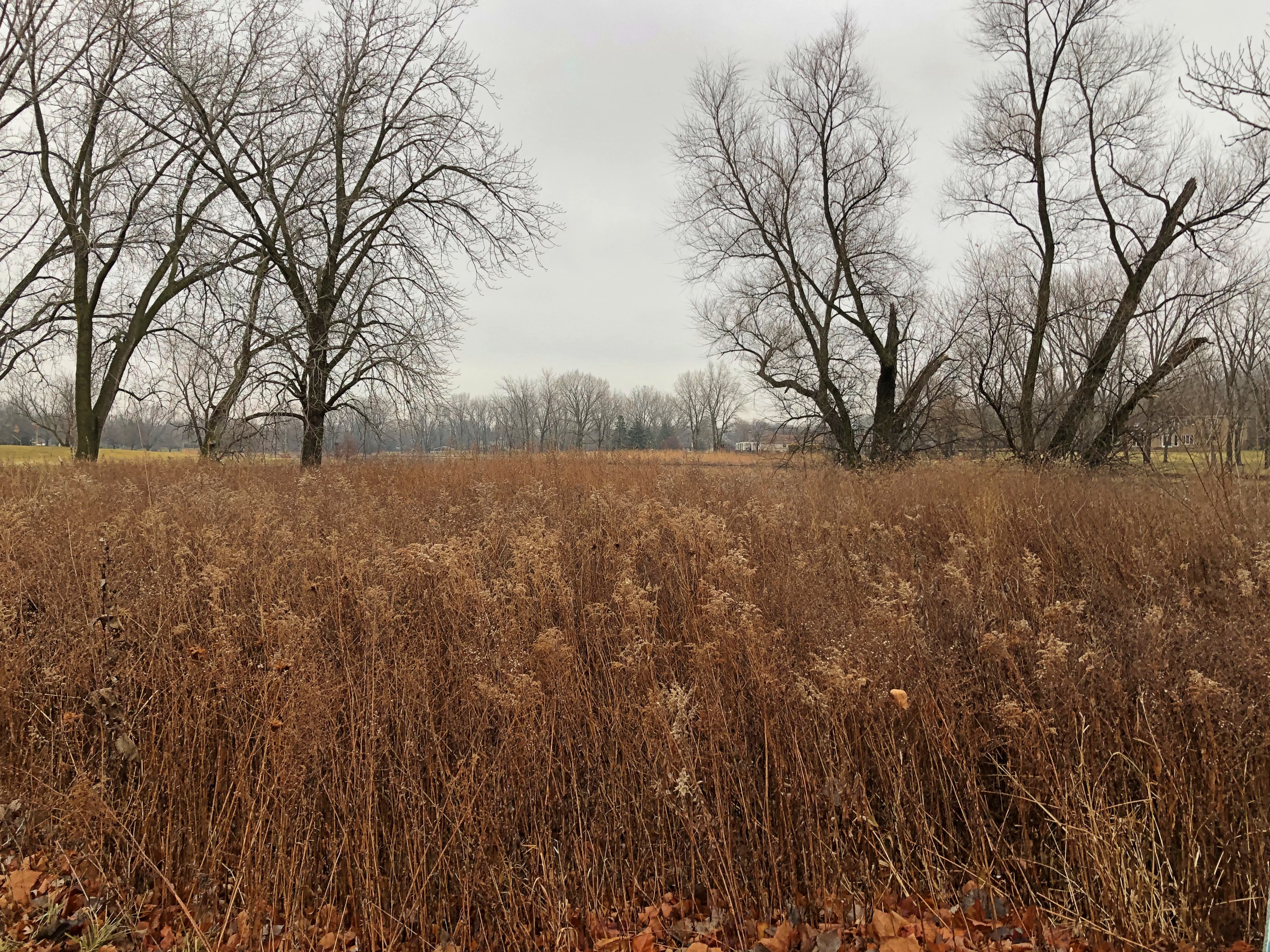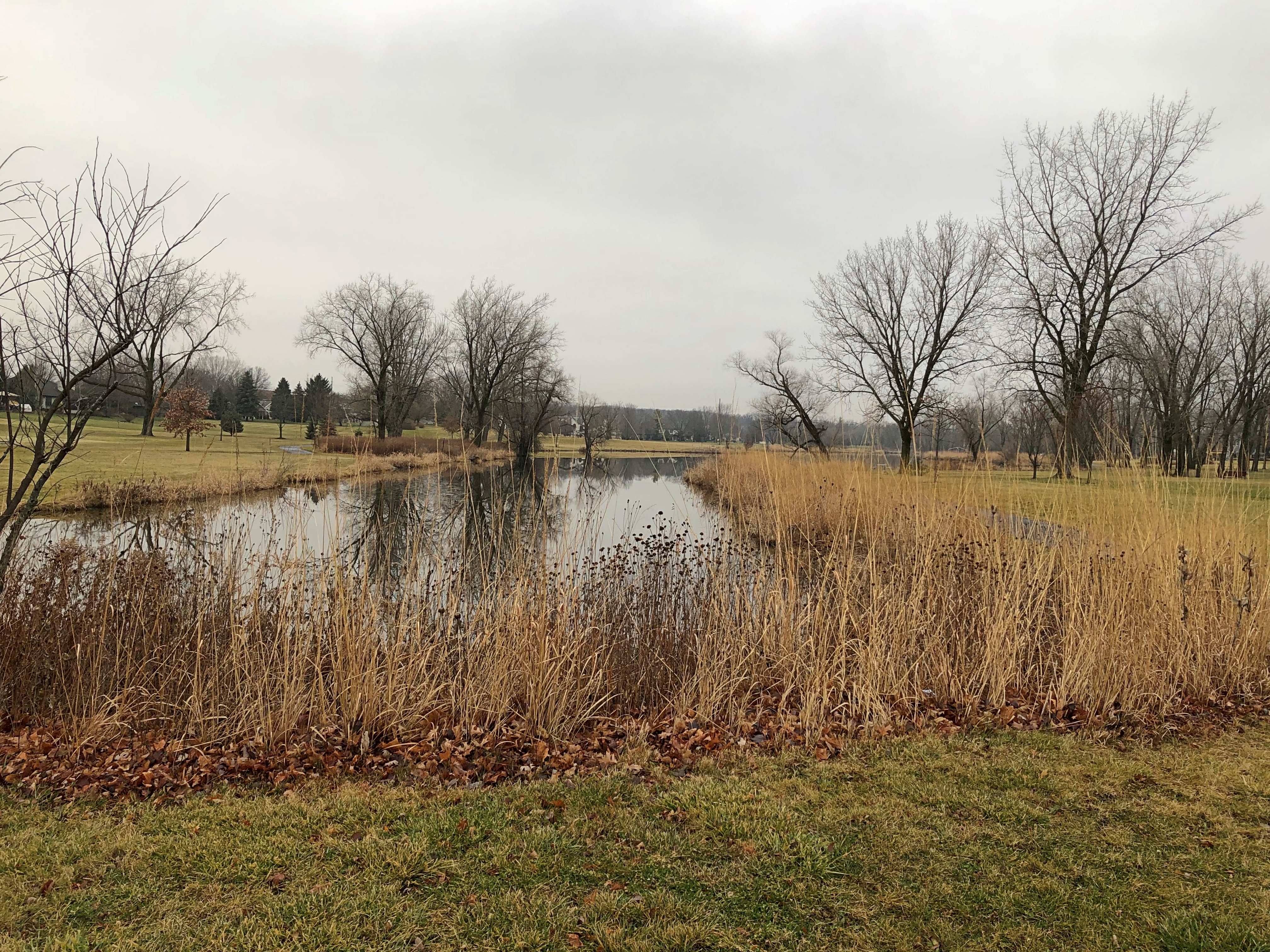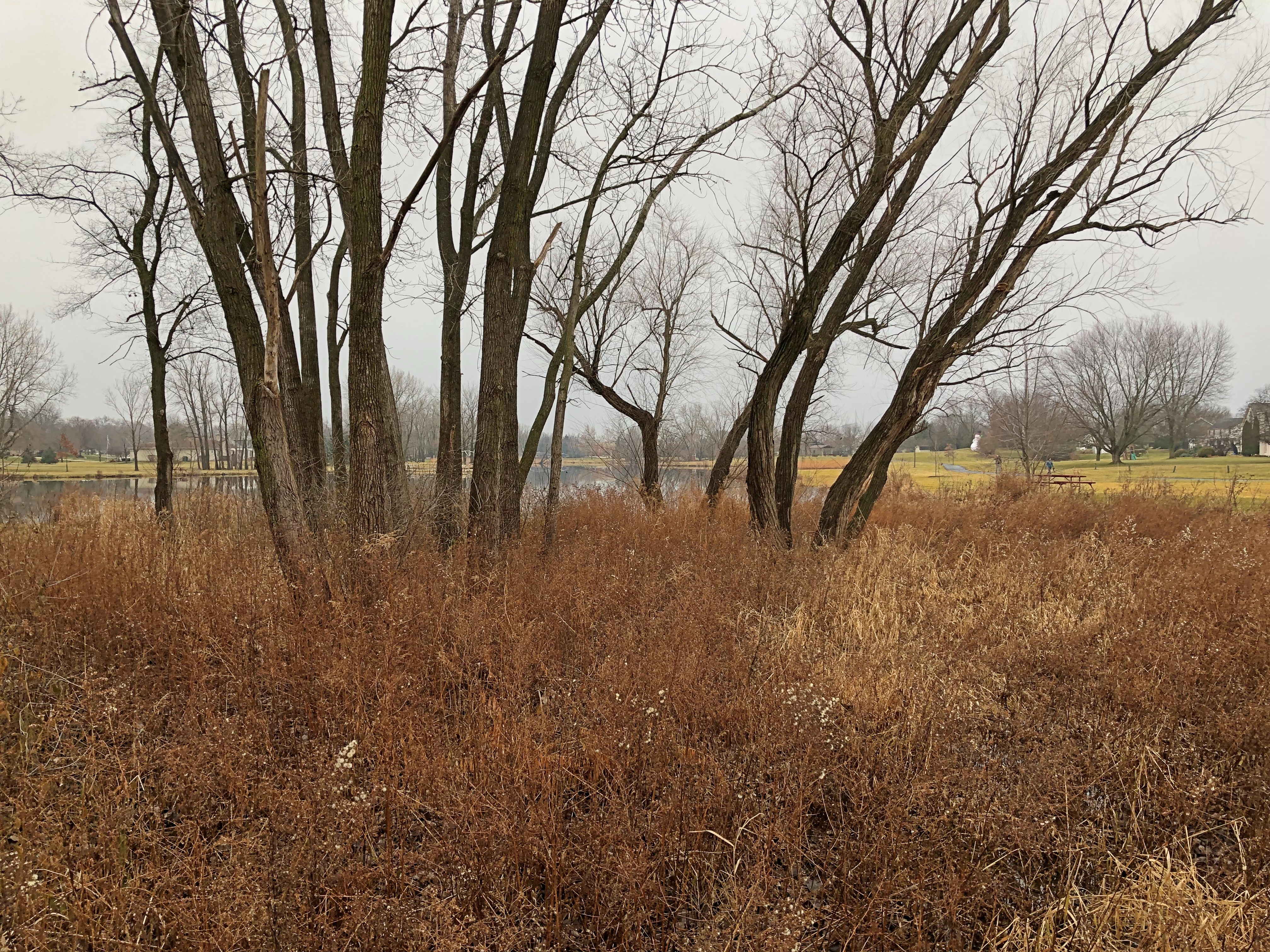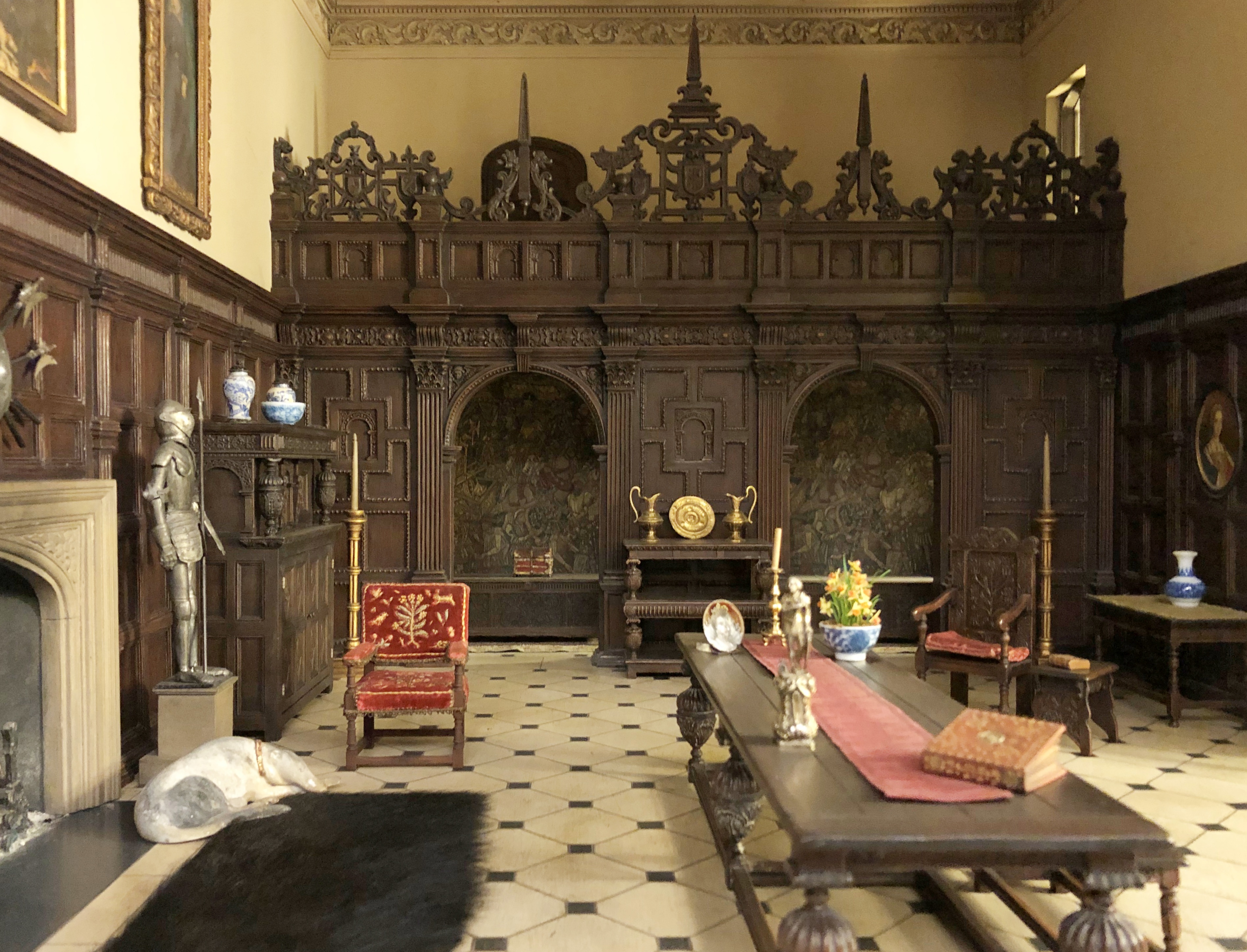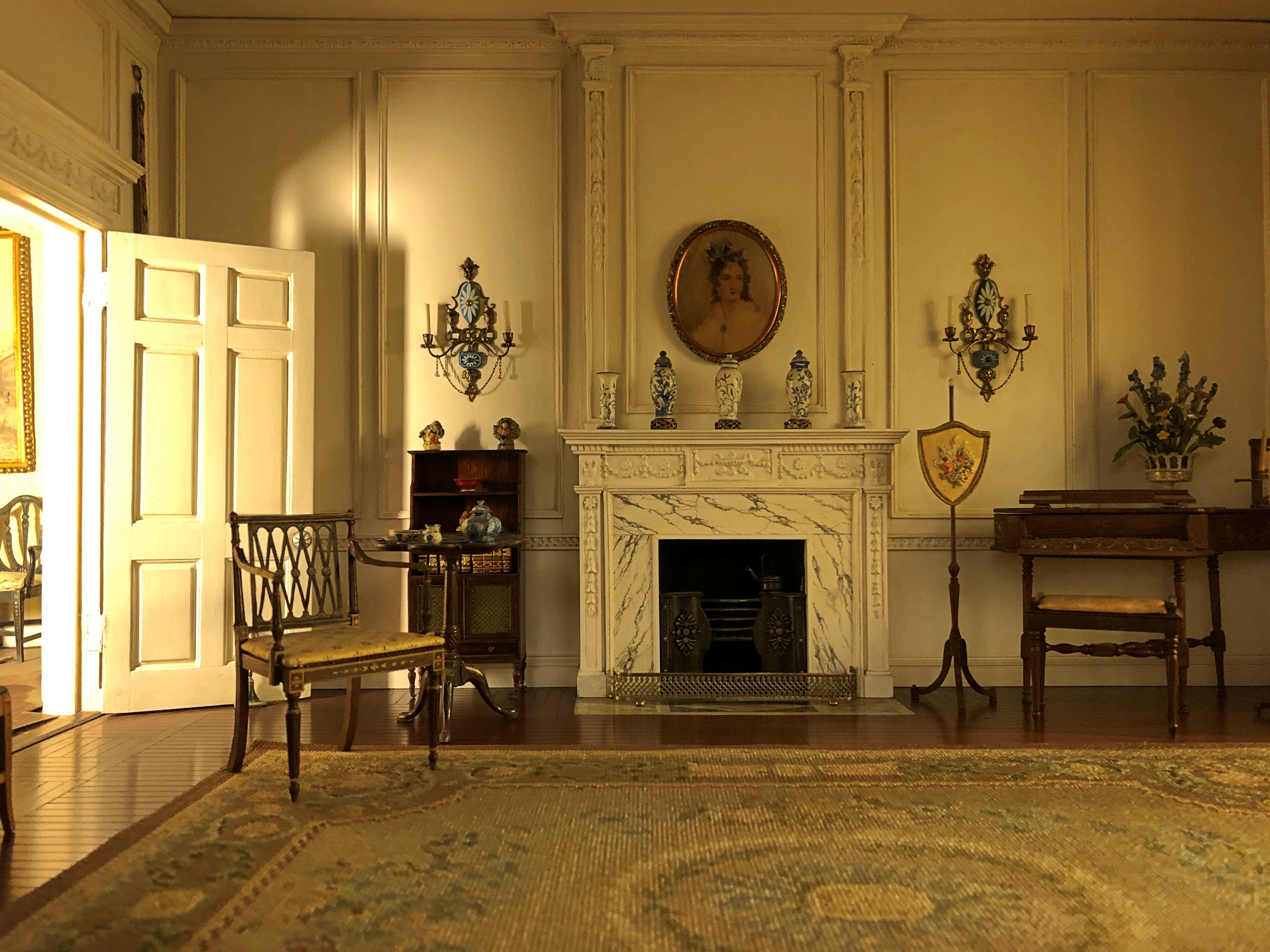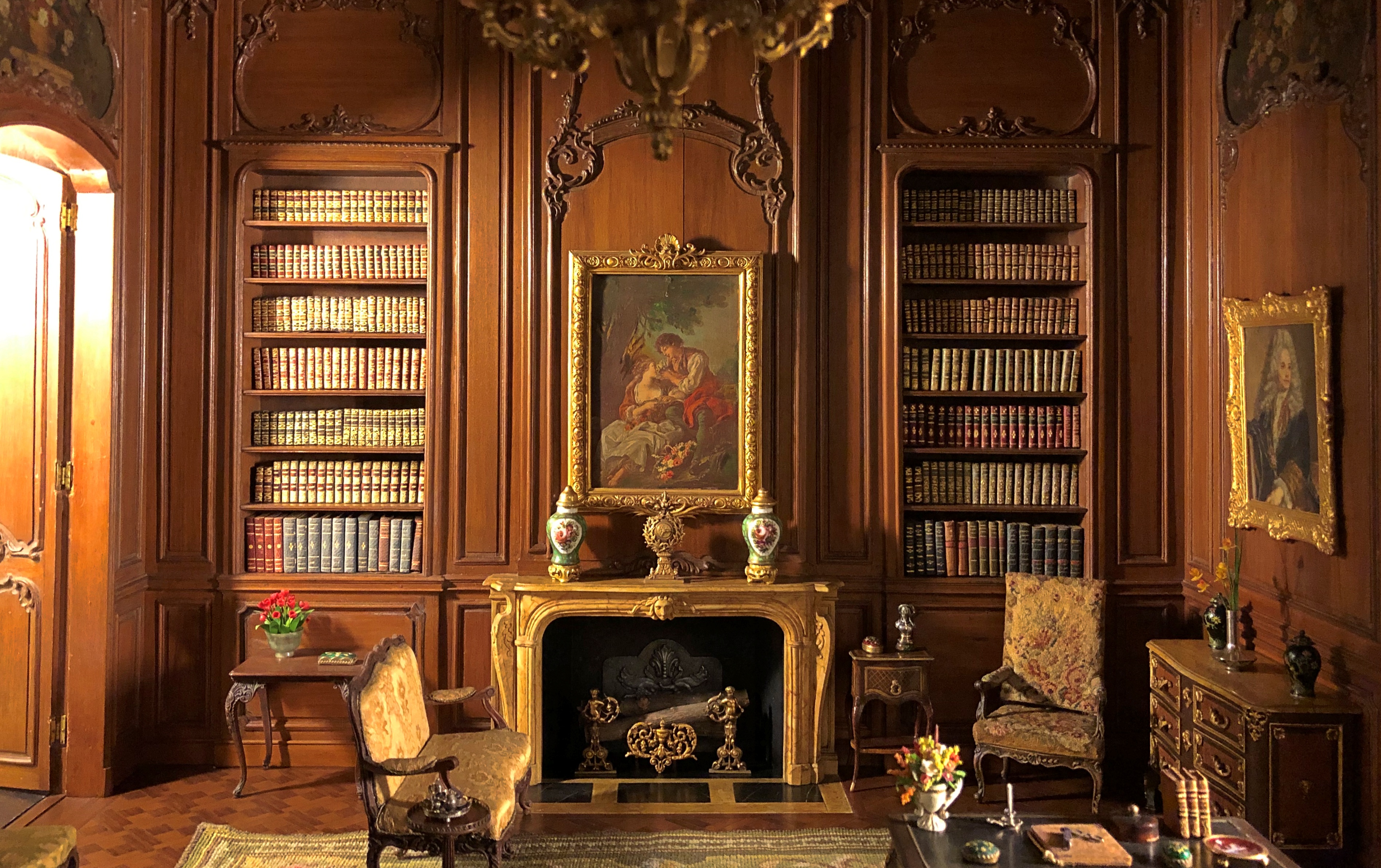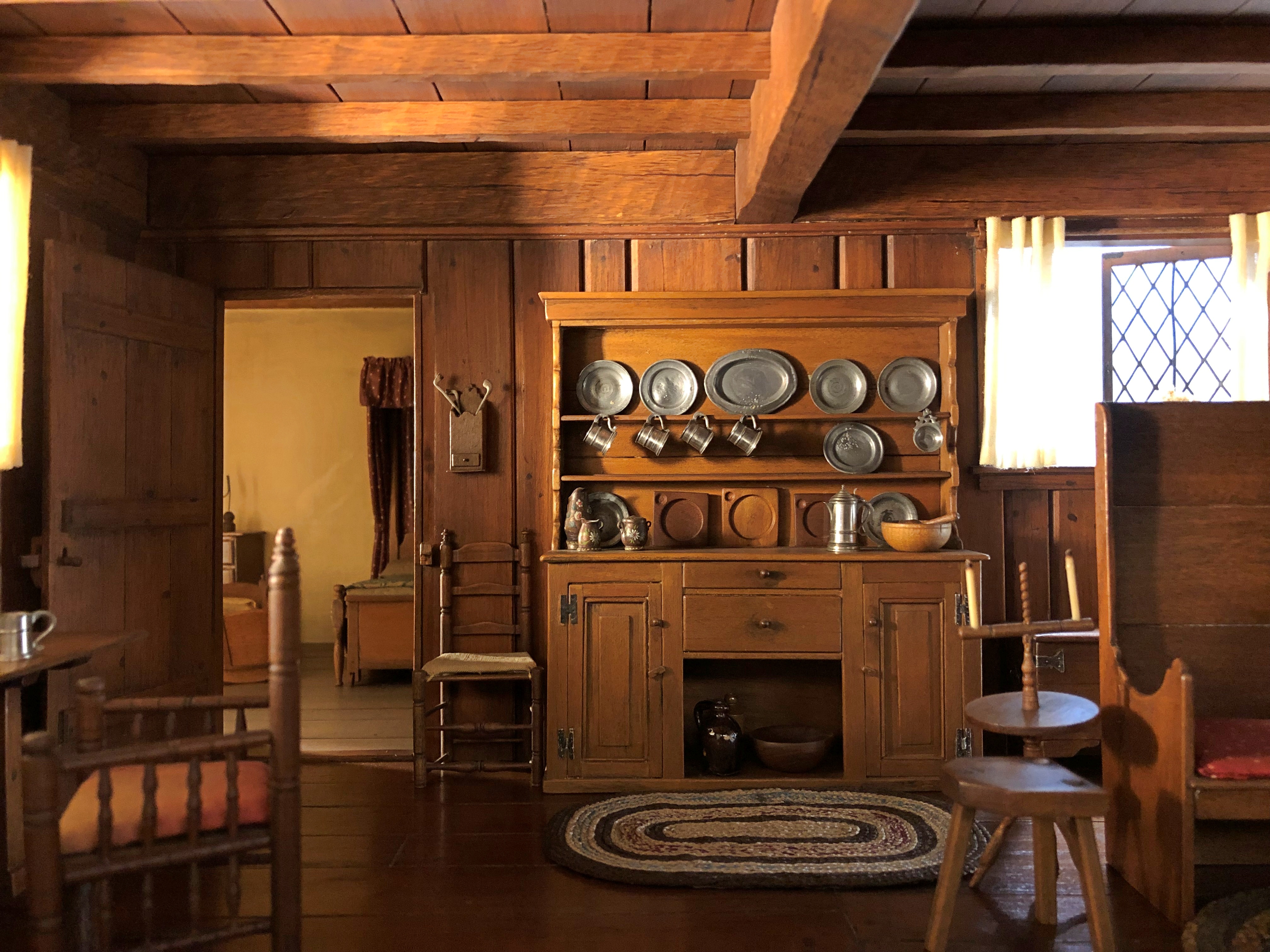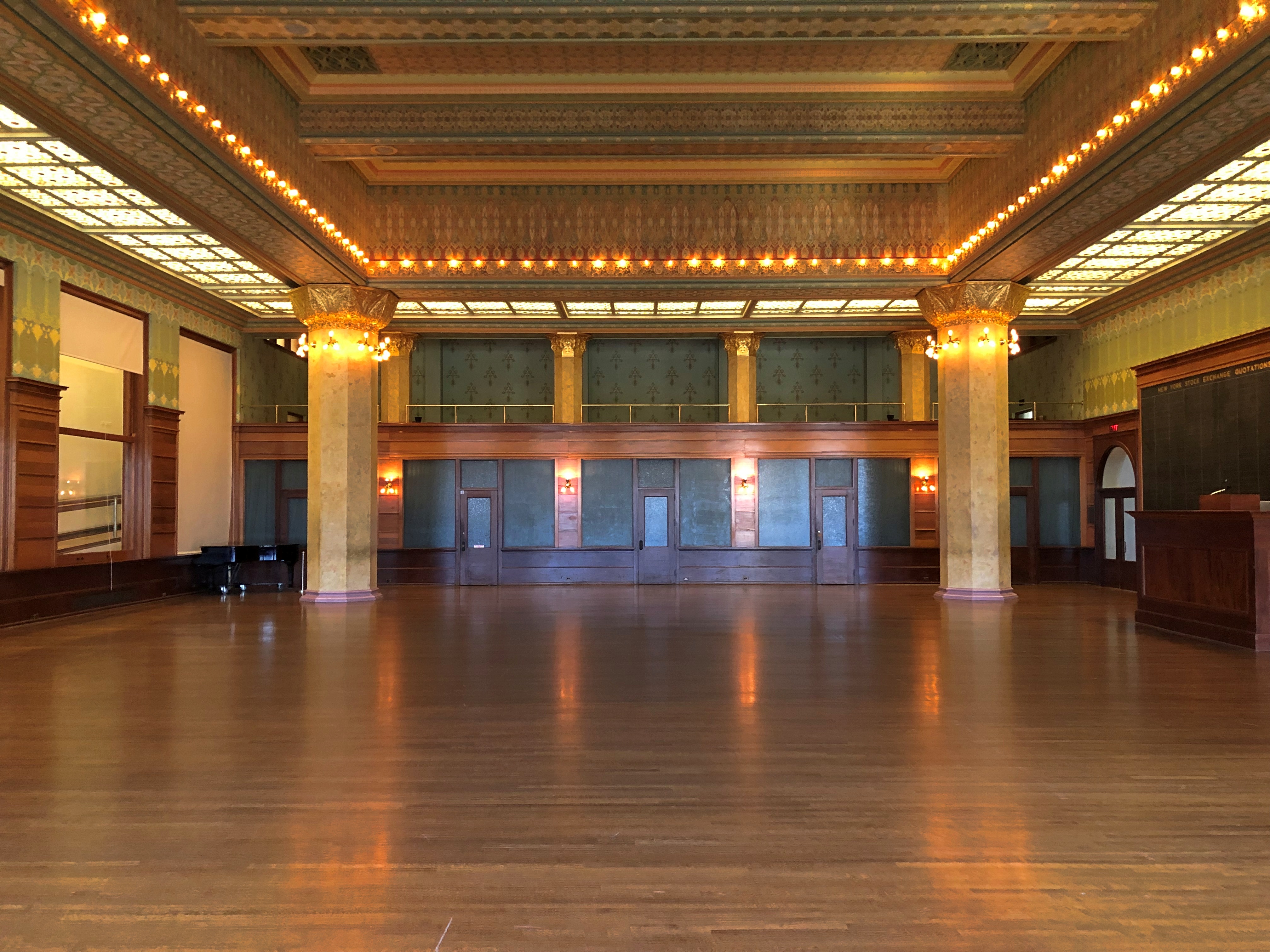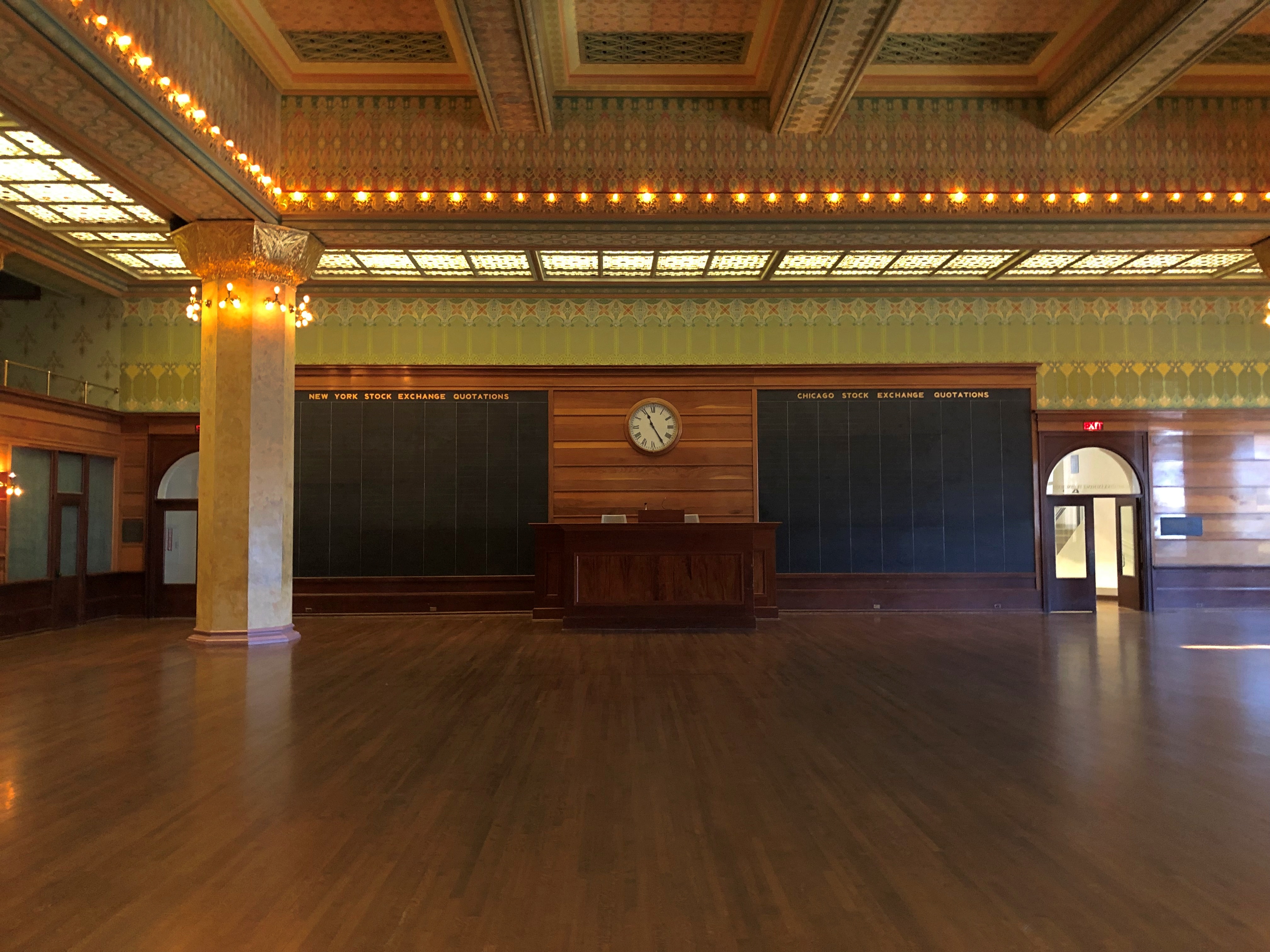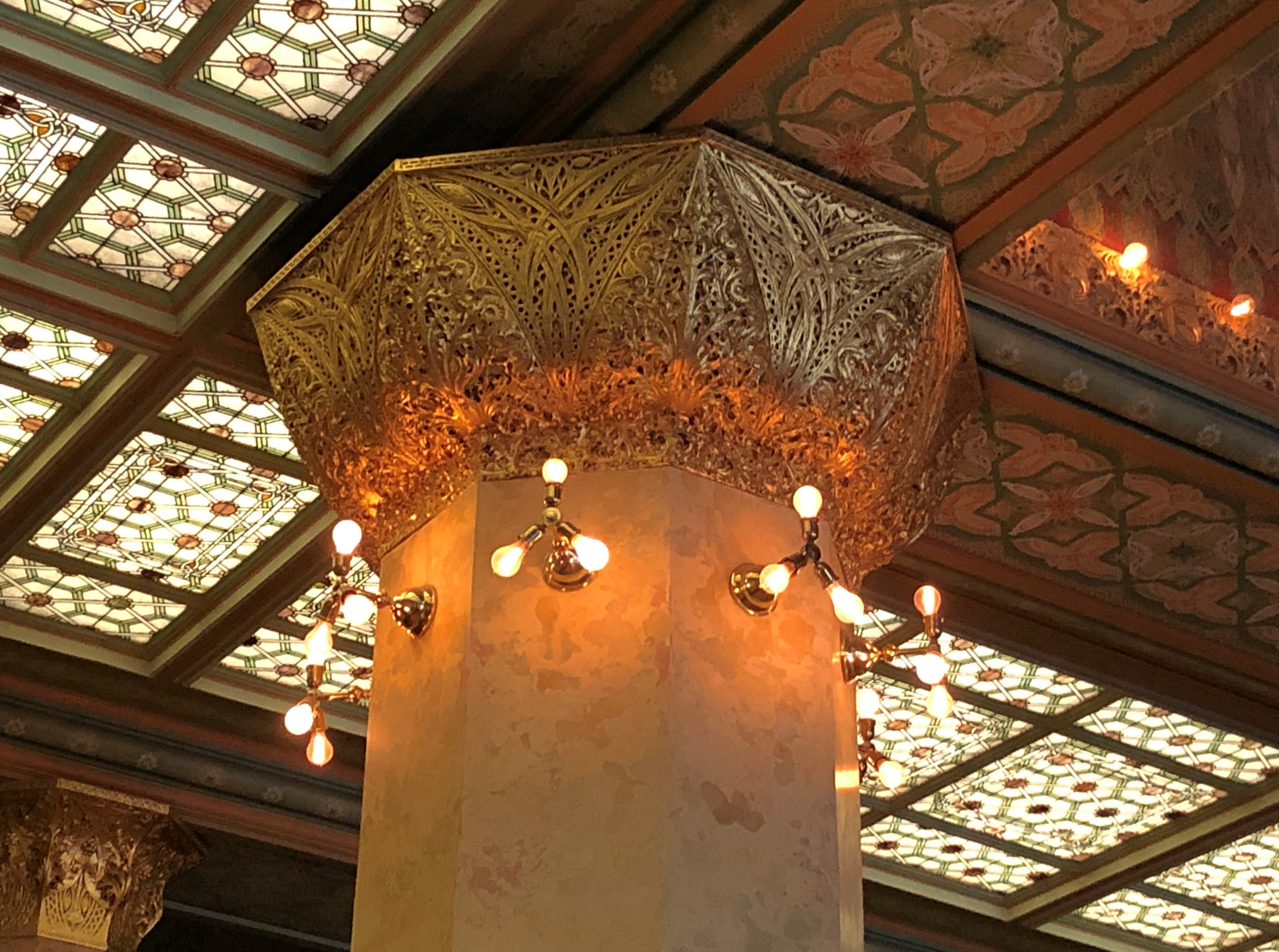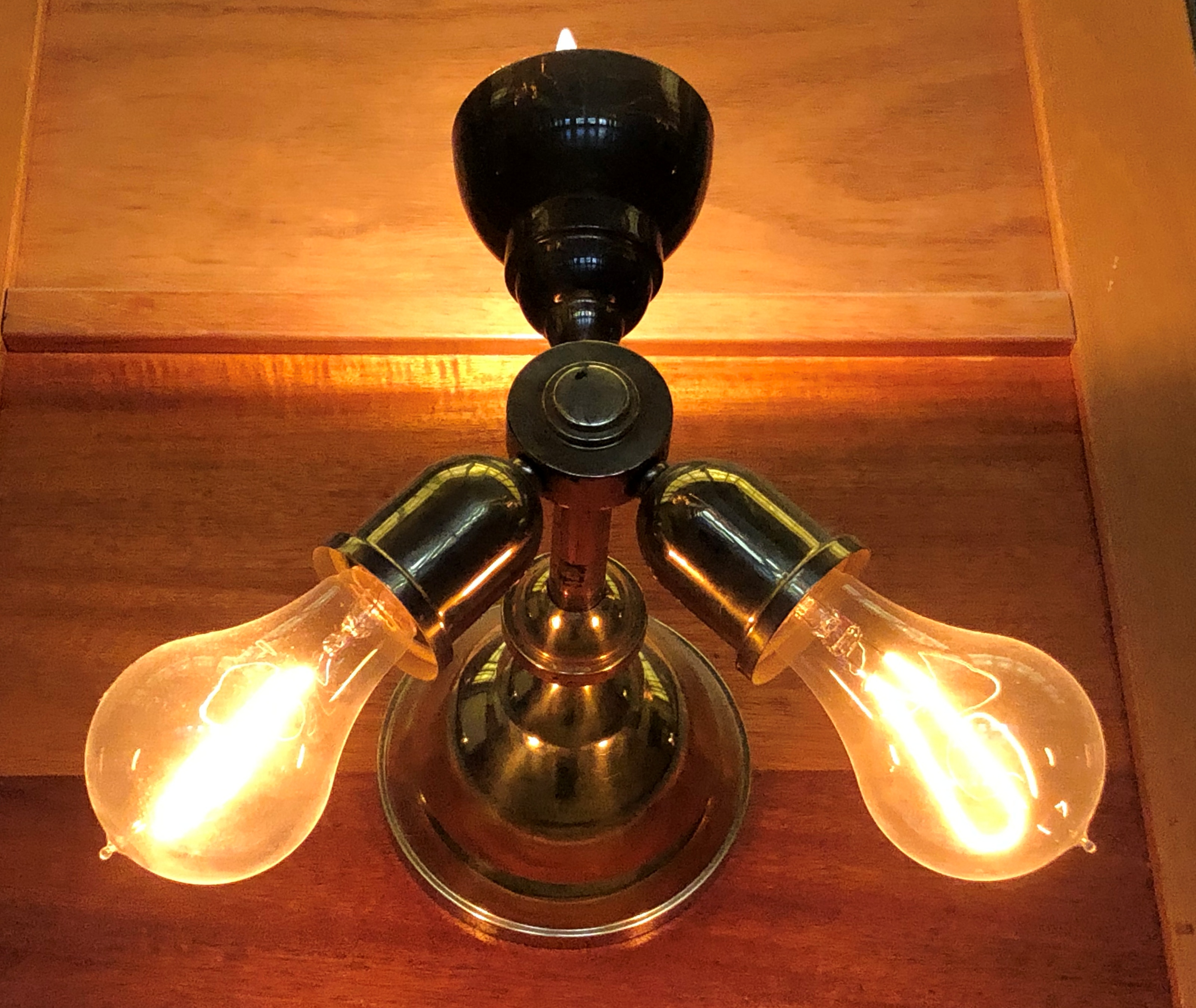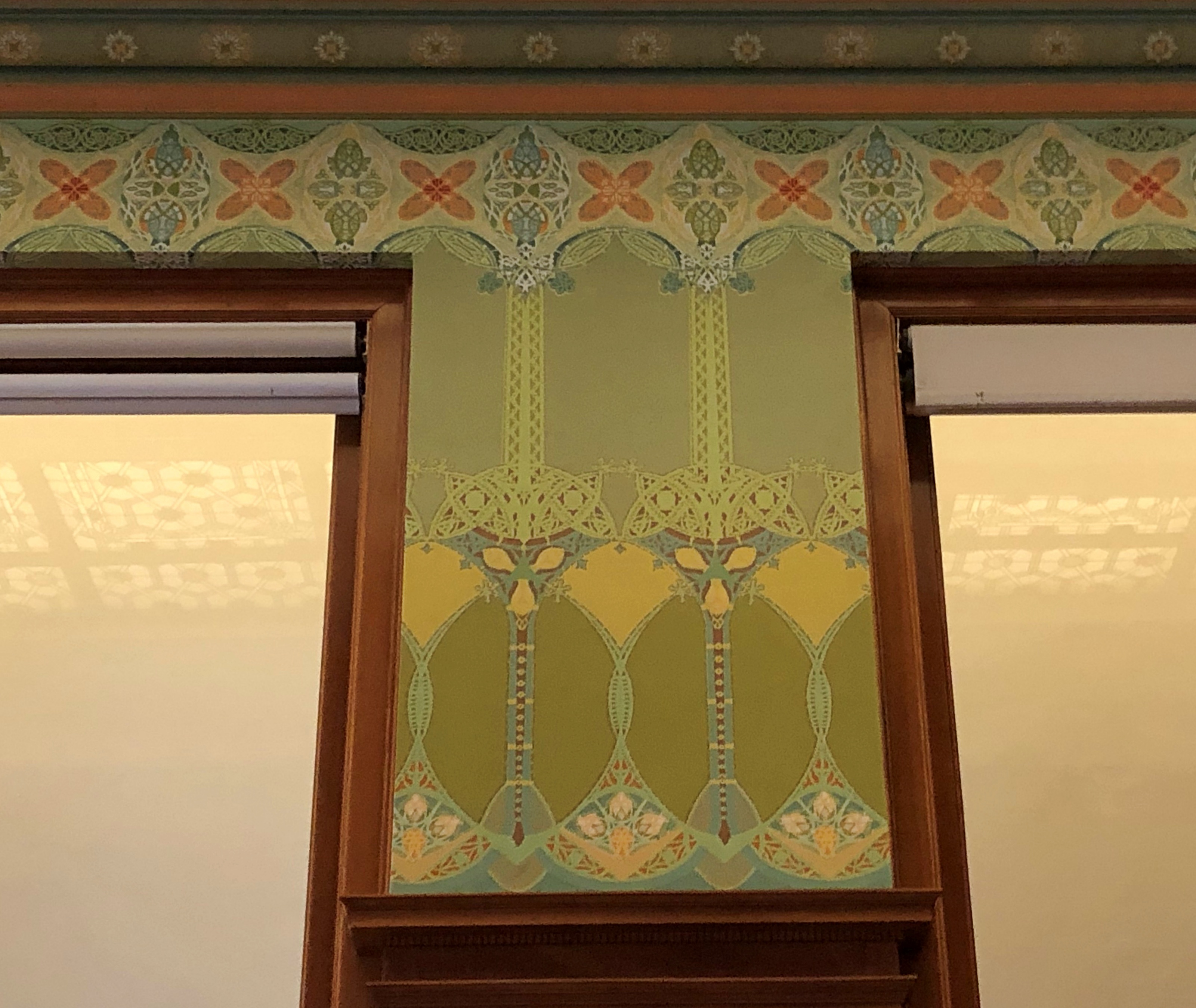Early in the morning of June 5, 1942, coincidentally as the fateful Battle of Midway was underway thousands of miles away, workers were loading anti-tank mines into railroad boxcars at the Elwood Ordnance Plant in rural Will County, Illinois. It was war work, and occasionally as dangerous as being on a front line.
An unknown event triggered a massive explosion that morning at Building 10 of the plant, killing at least 48 workers and injuring almost as many. More than 80 years later, at Midewin National Tallgrass Prairie, you can see a statue honoring those men.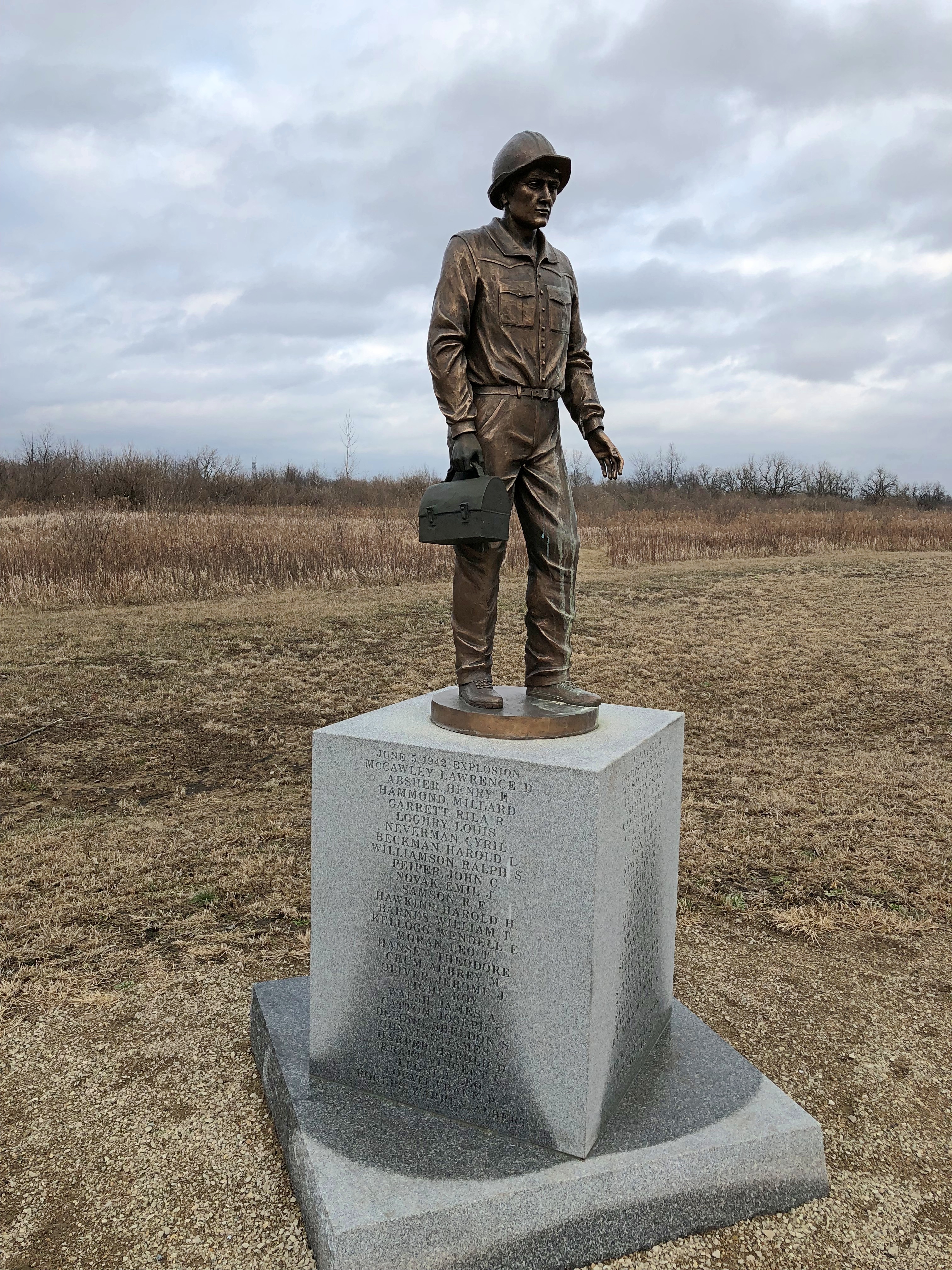

Carved on the plinth is June 5, 1942 Explosion, along with lists of names, plus two more names under March 24, 1945 Explosion, which I assume is a later incident, though there isn’t any other information on hand to tell me. In fact, I wasn’t completely sure there was an accident in June 1942 until I looked it up later, so as memorials go, this one could use a little more exposition.
Still, its heart is in the right place. Those men died in the war every bit as much as the American flyers over the Pacific at the Battle of Midway, and deserve a memorial too. Apparently it took a while for them to get one; not too long ago, the Chicago Tribune published a story about it, though even now I’m not sure if the statue we saw used to be at the Abraham Lincoln National Cemetery, or is a second one.
Elwood Ordnance Plant was part of a larger facility eventually known as the Joliet Arsenal, which once totaled 23,542 acres with nearly 1,400 structures. At its WWII peak, about 22,000 people worked there.
Now most of that acreage is the tallgrass prairie, devoid of many people but not without reminders of its past.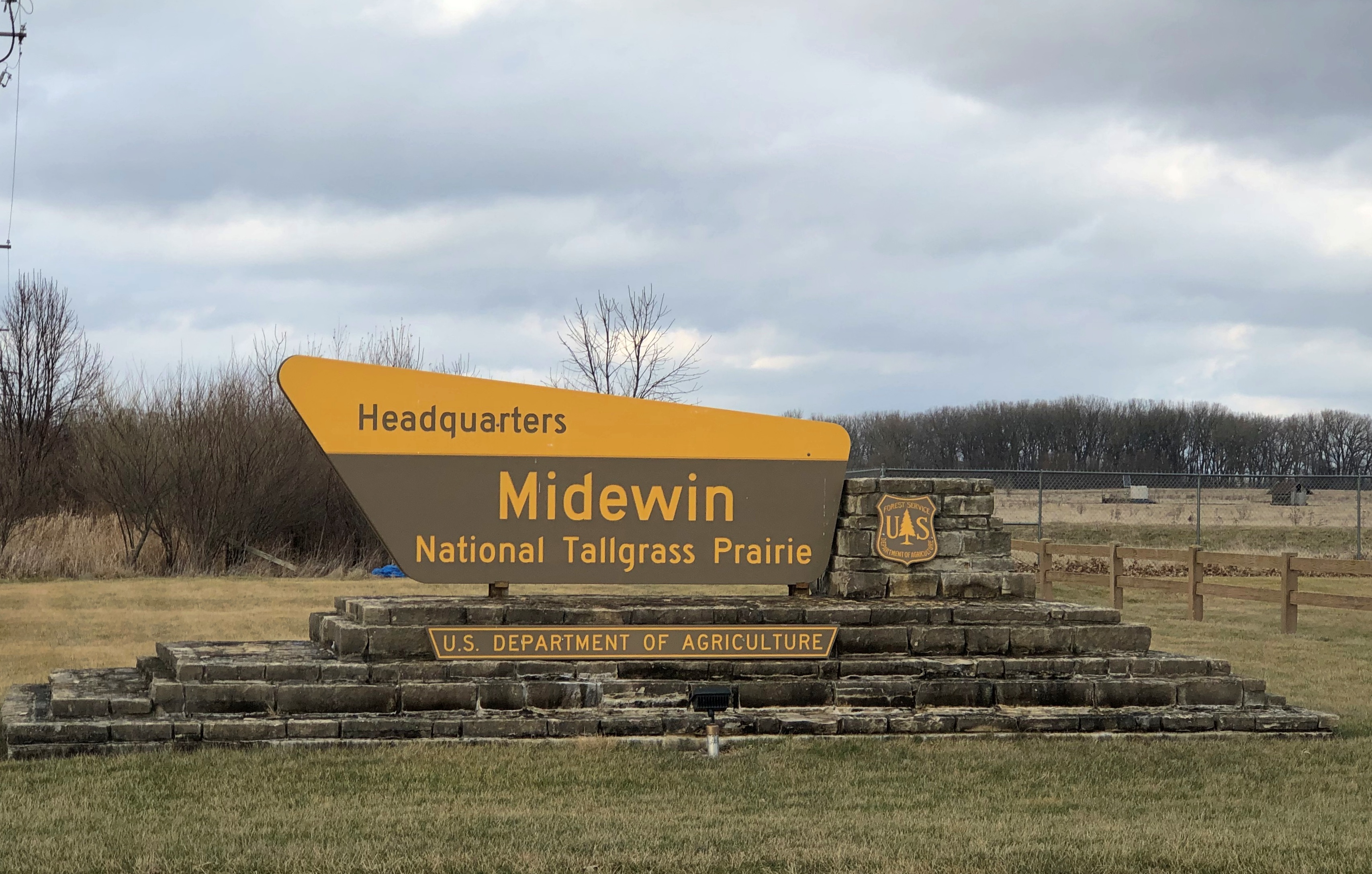
We arrived mid-afternoon on December 29. As large as it is, we only had time for a small section, starting at the Midewin Iron Bridge Trailhead. A short trail from there leads to a bridge across Illinois 53, but also to a set of tracks that go deeper into the tallgrass prairie.
Clearly they used to be roads.
Now these roads are called the Group 63 Trail, which is a 3.5-loop around the Group 63 bunker field. The road cutting through the middle, however, is the Group 63 Spur. The location of the worker memorial is at the added red dot (I also added the trail names, since Google maps isn’t quite that complete).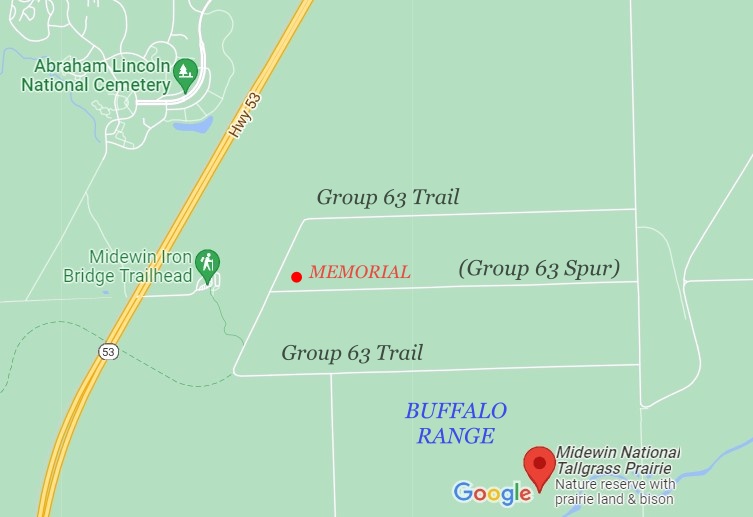
Along the spur, which we walked, are abandoned concrete bunkers, relics of long-ago munitions manufacturing. There were more along the southern branch of the Group 63 Trail, which we also walked.
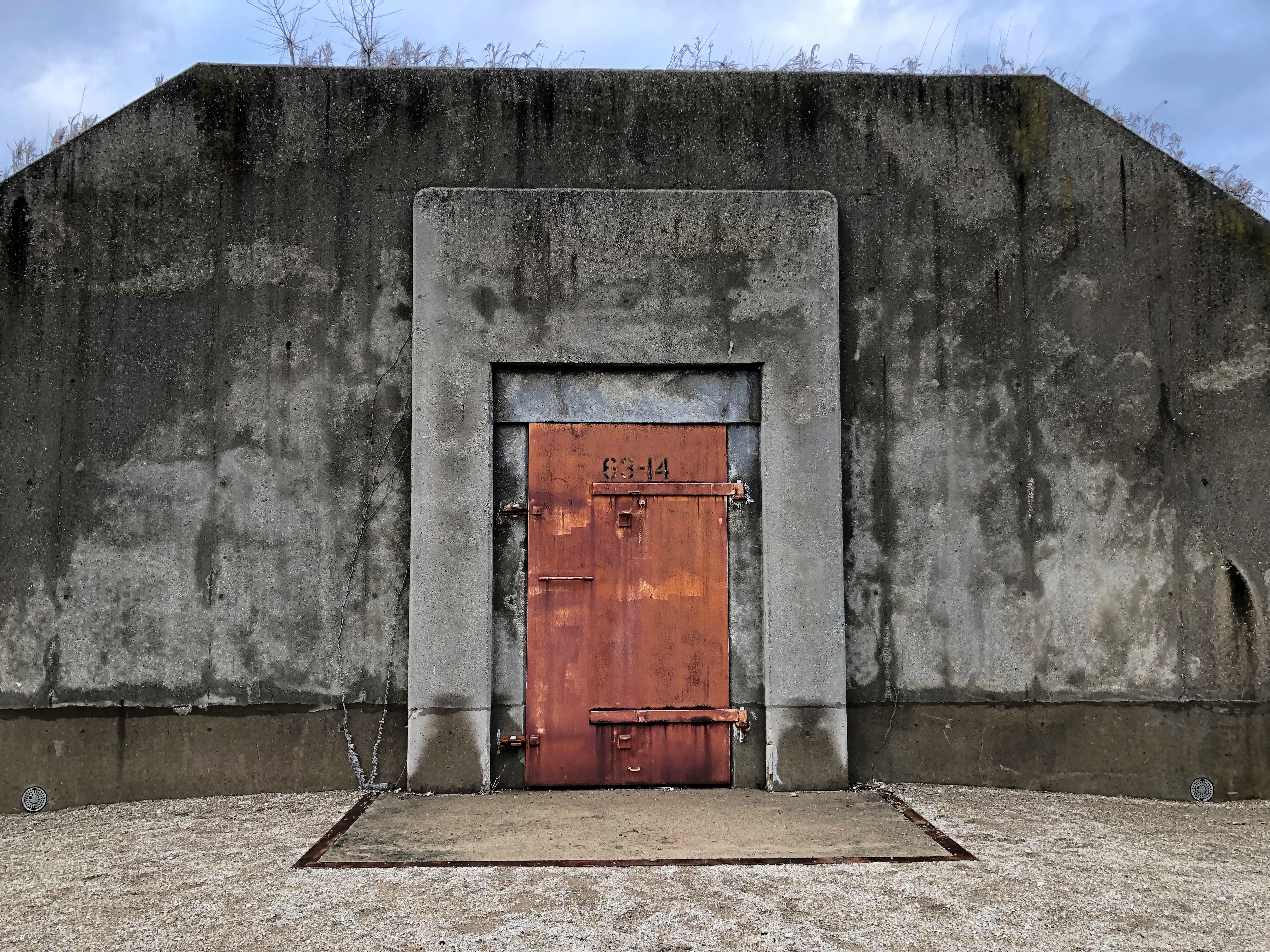
That particular bunker is open, supposedly the only one on the trail. All that’s inside are a few benches. The acoustics are interesting, though. It would be a good place for a very small concert.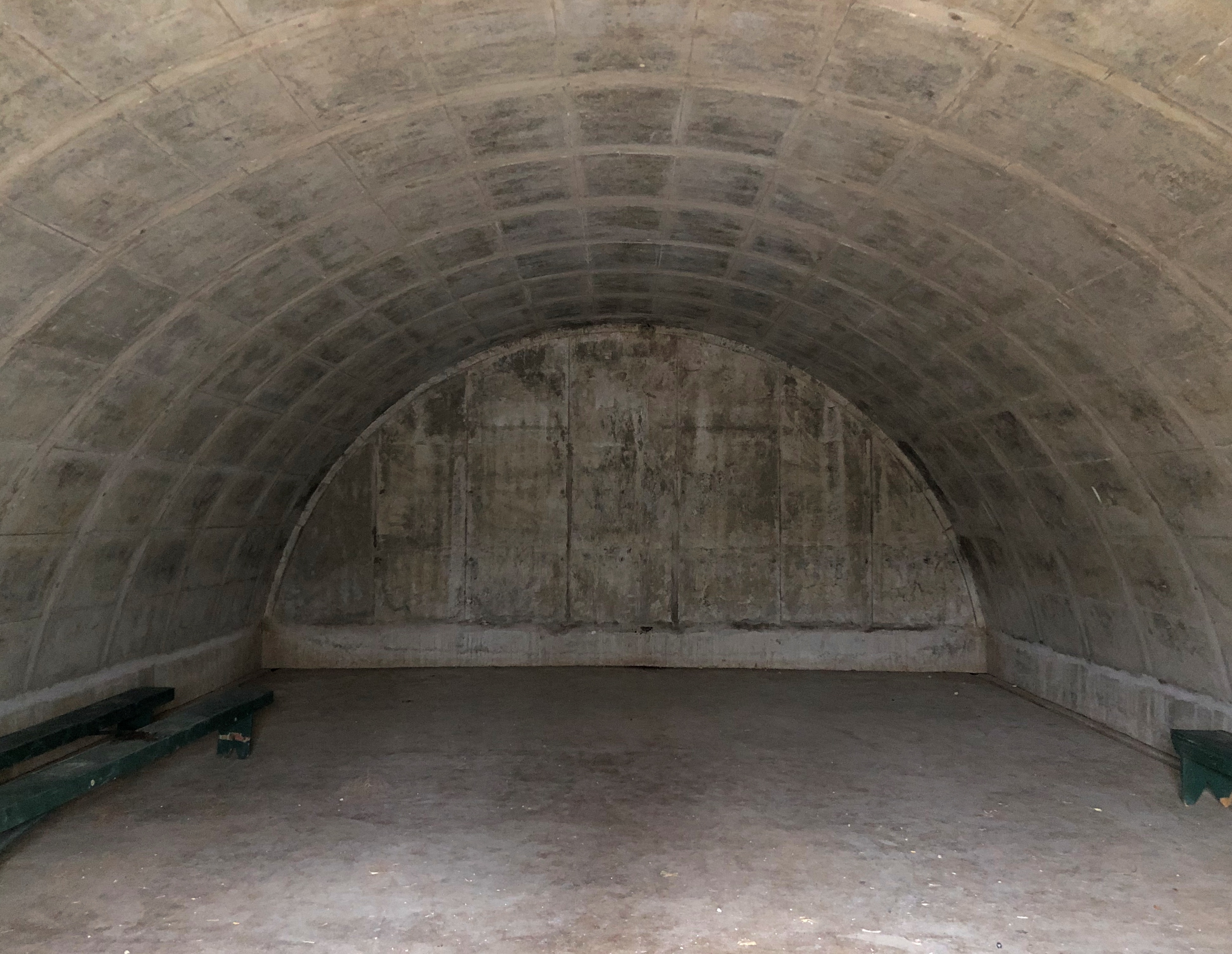
Other bunkers — most of them, and there were many — are overgrown. In the summer, they must be almost completely obscured.
Near the Group 63 Trail, a large part of the tallgrass prairie is a range reserved for buffalo, fenced off and with signs telling casual visitors to stay out. But there also are a few small viewing platforms on your side of the fence to watch for buffalo. I’m sure they’re out there, but we didn’t see any that day.
We barely even saw any other people, despite the relative good weather. So we enjoyed an experience of remoteness, without actually being remote — you can faintly hear traffic along the highway, after all. This isn’t the first time I’ve found that off the beaten path isn’t really very far off.
